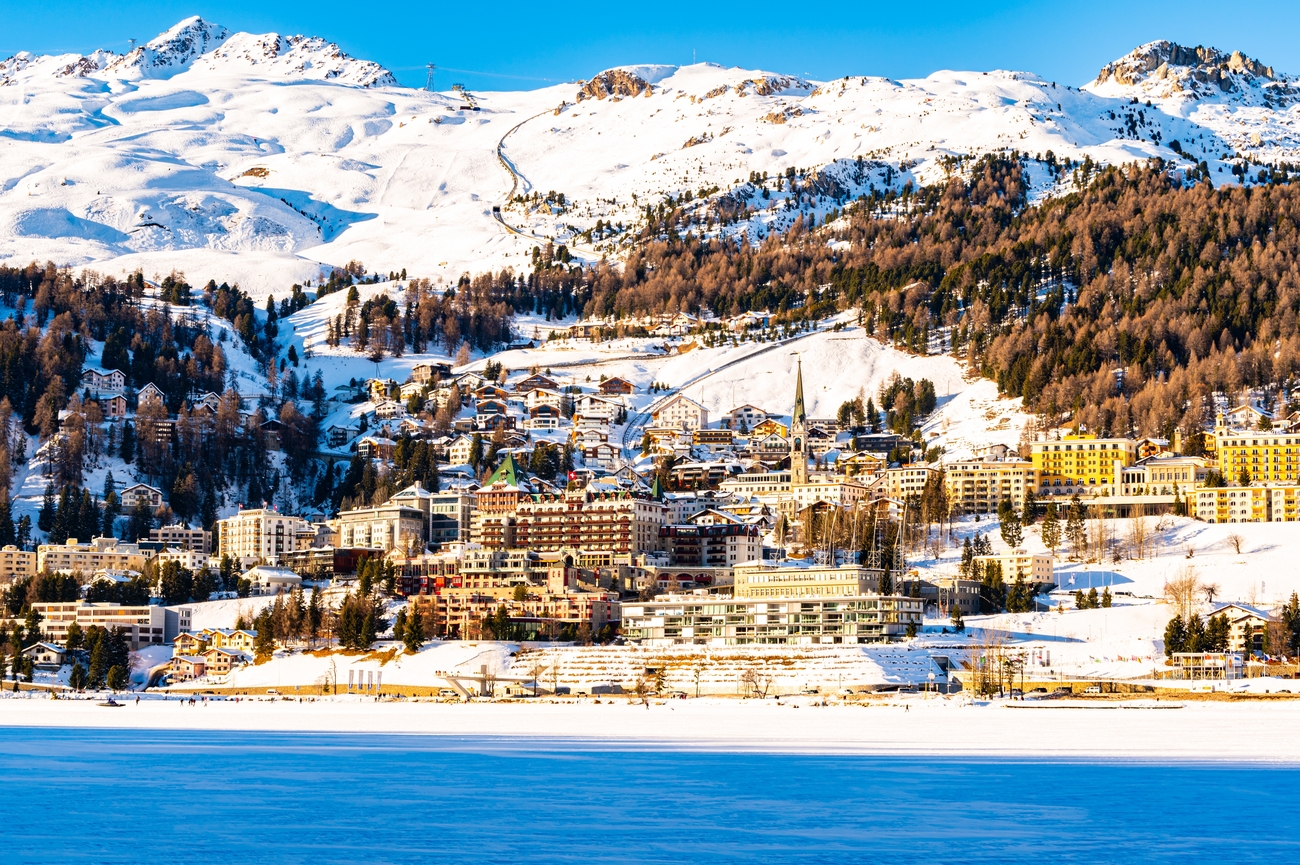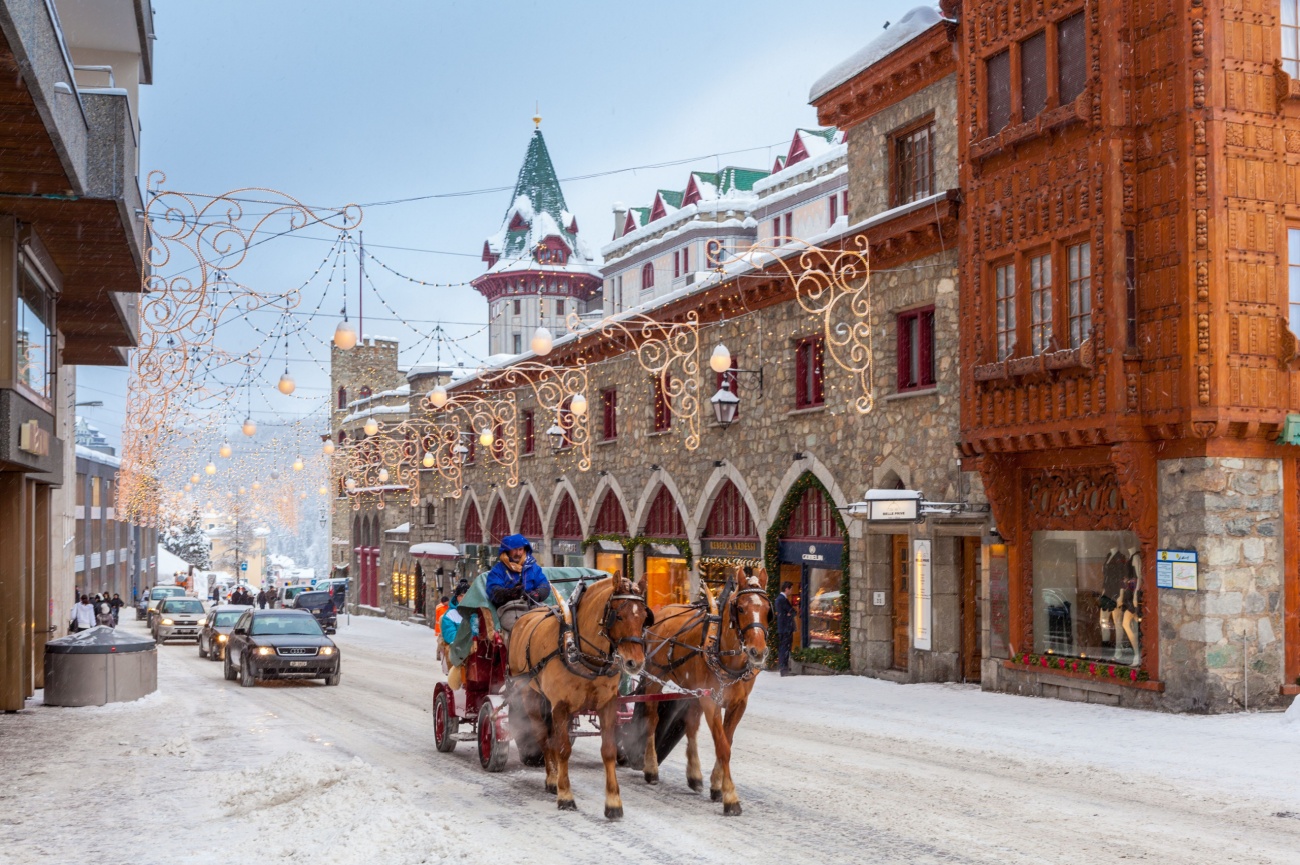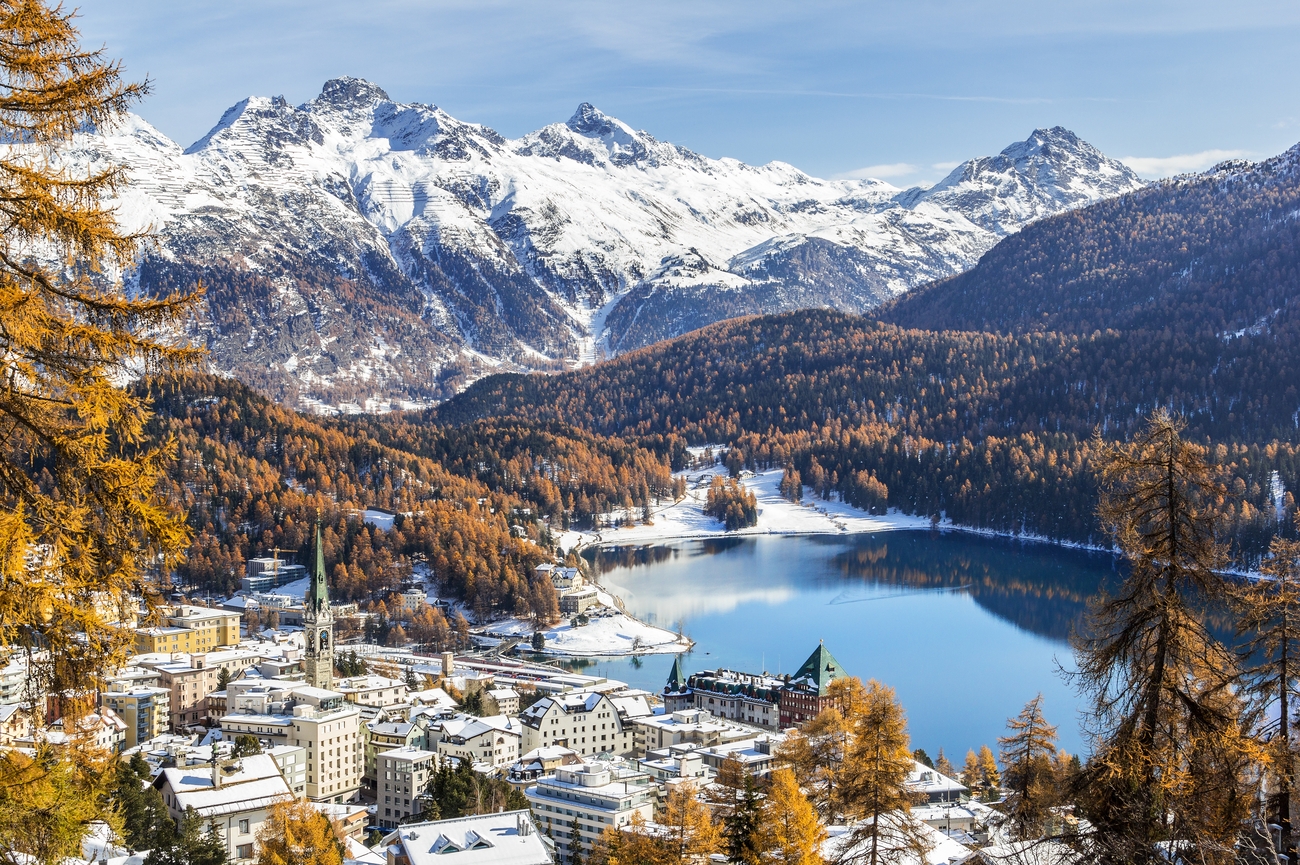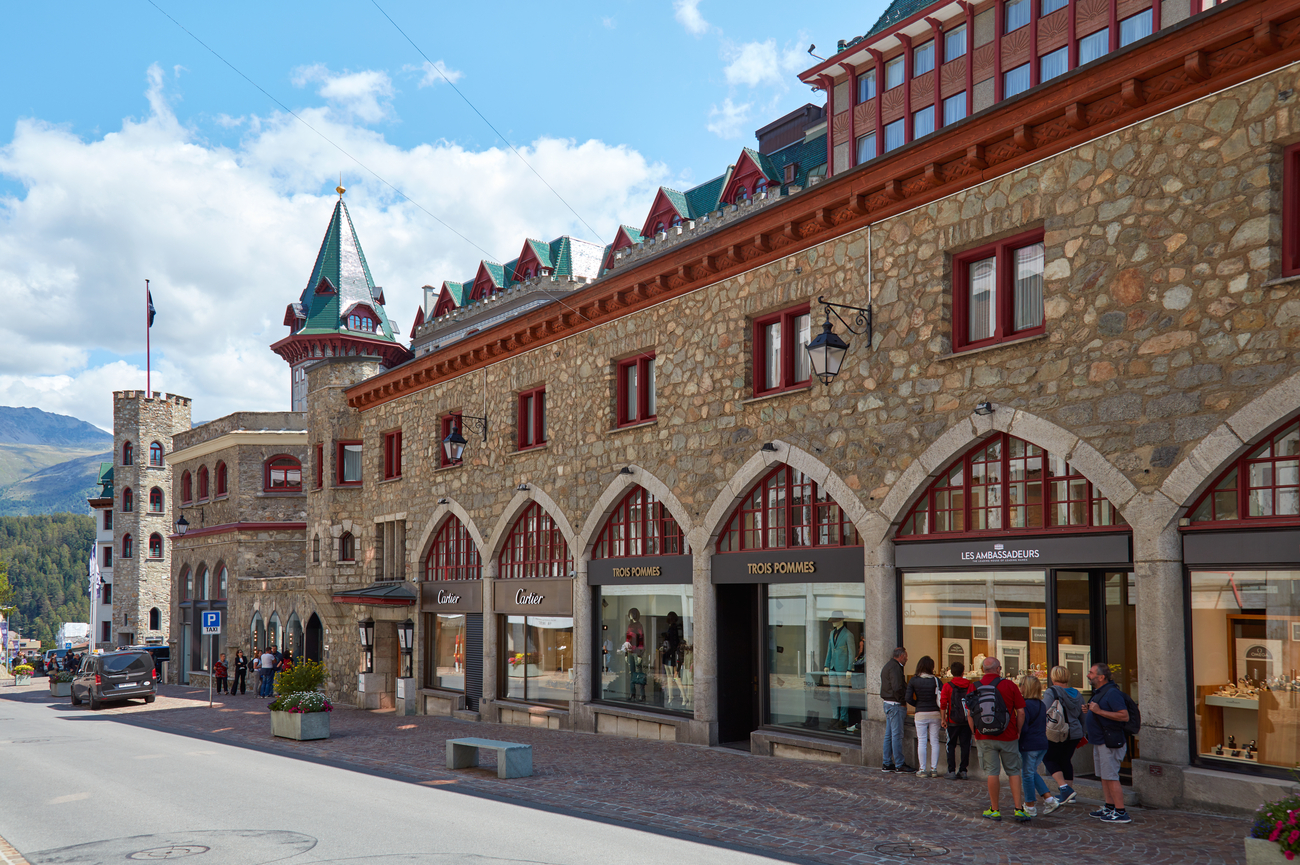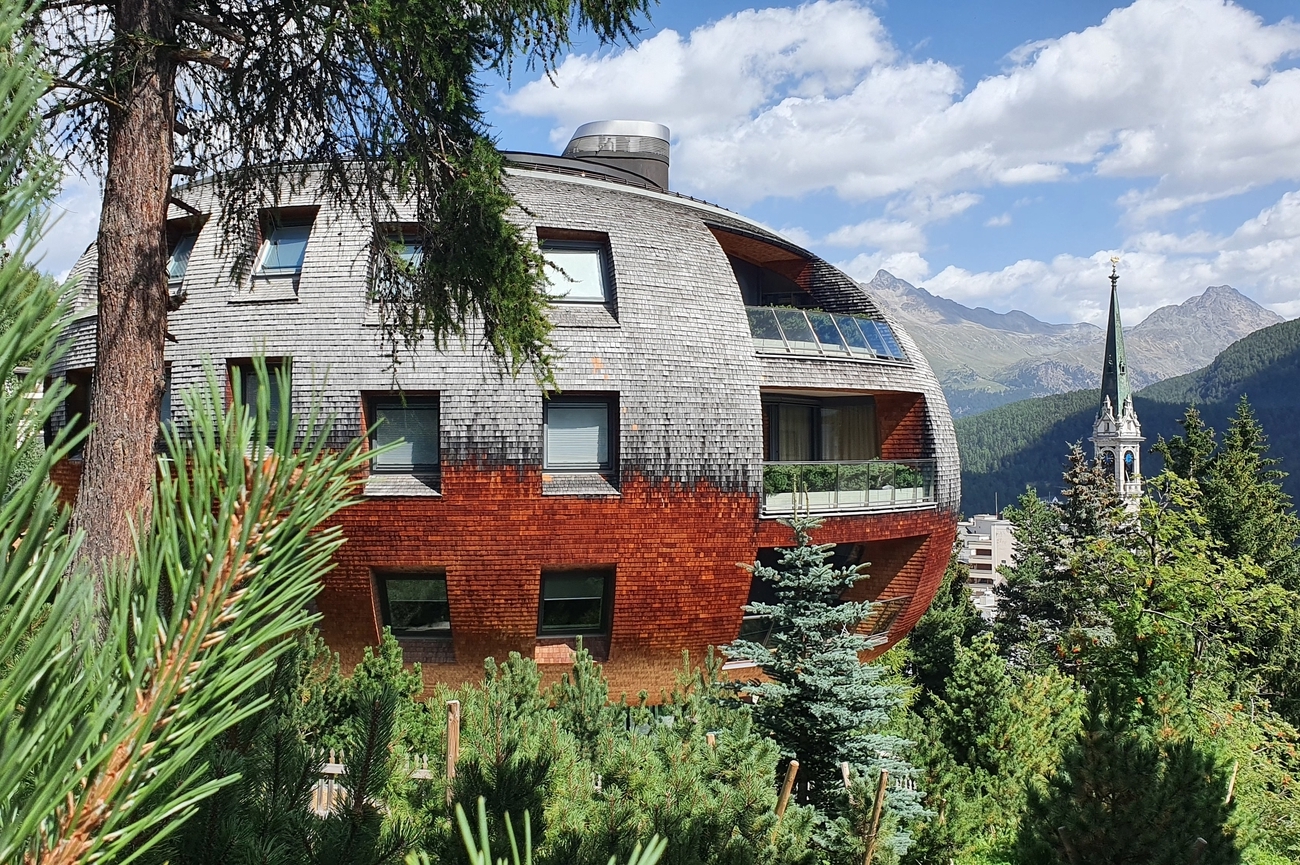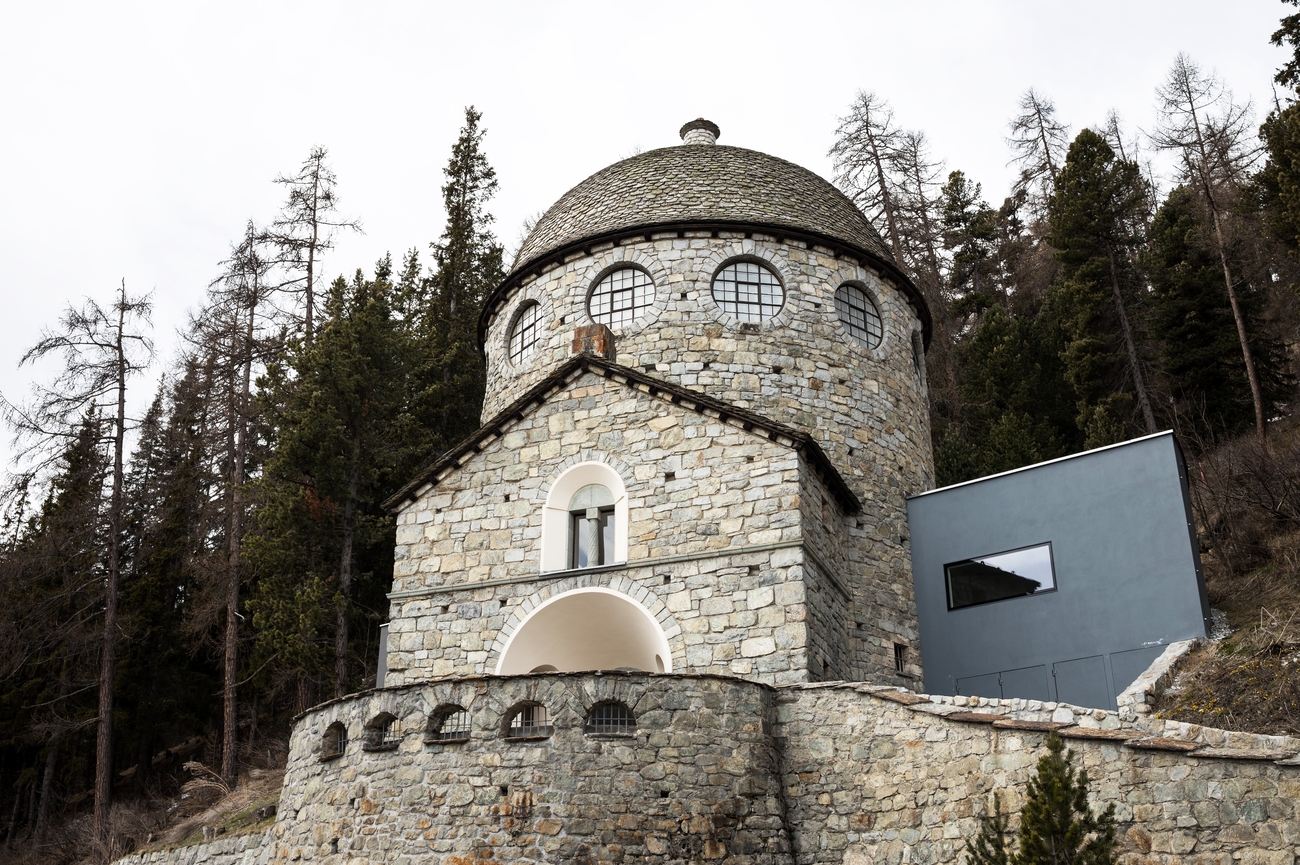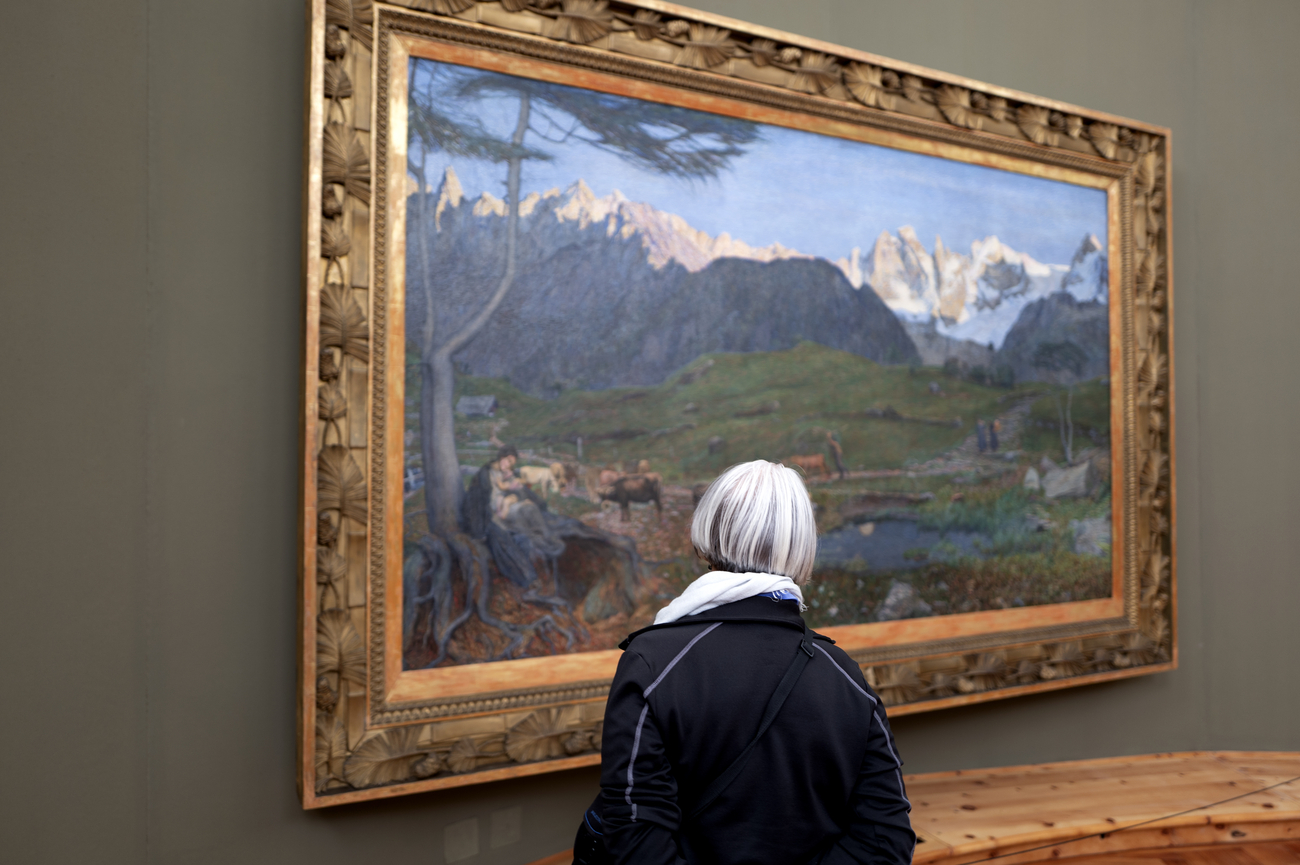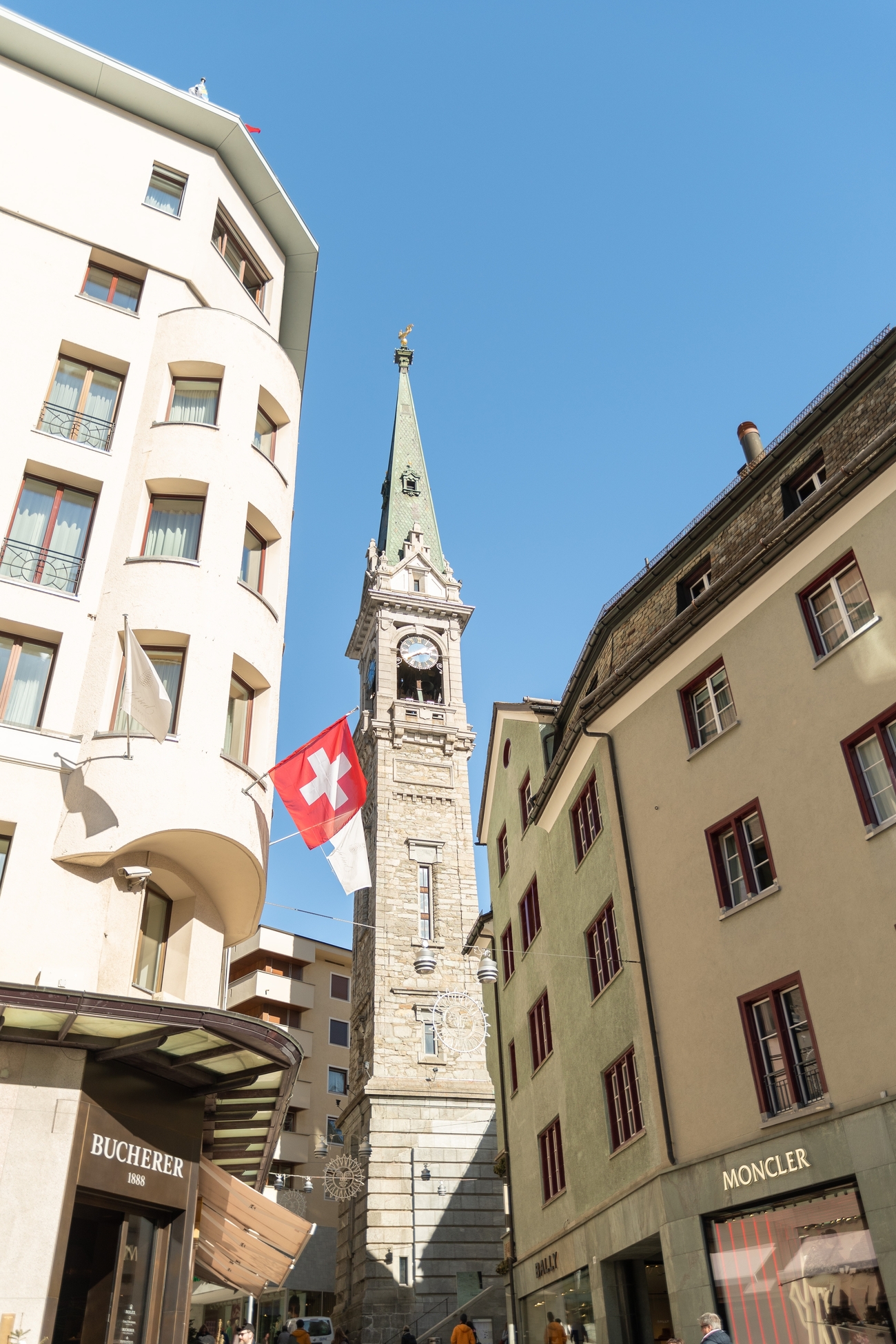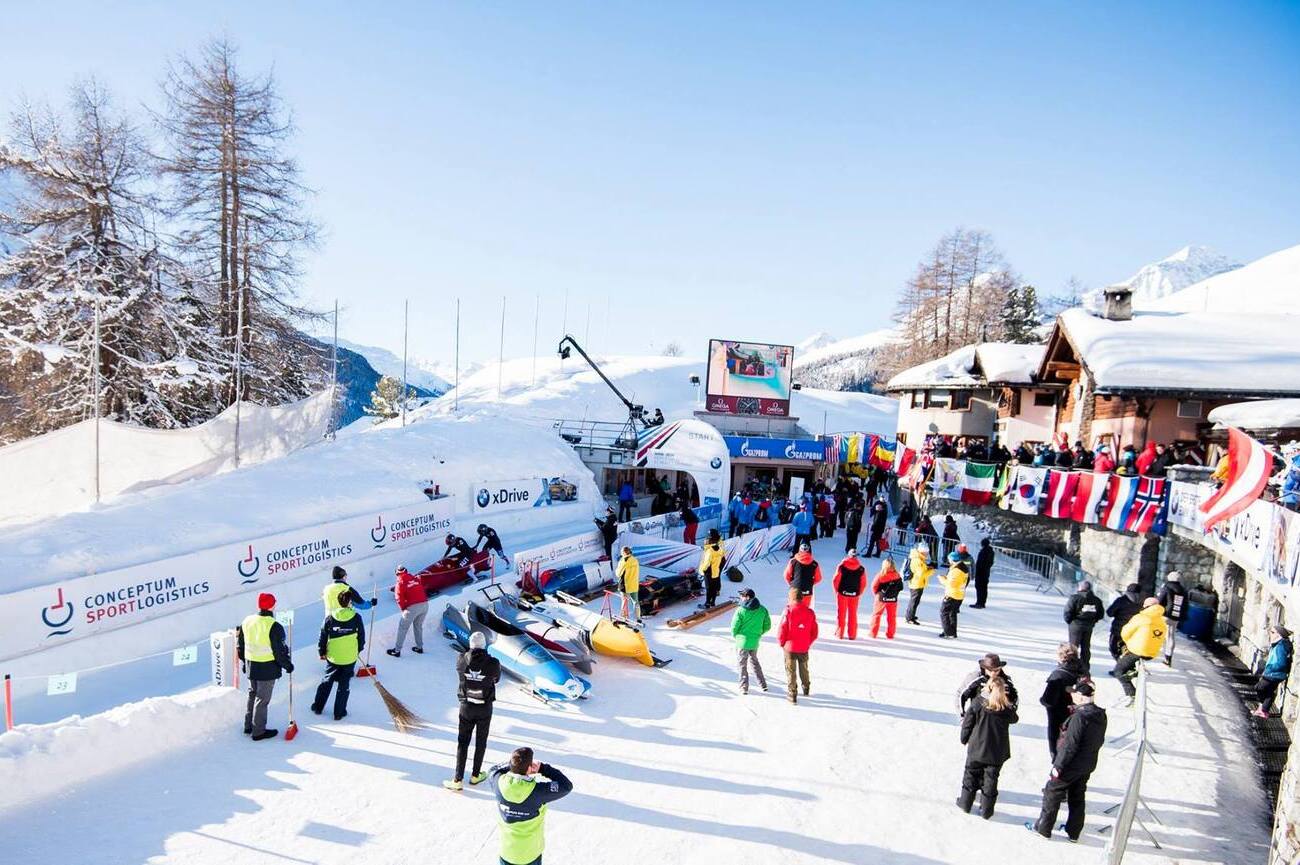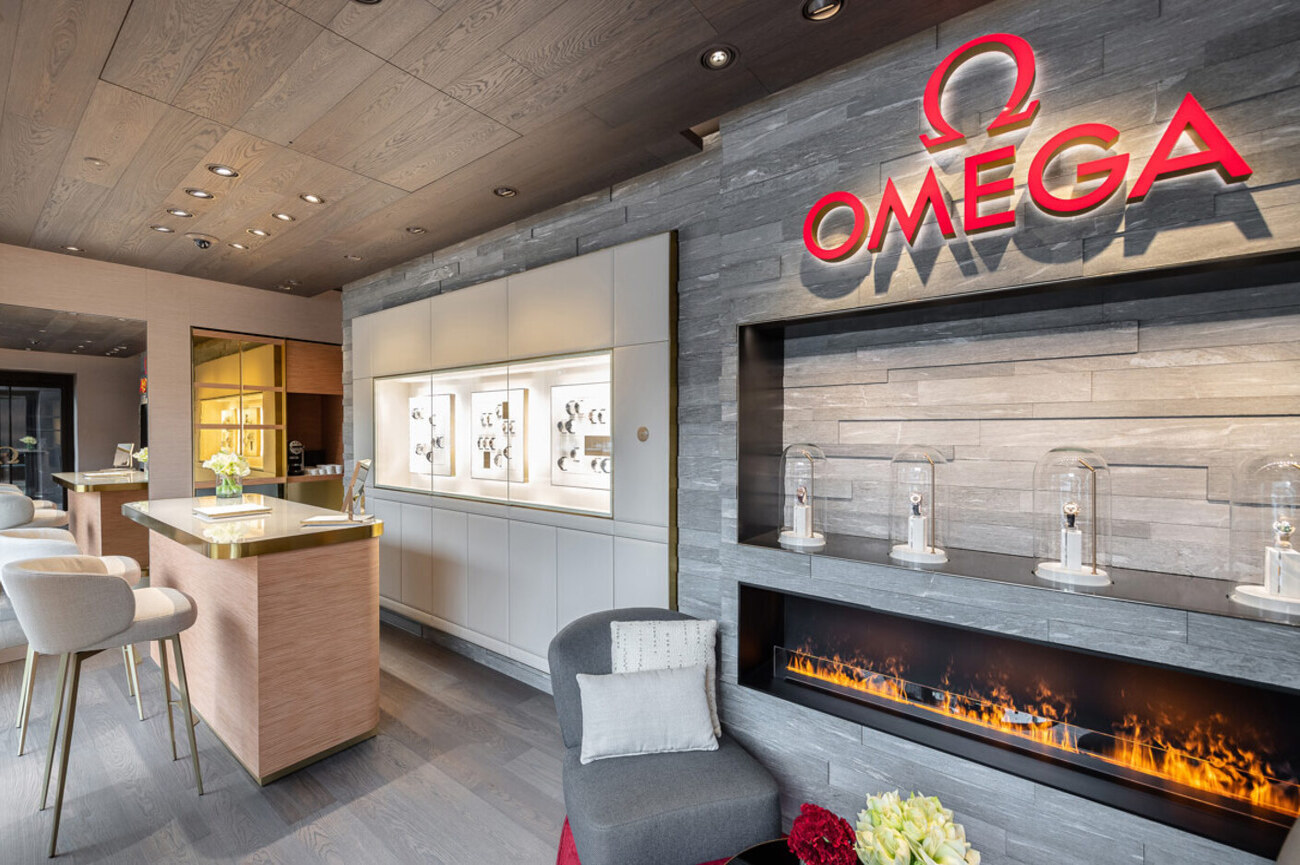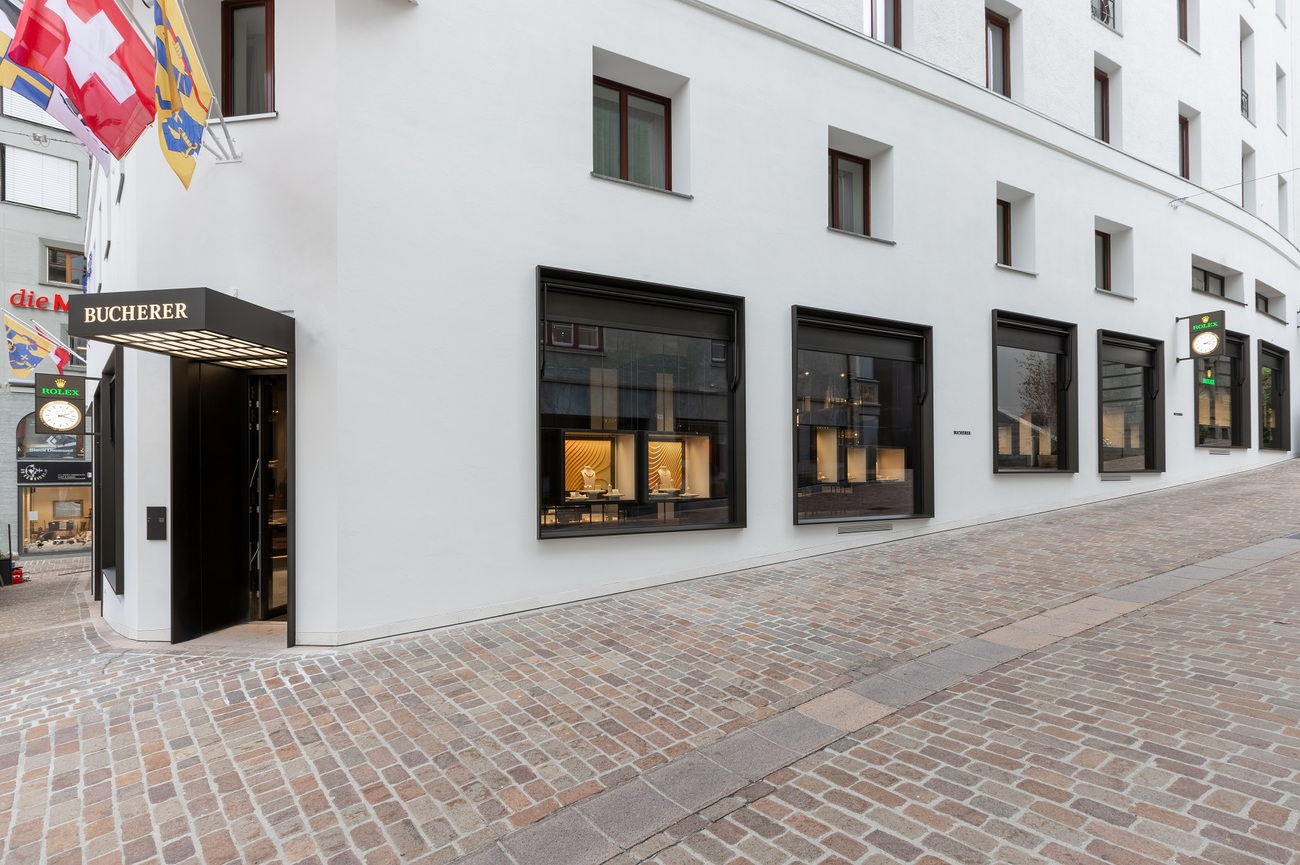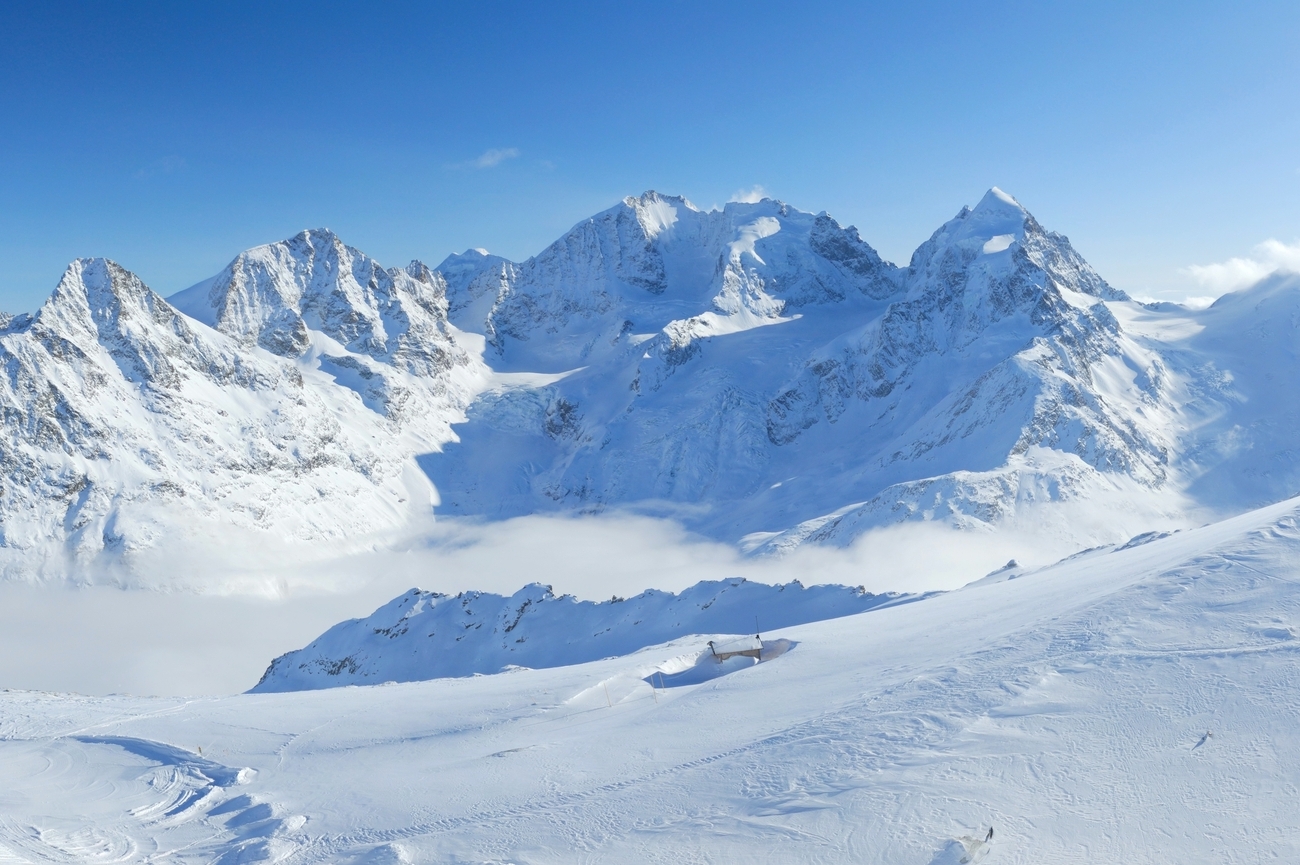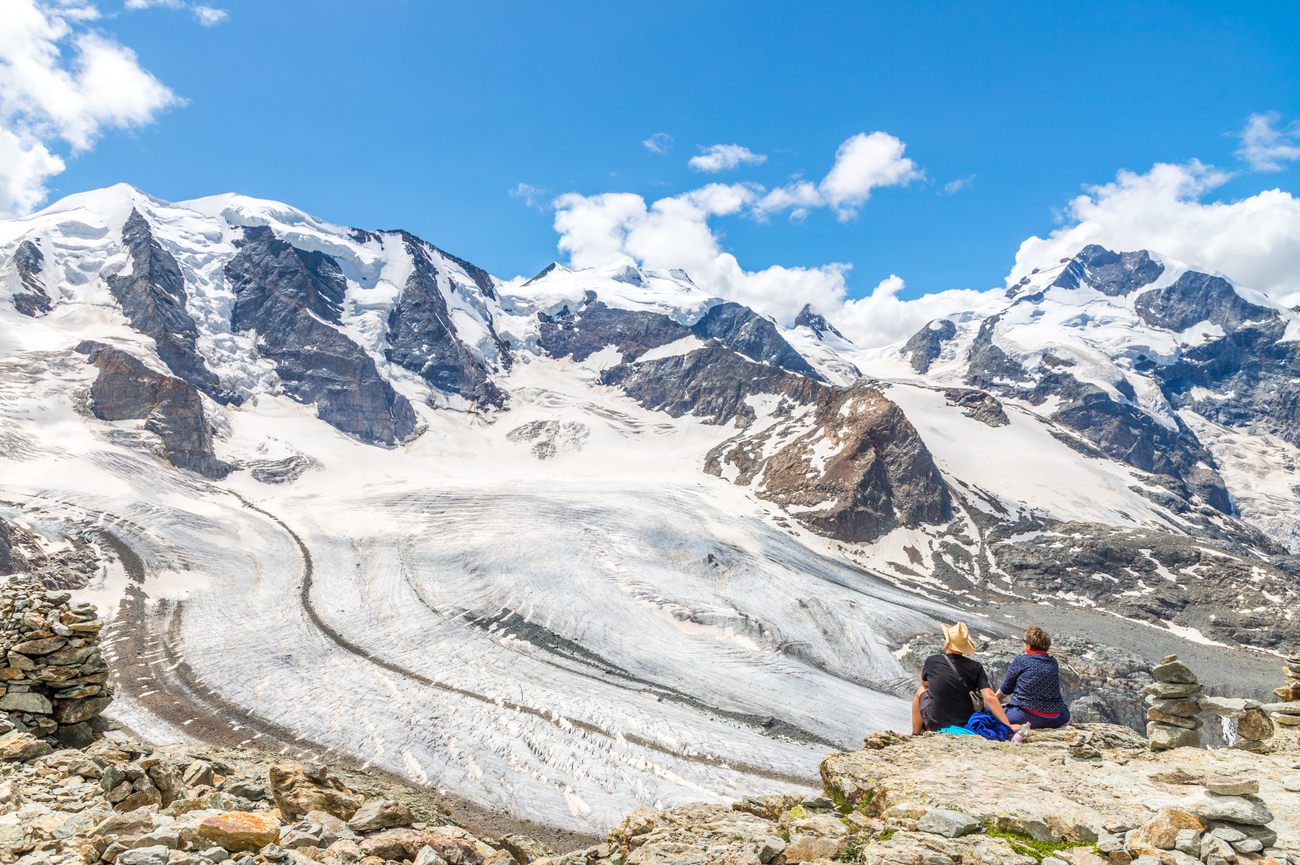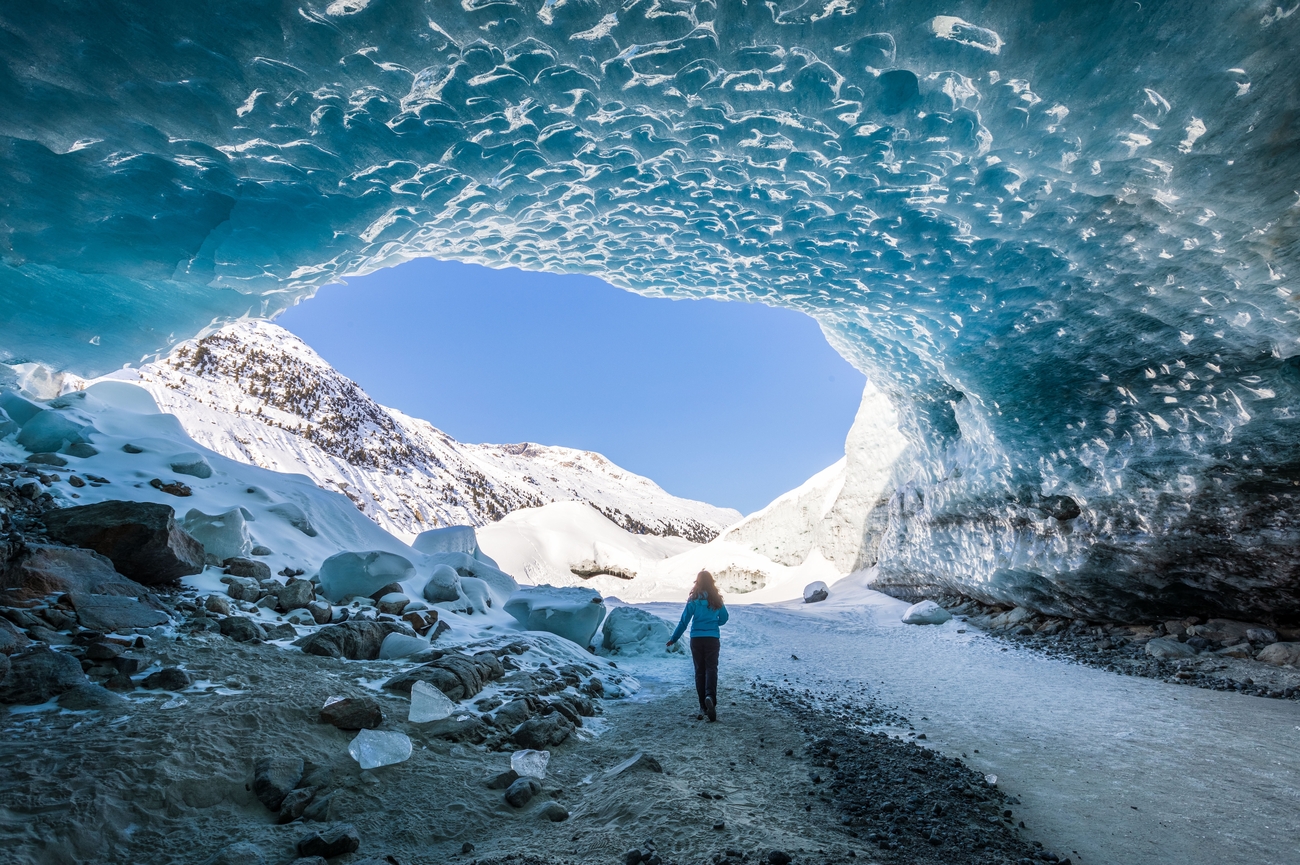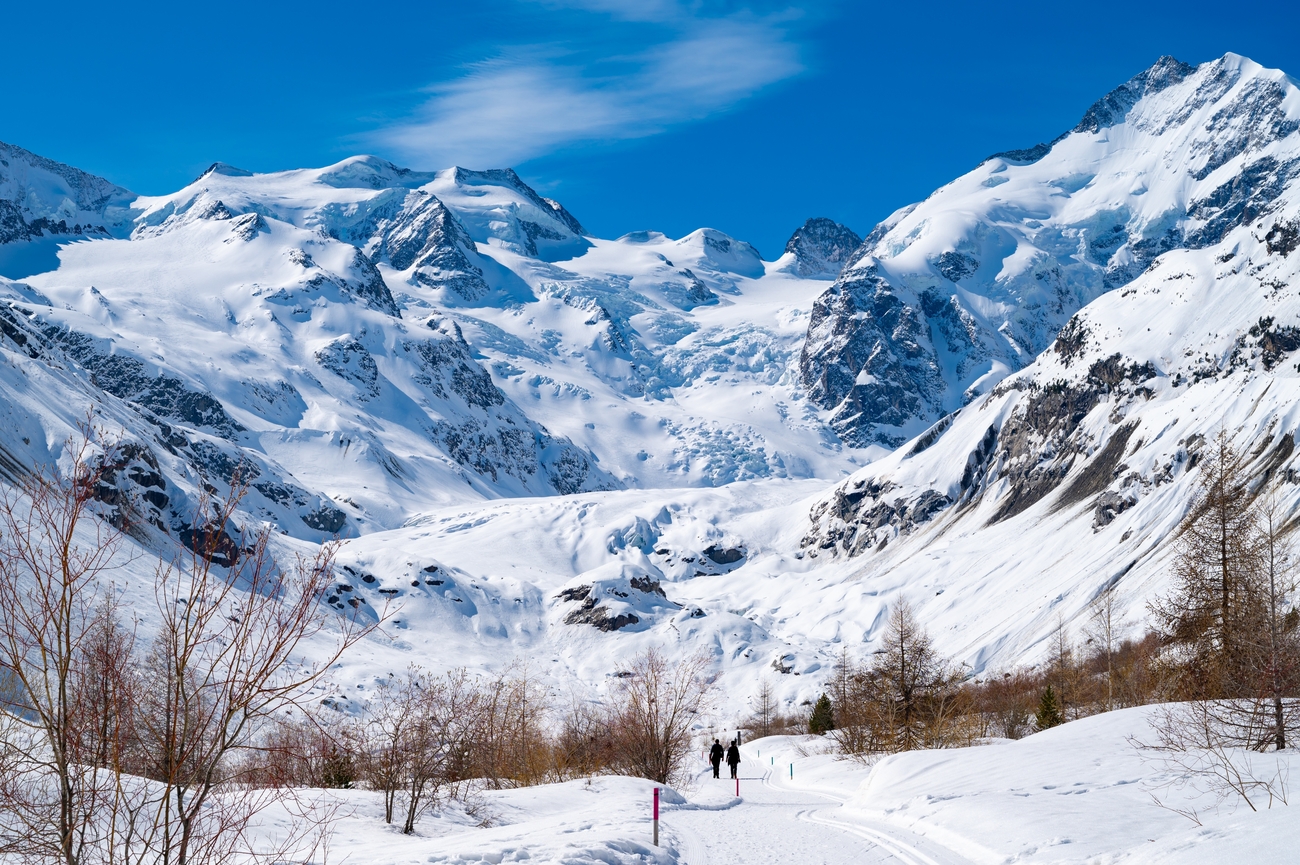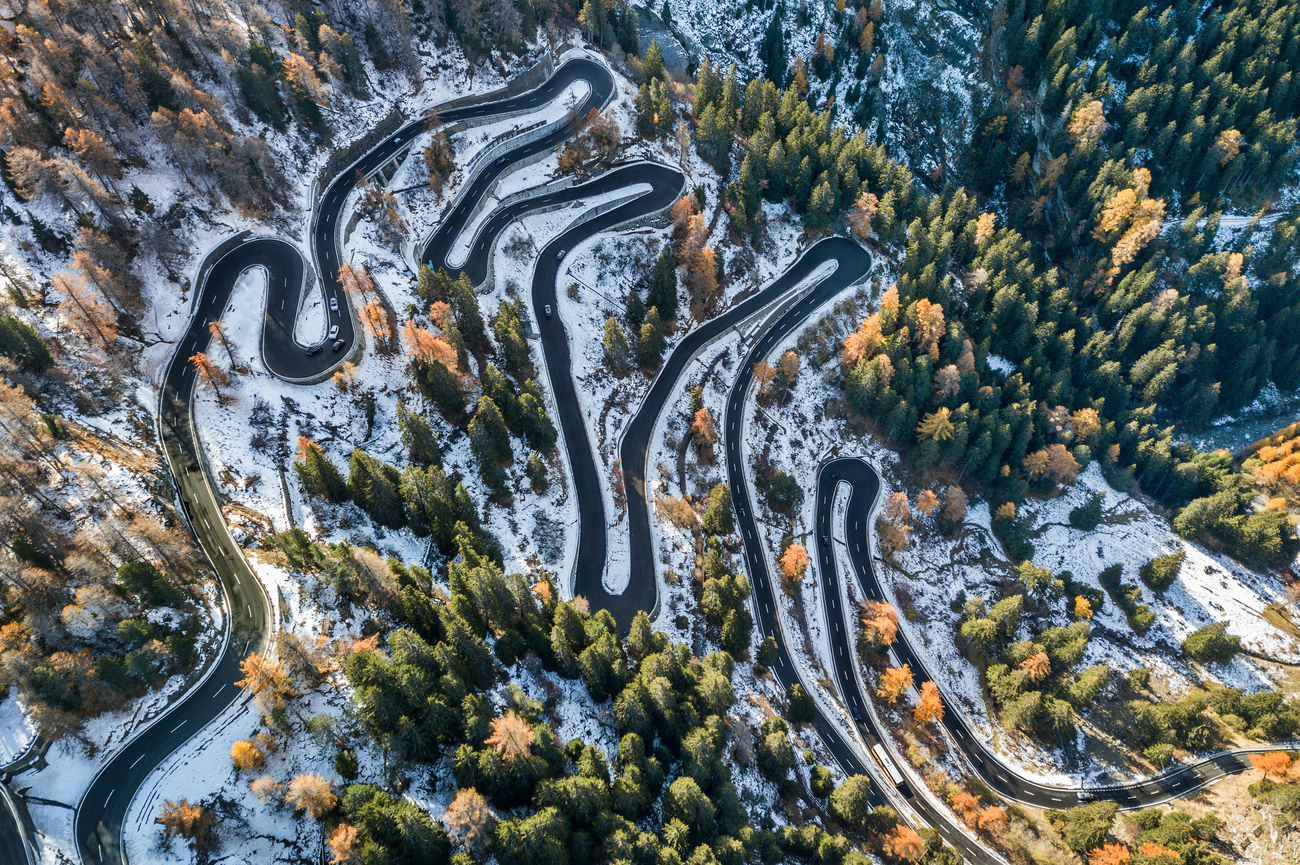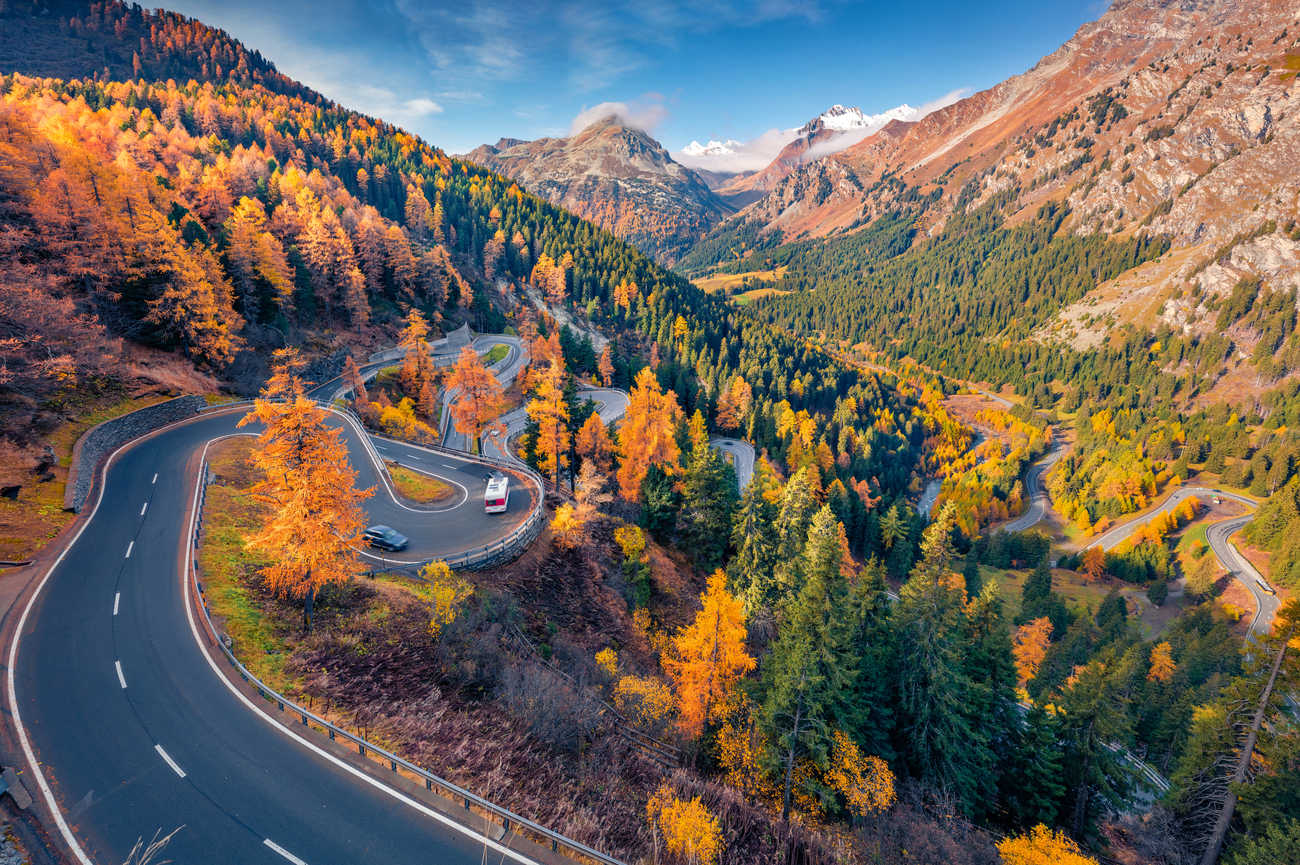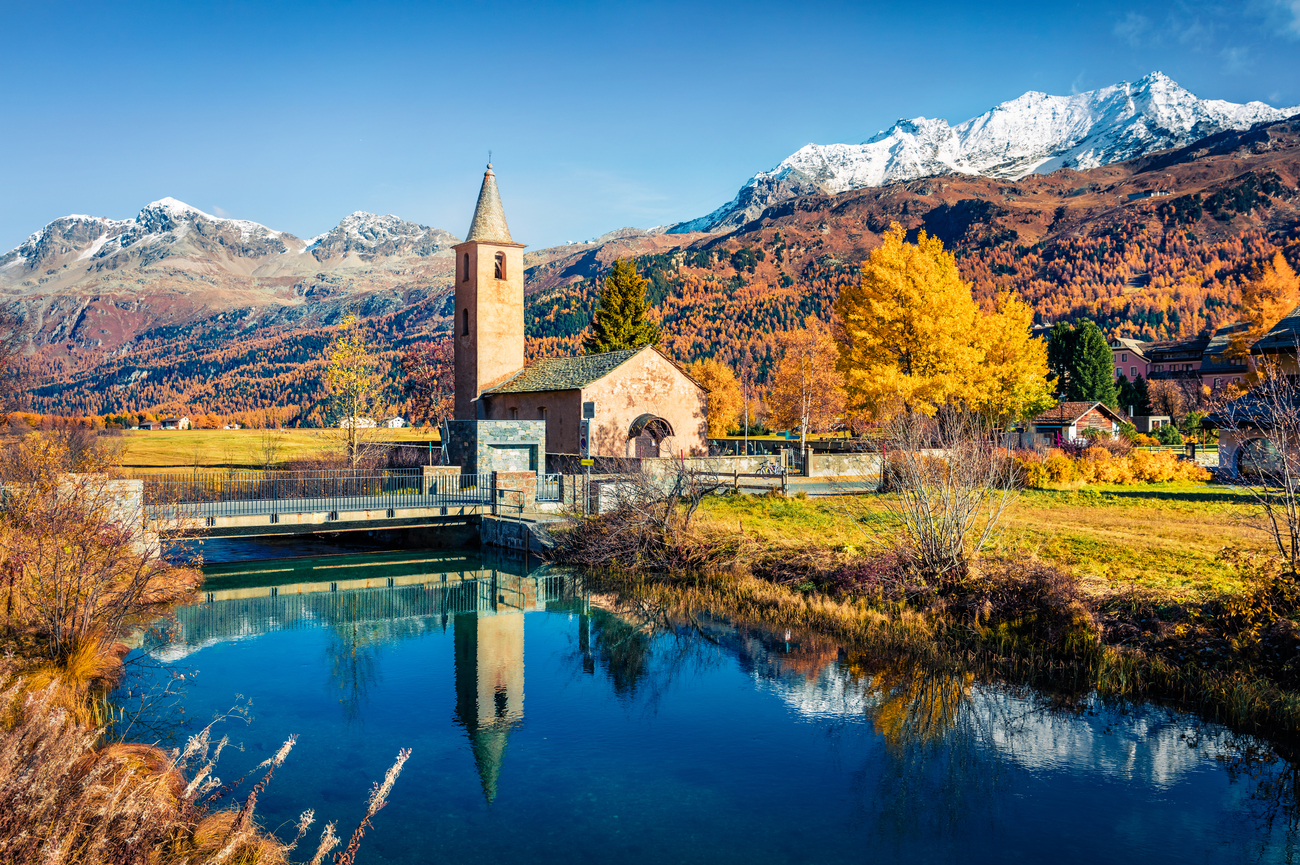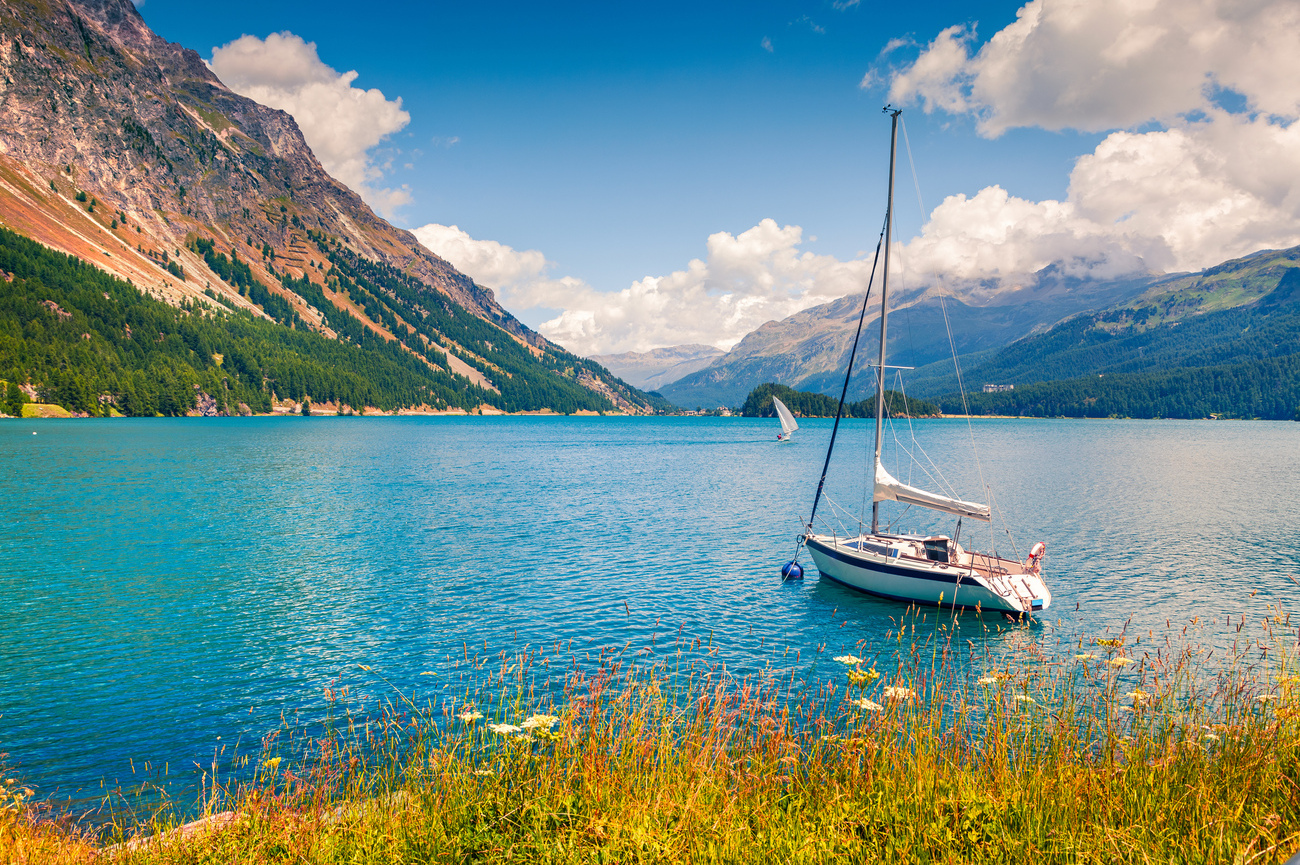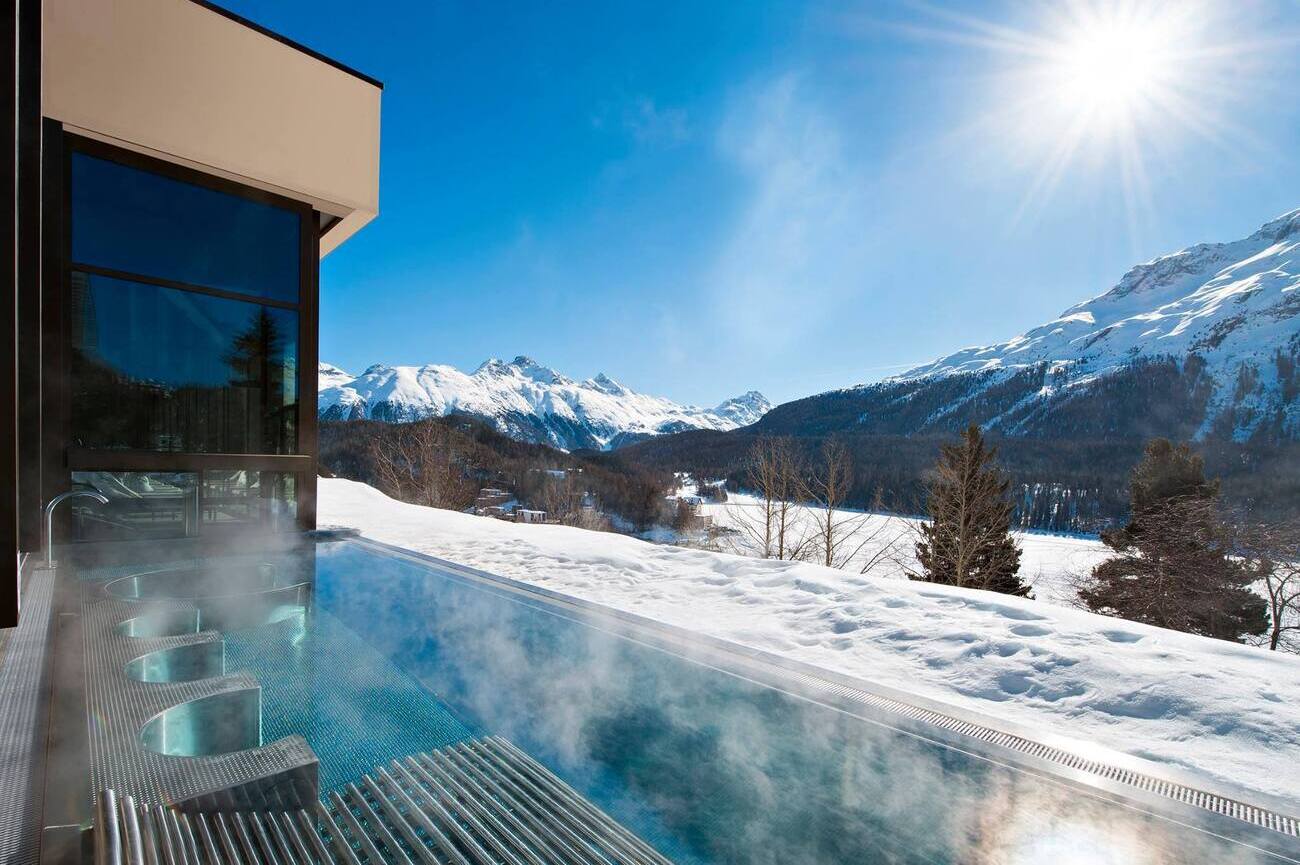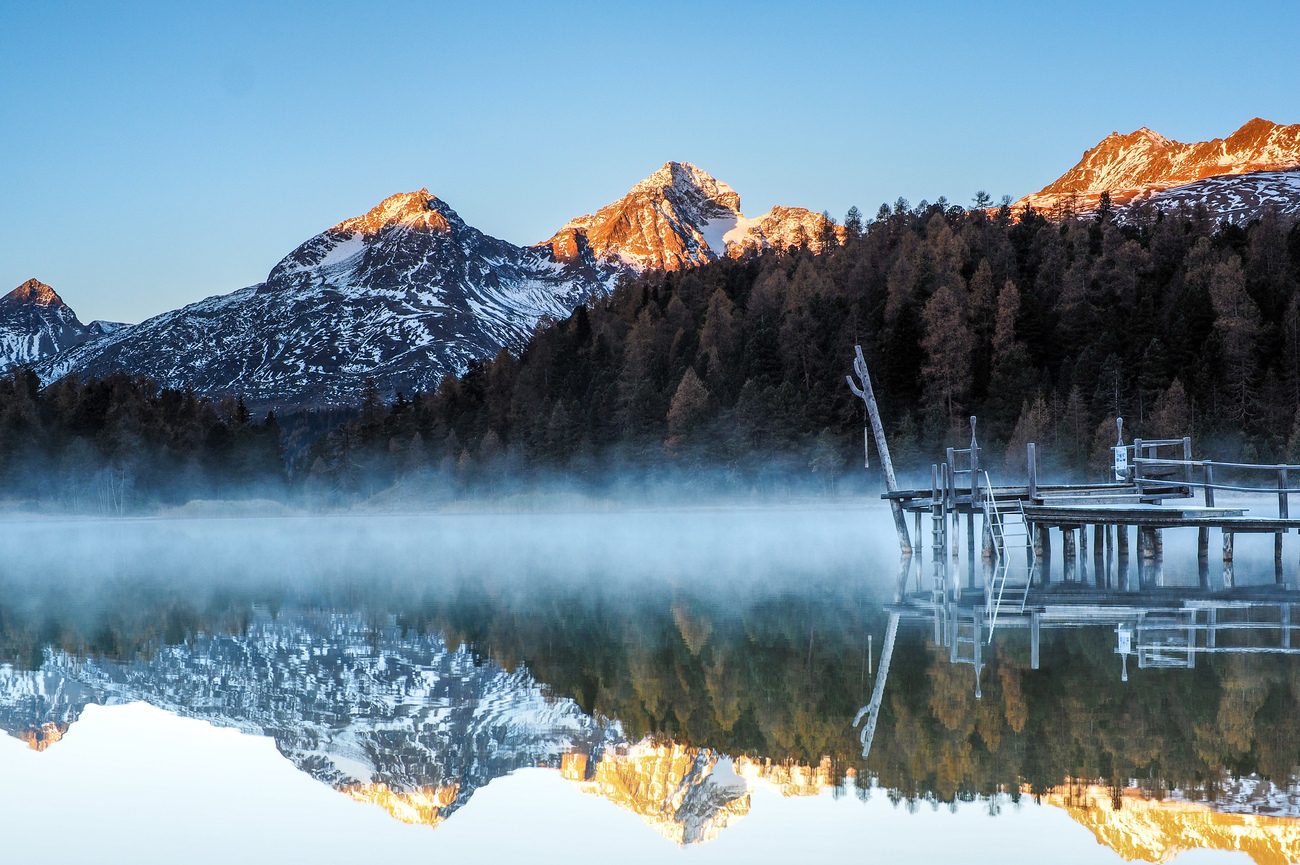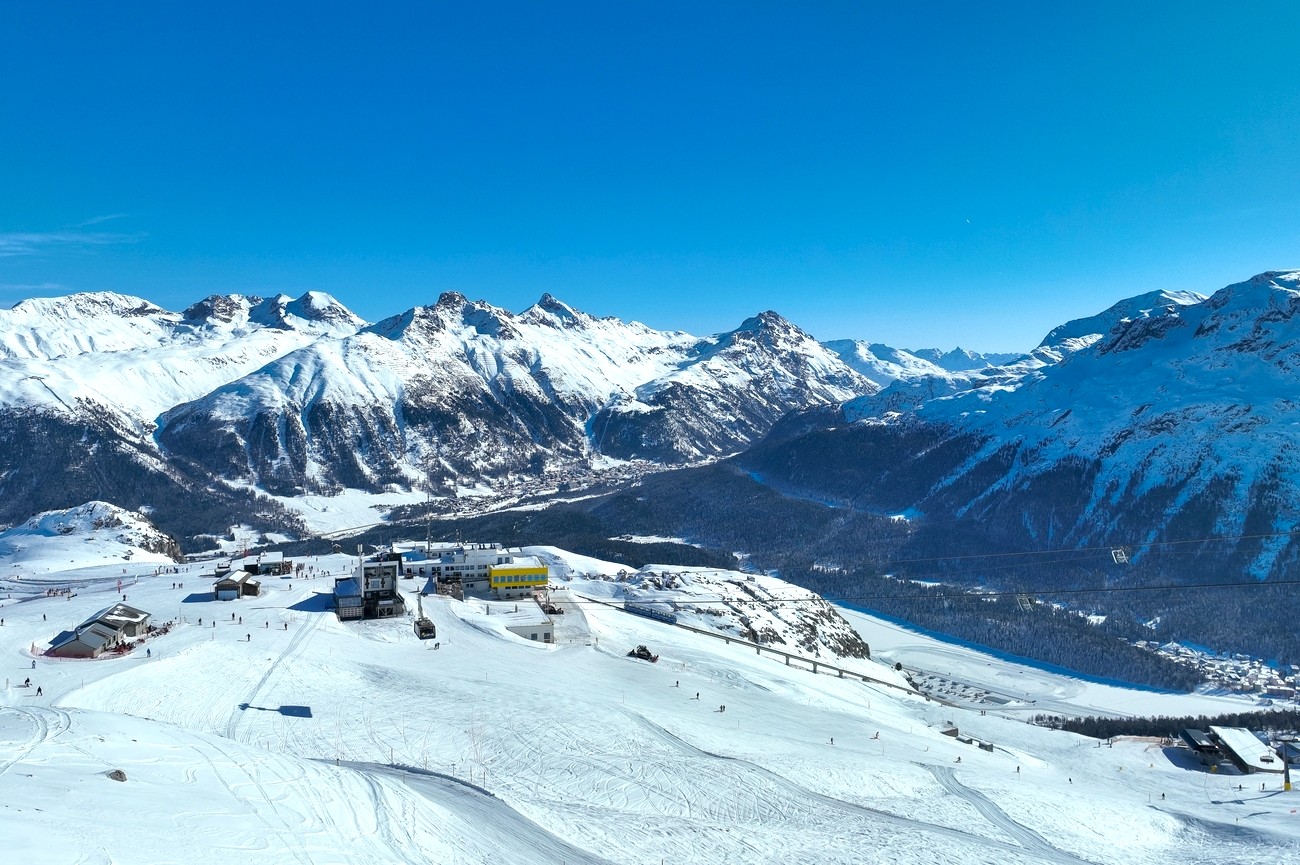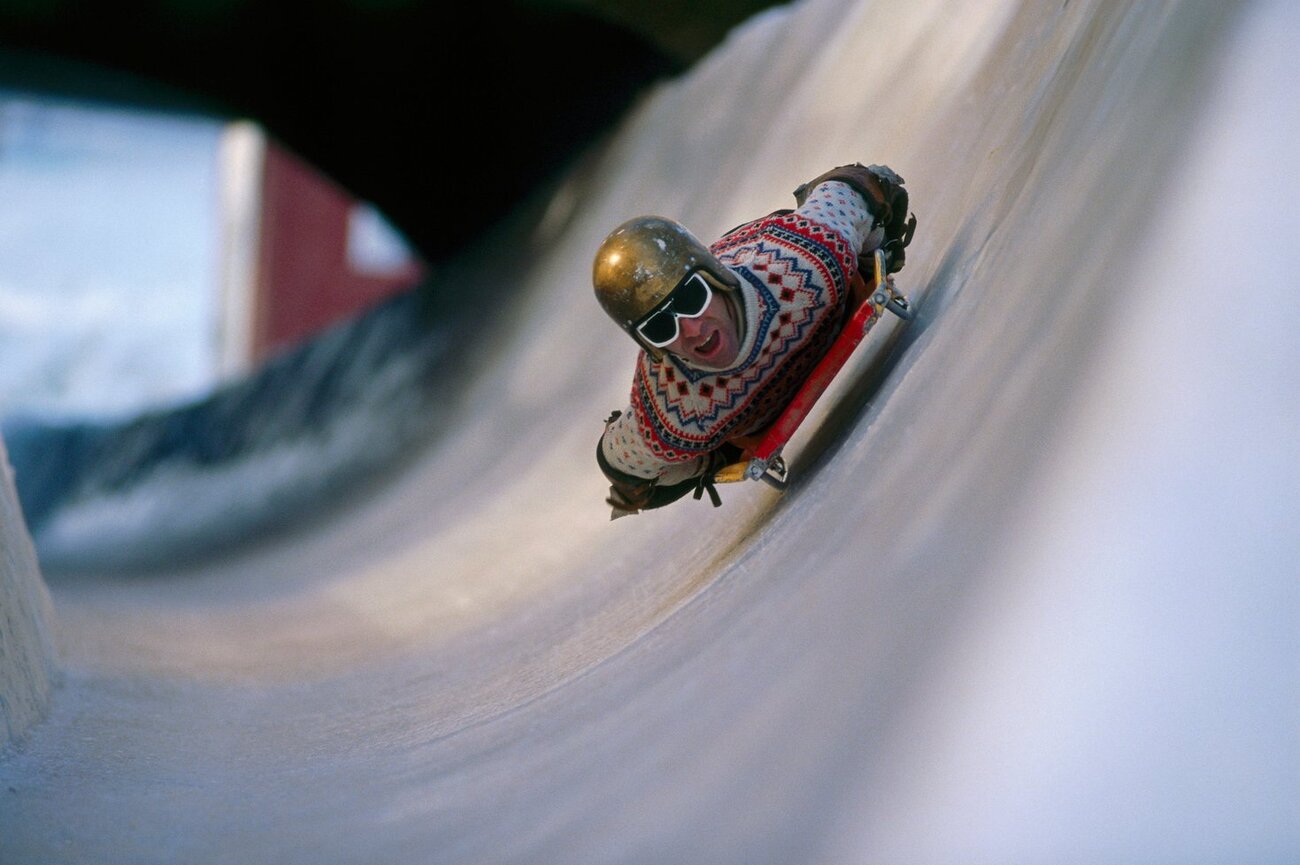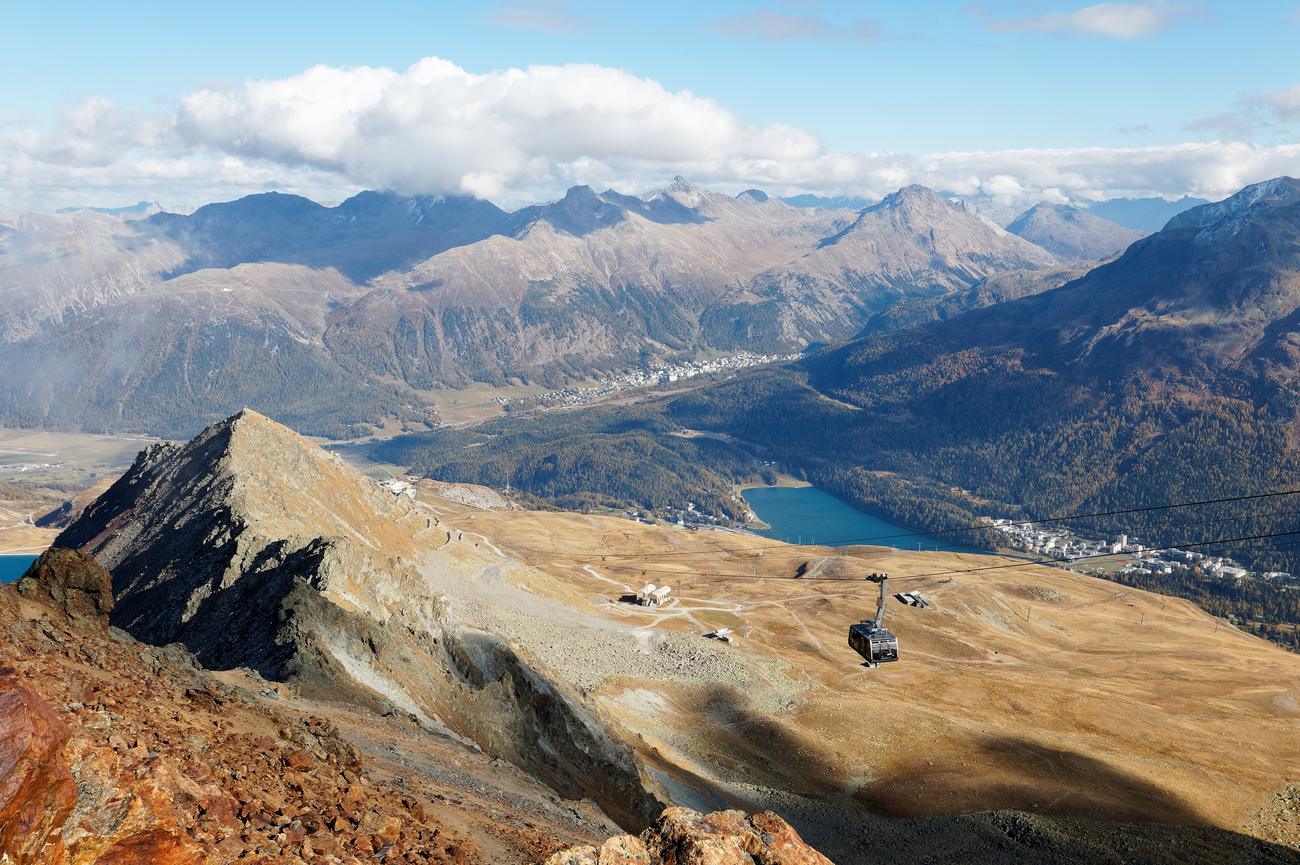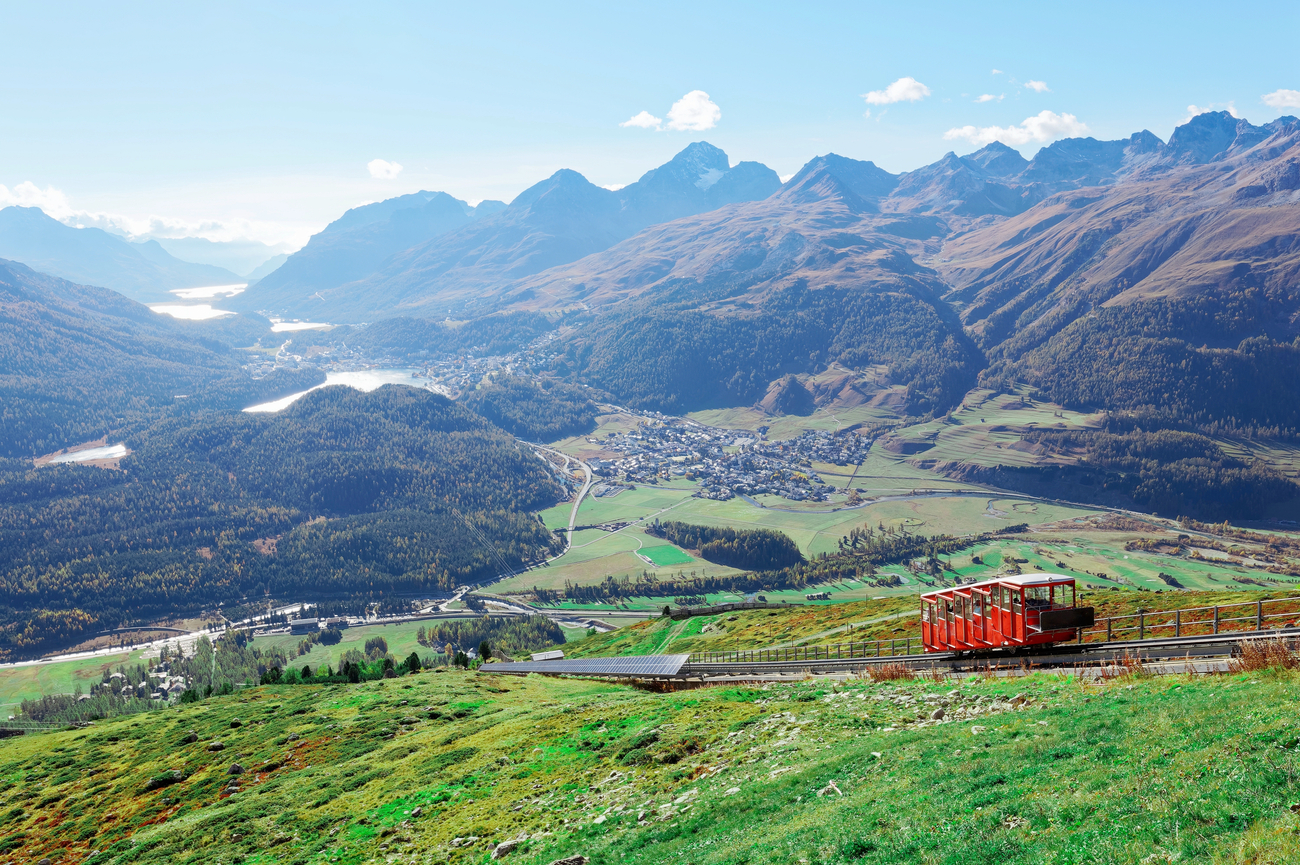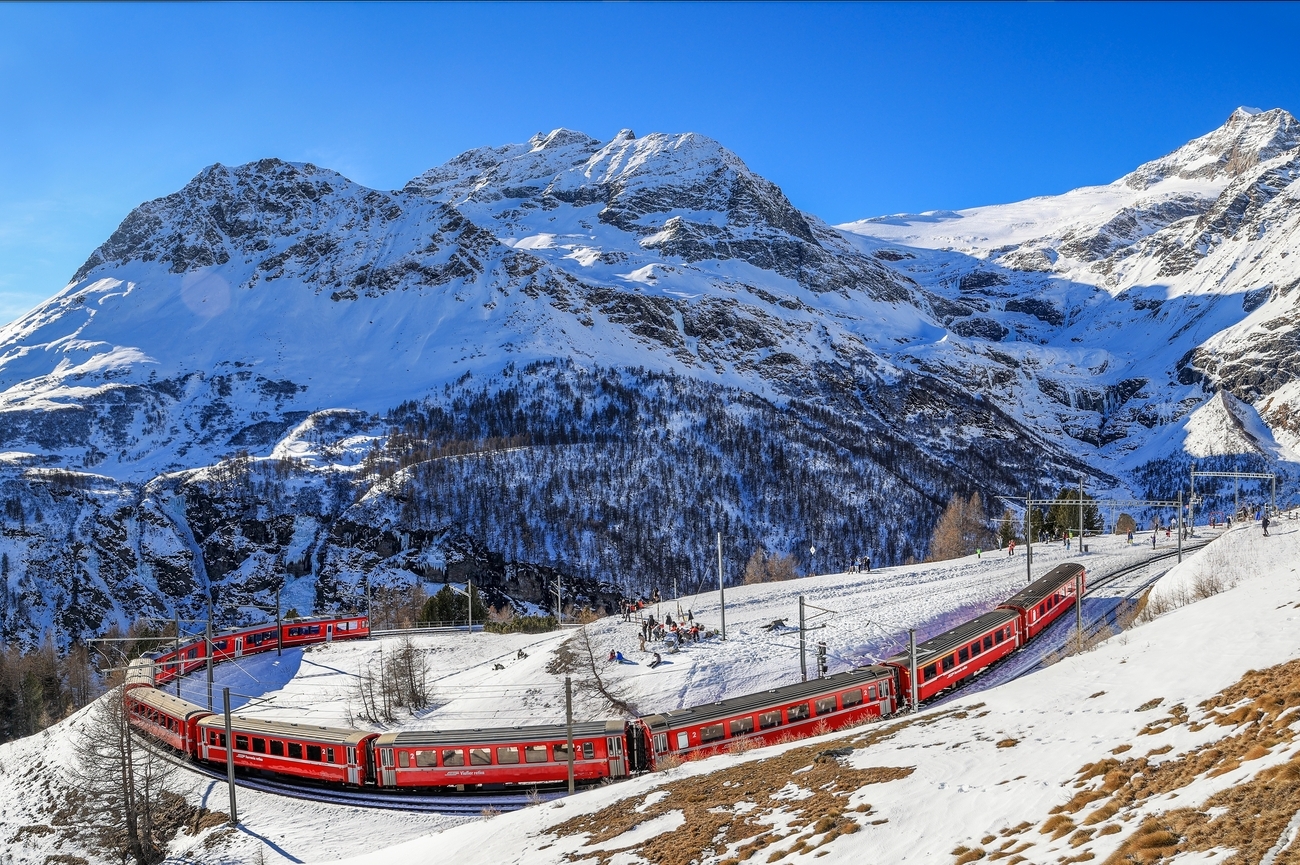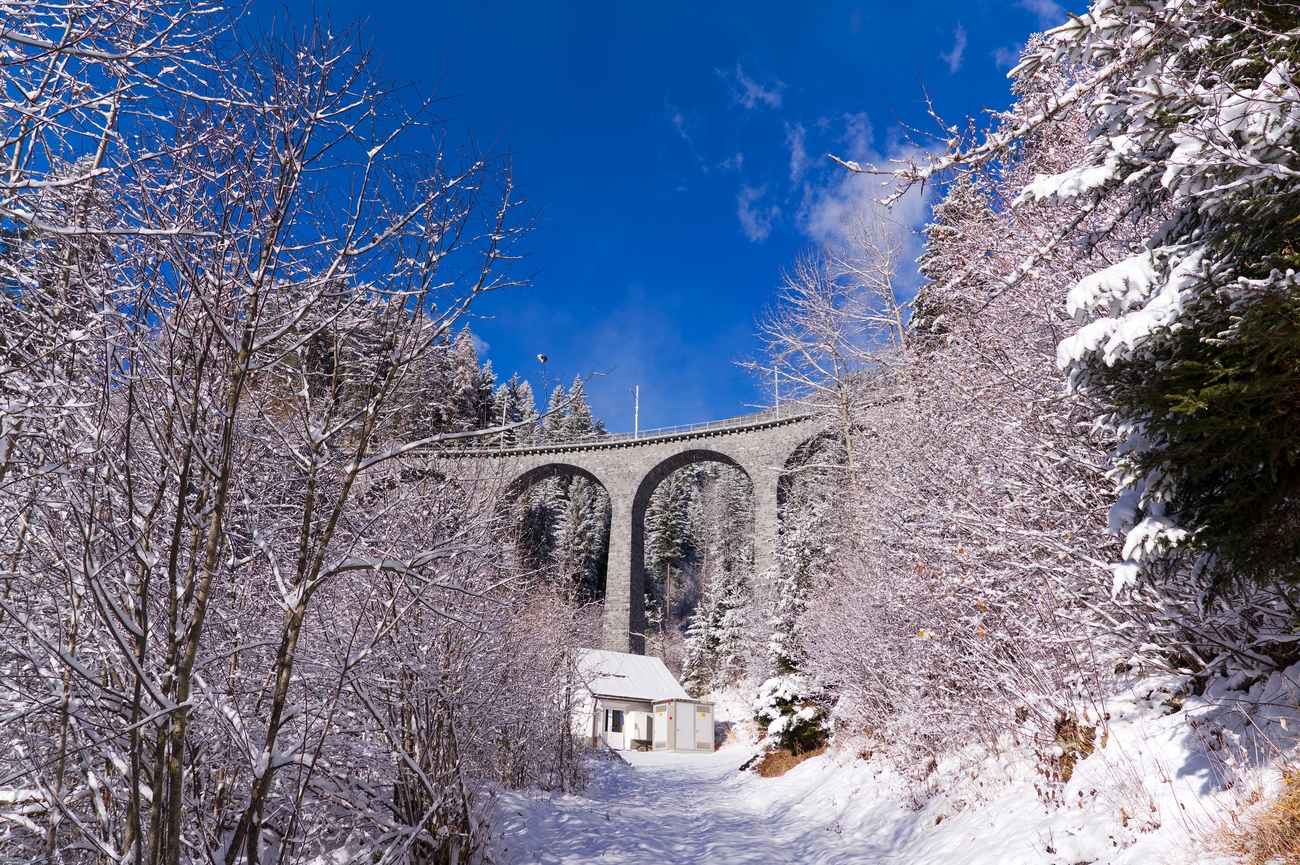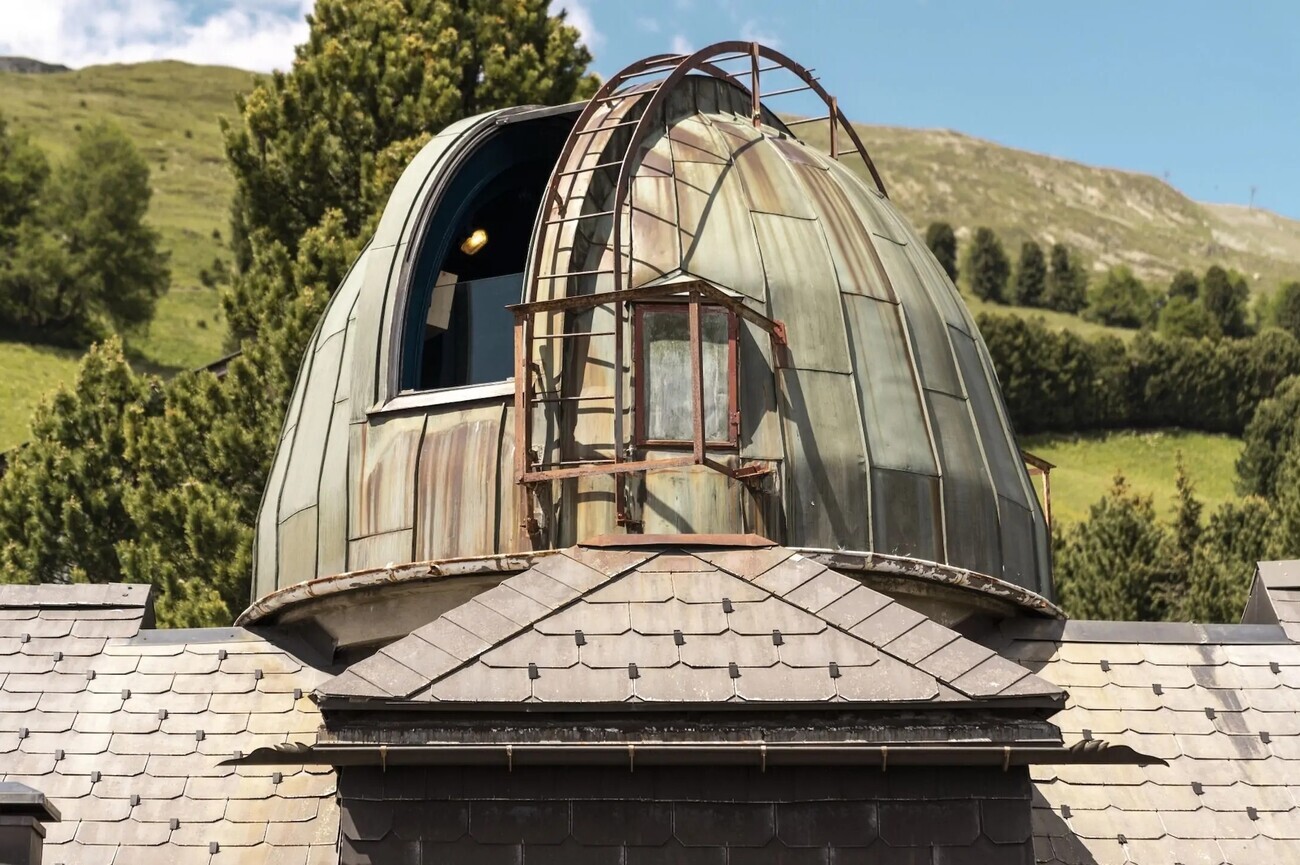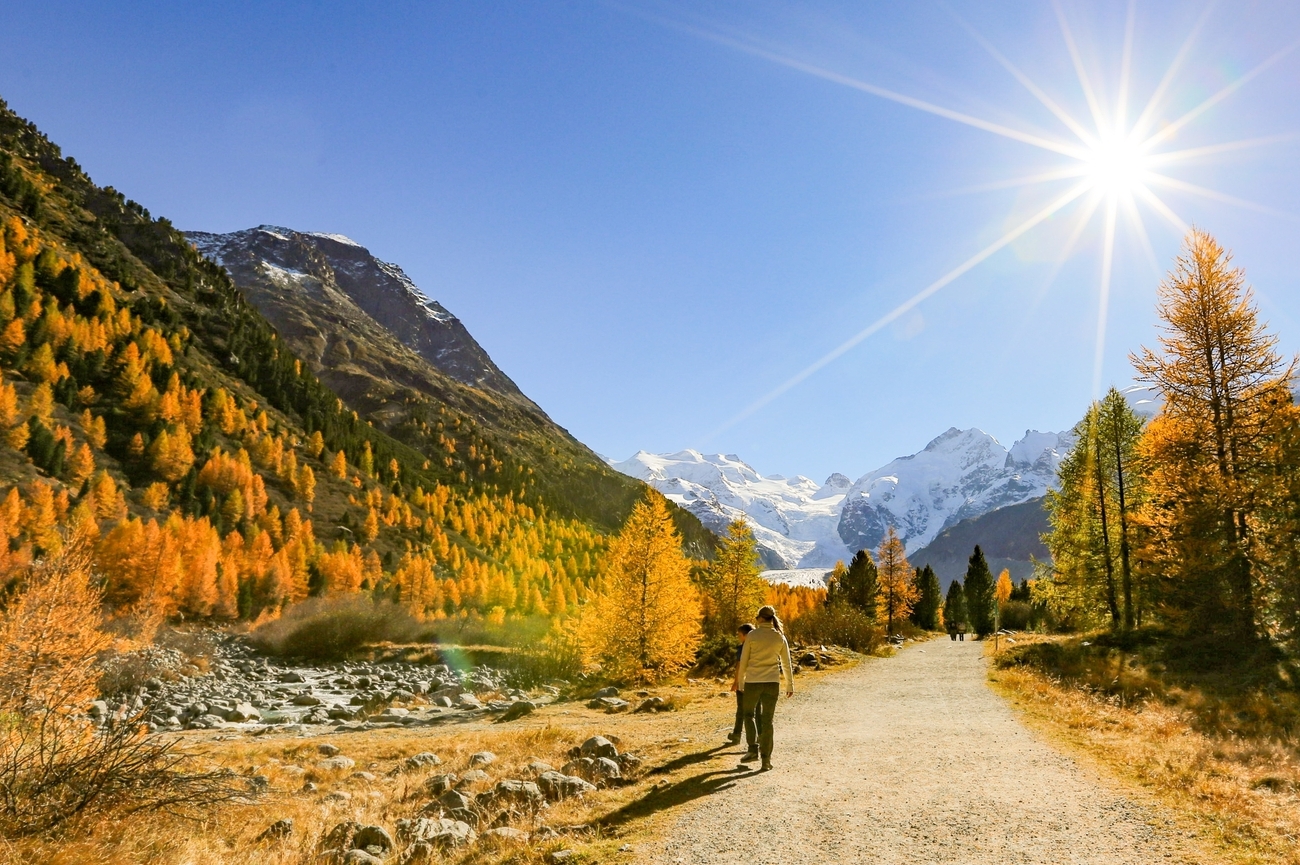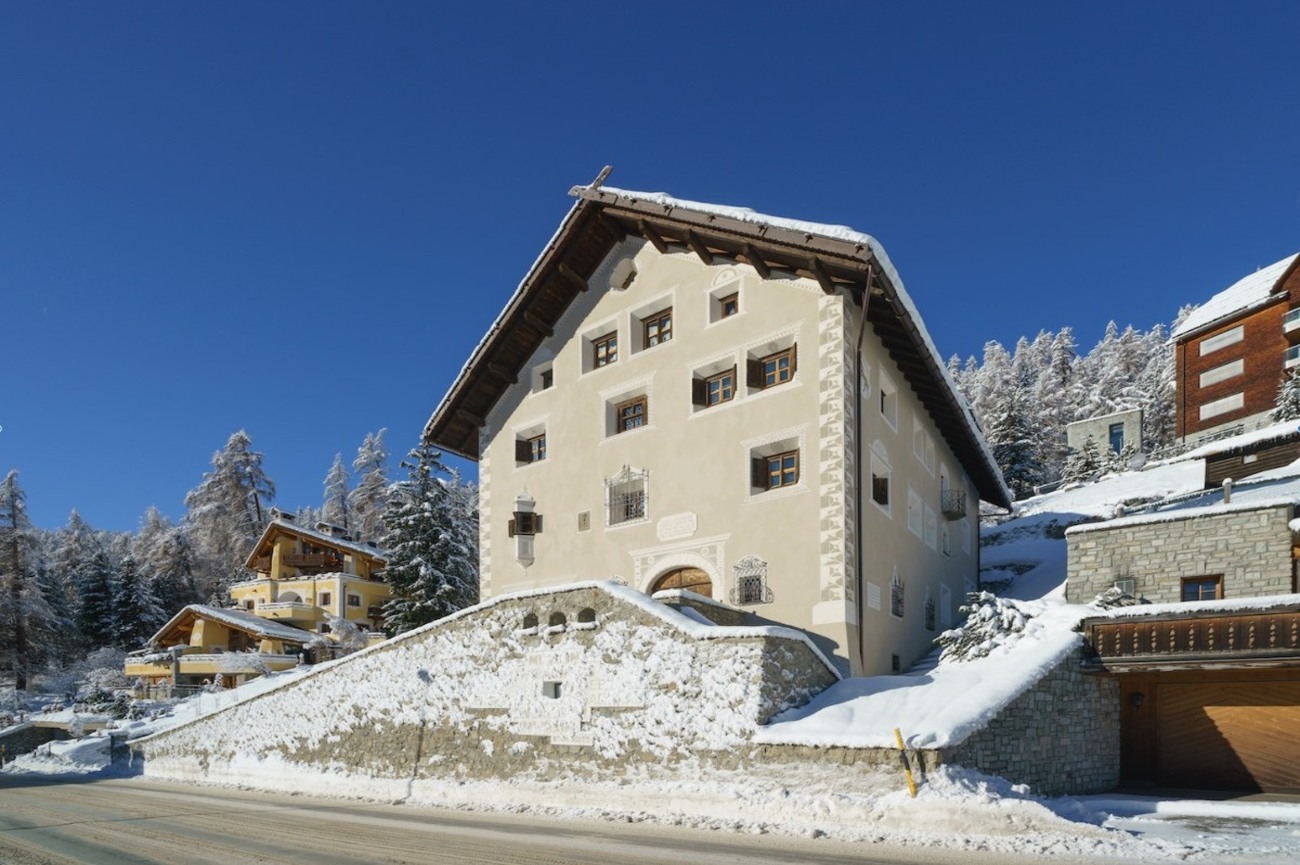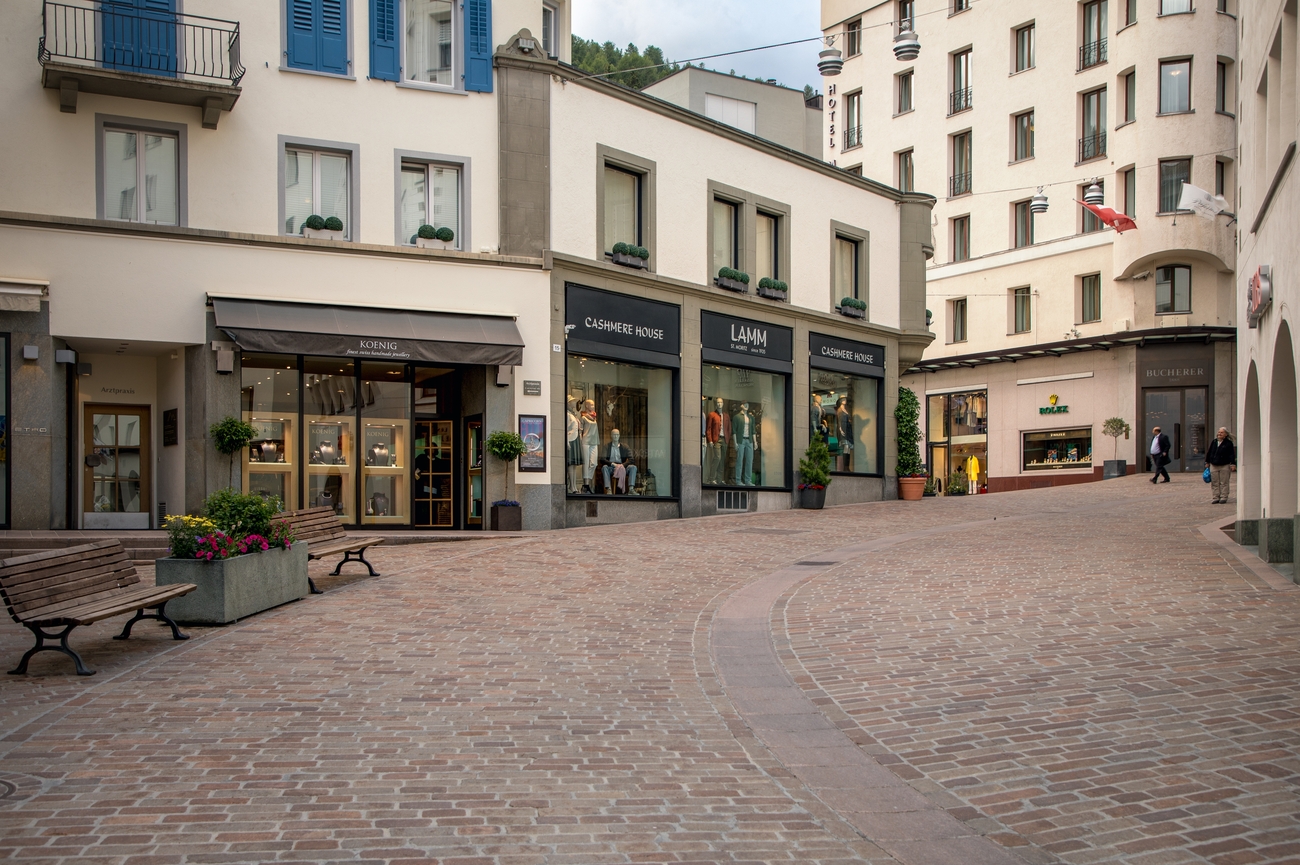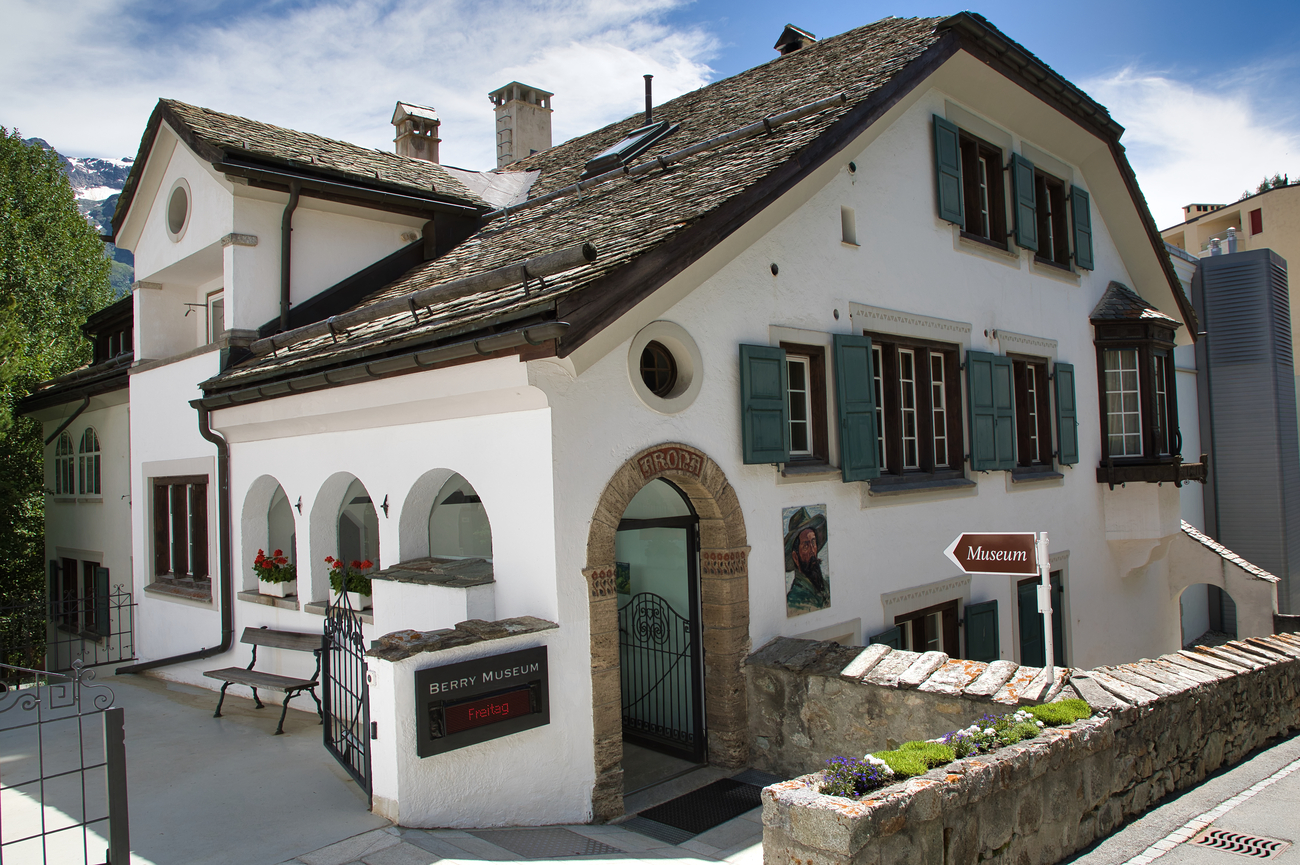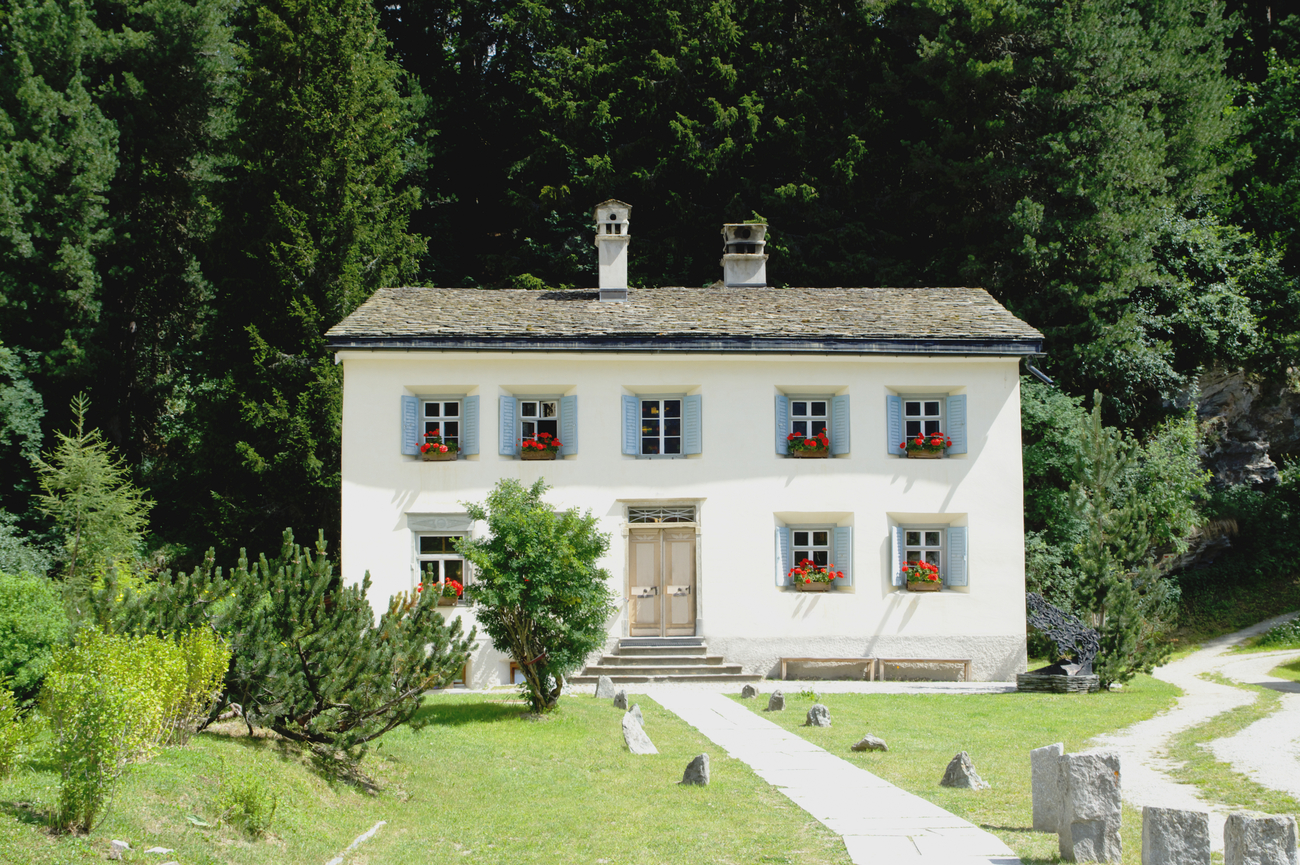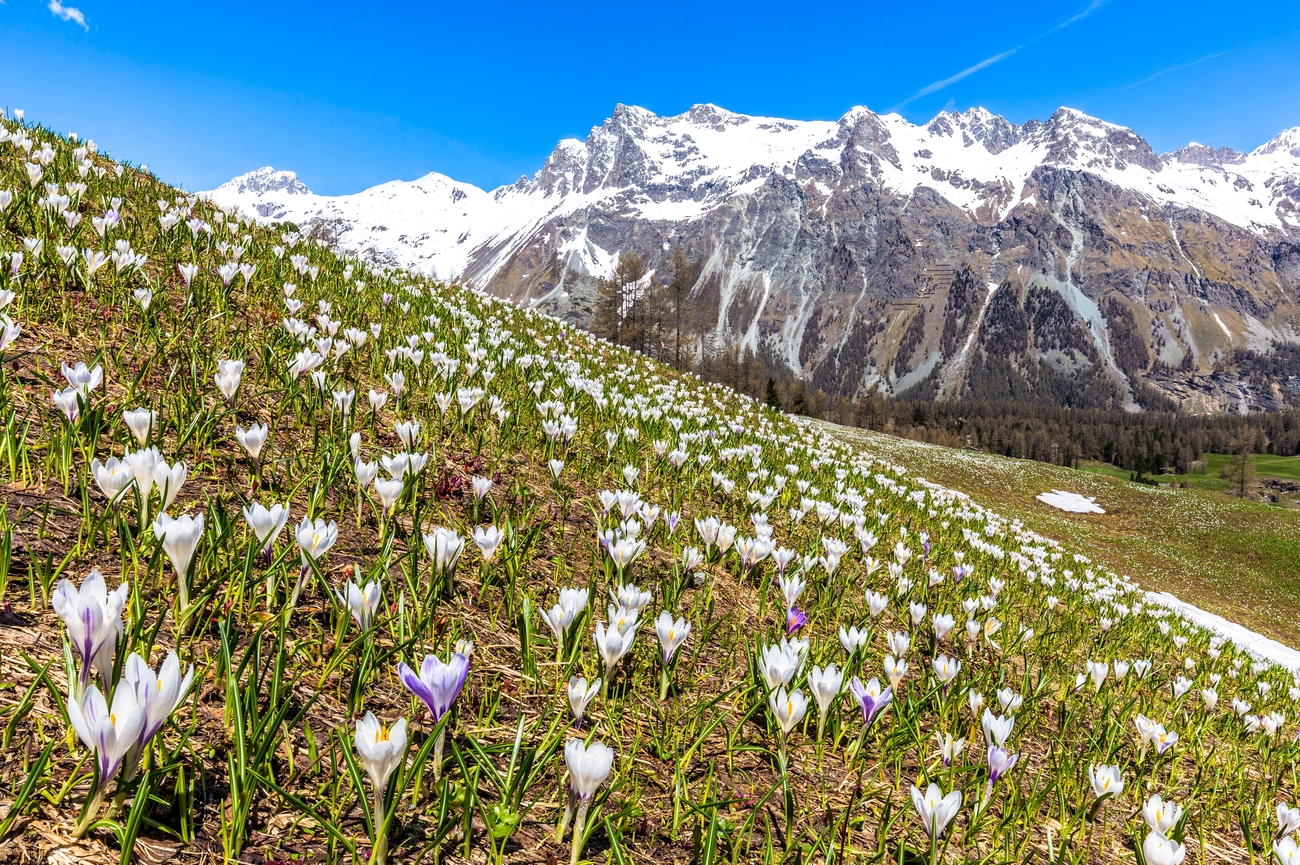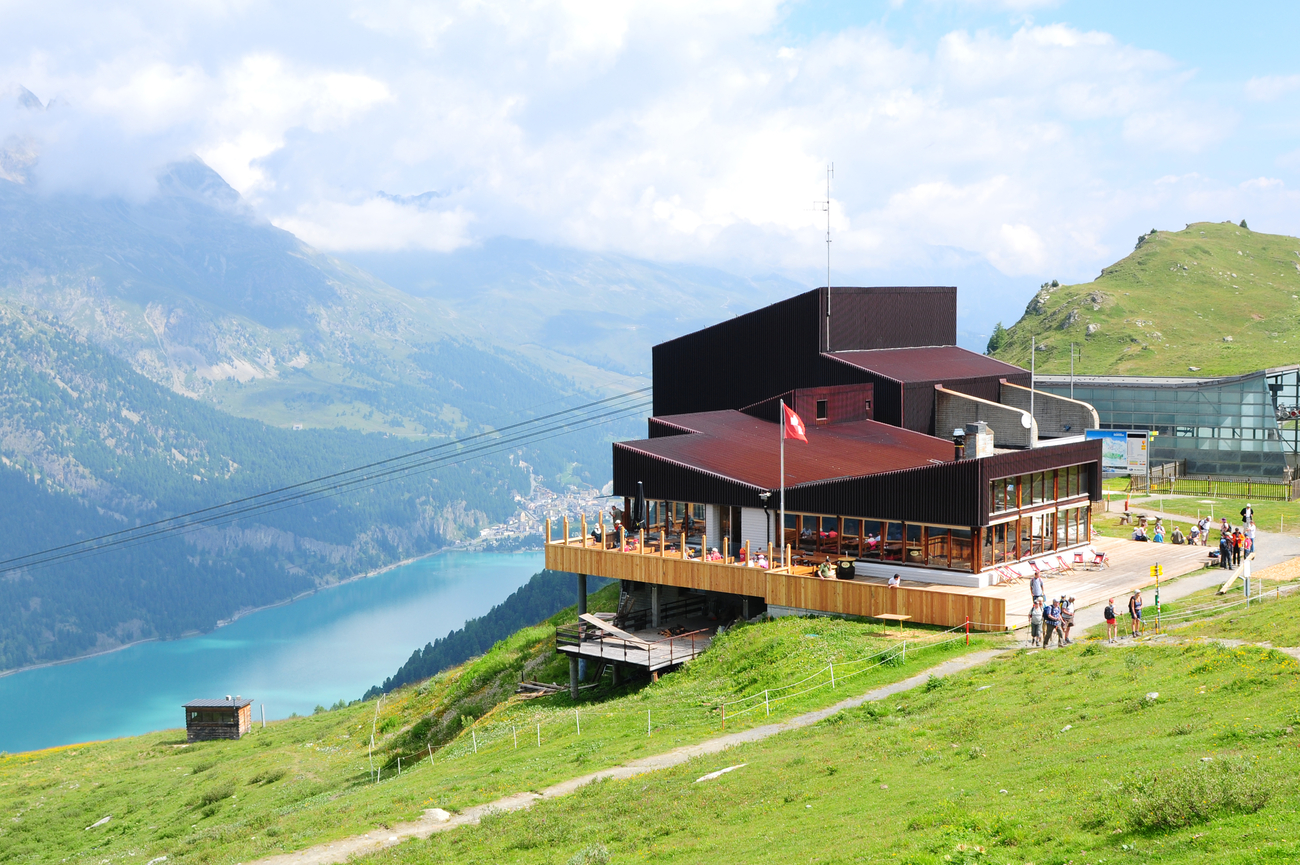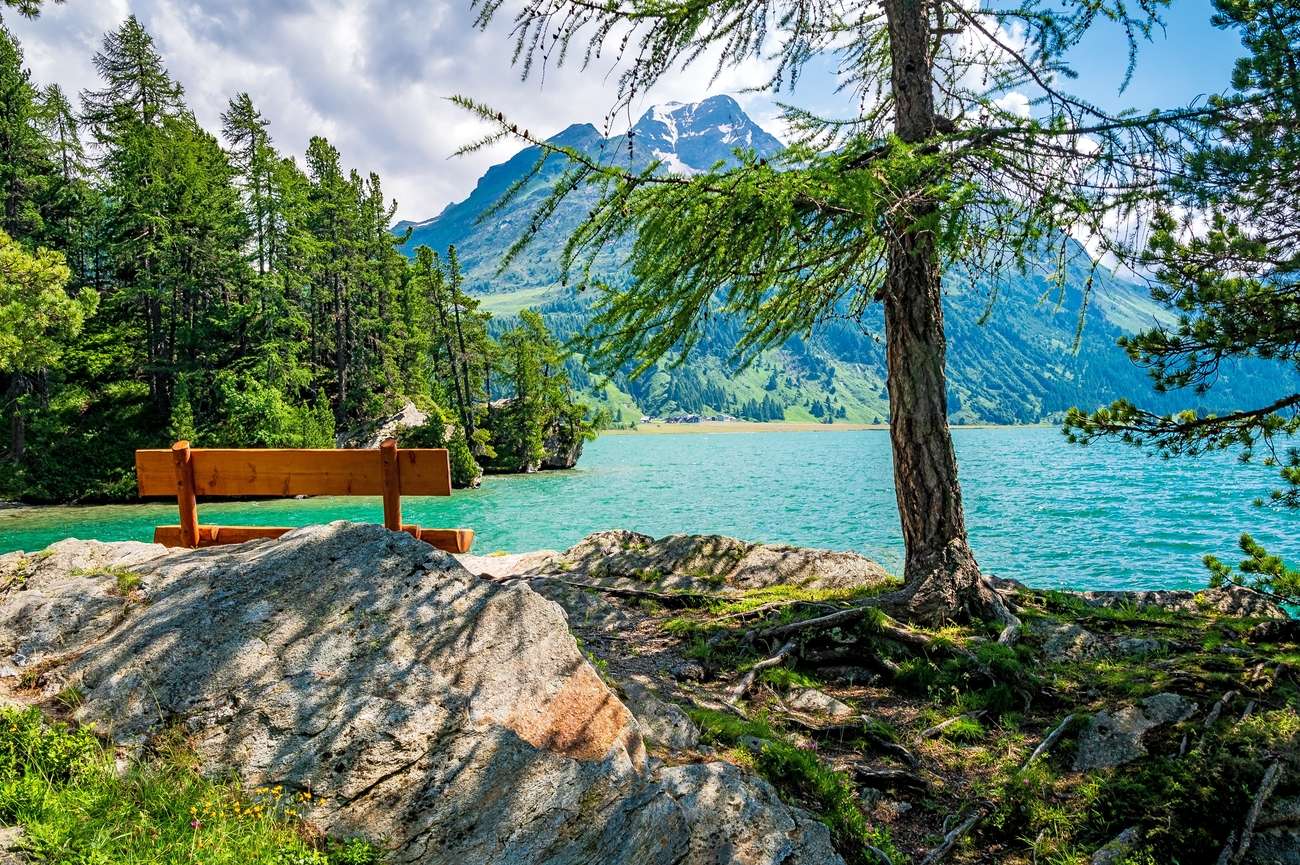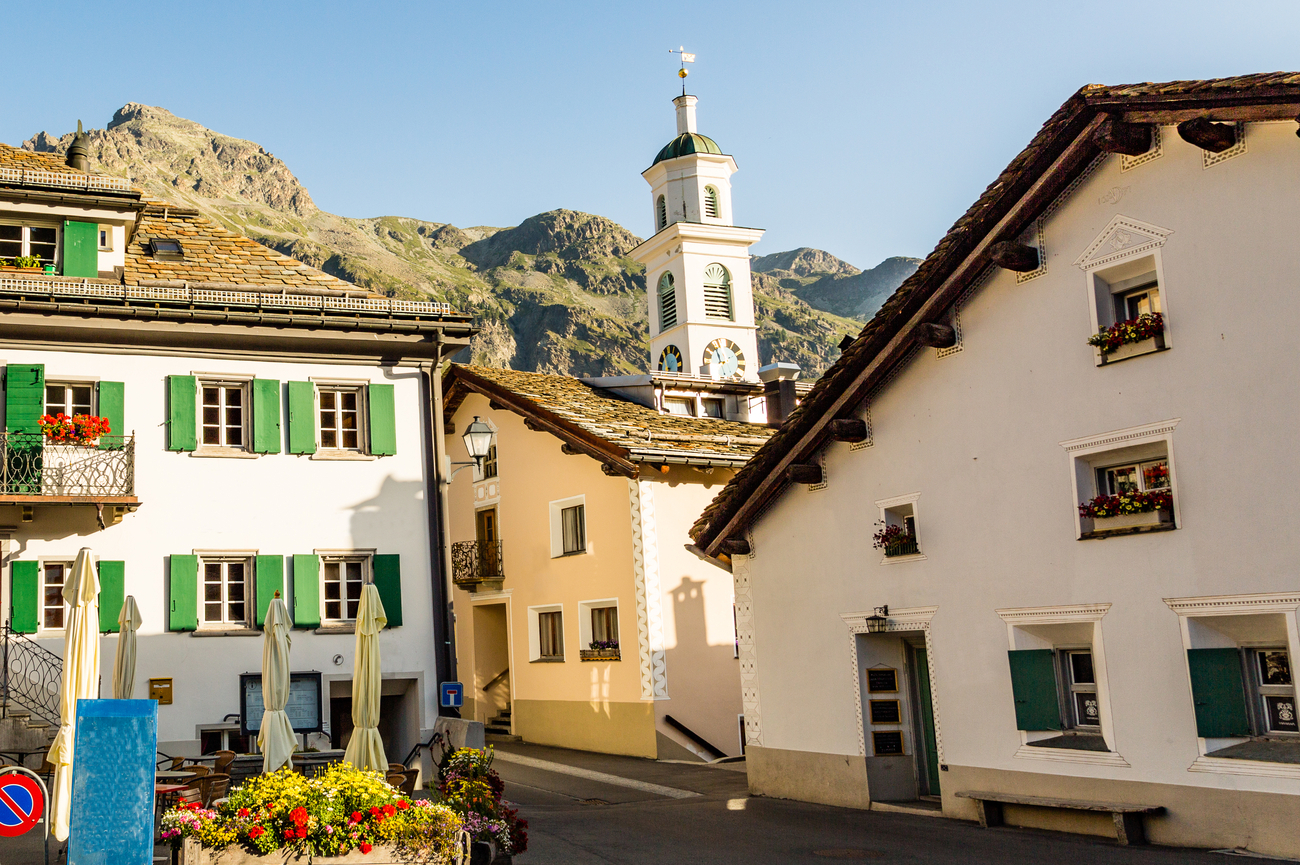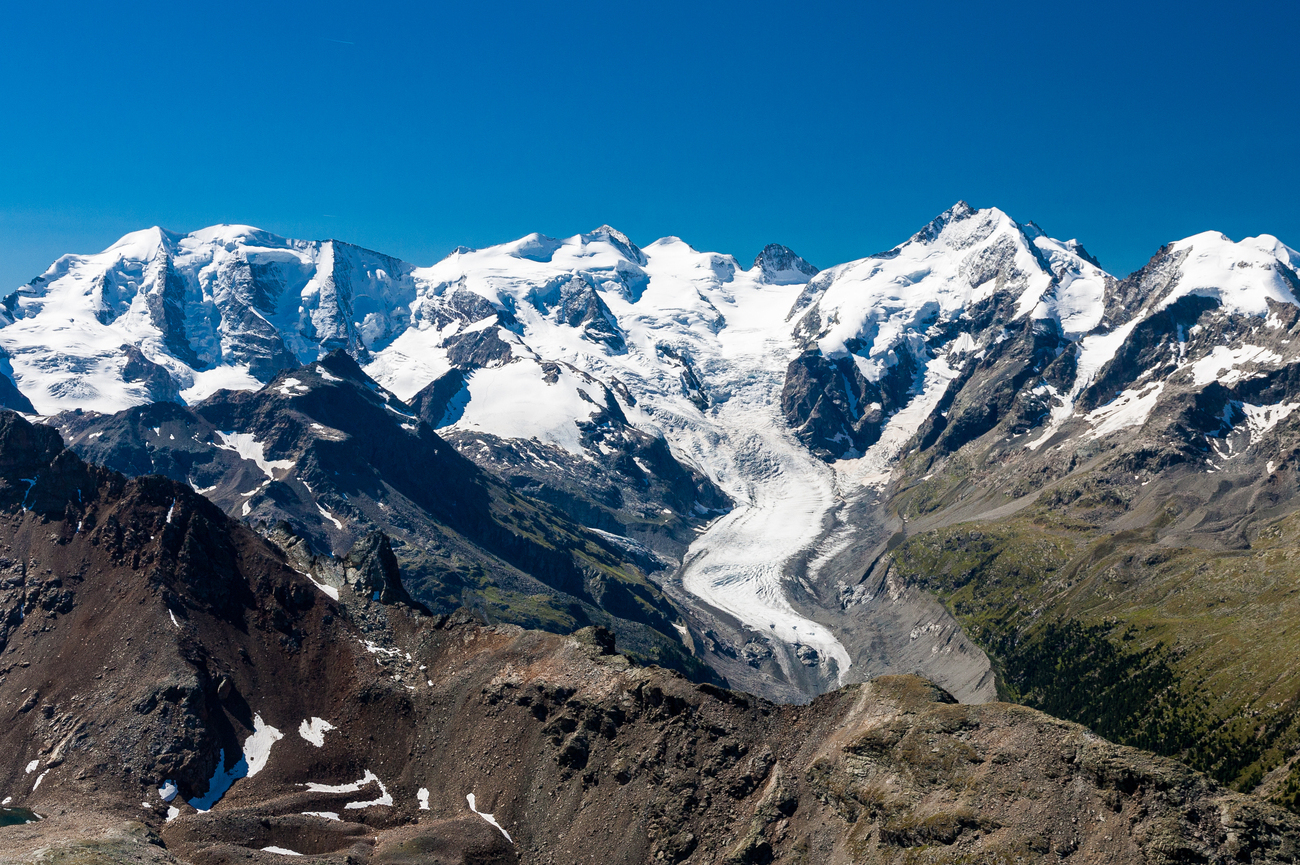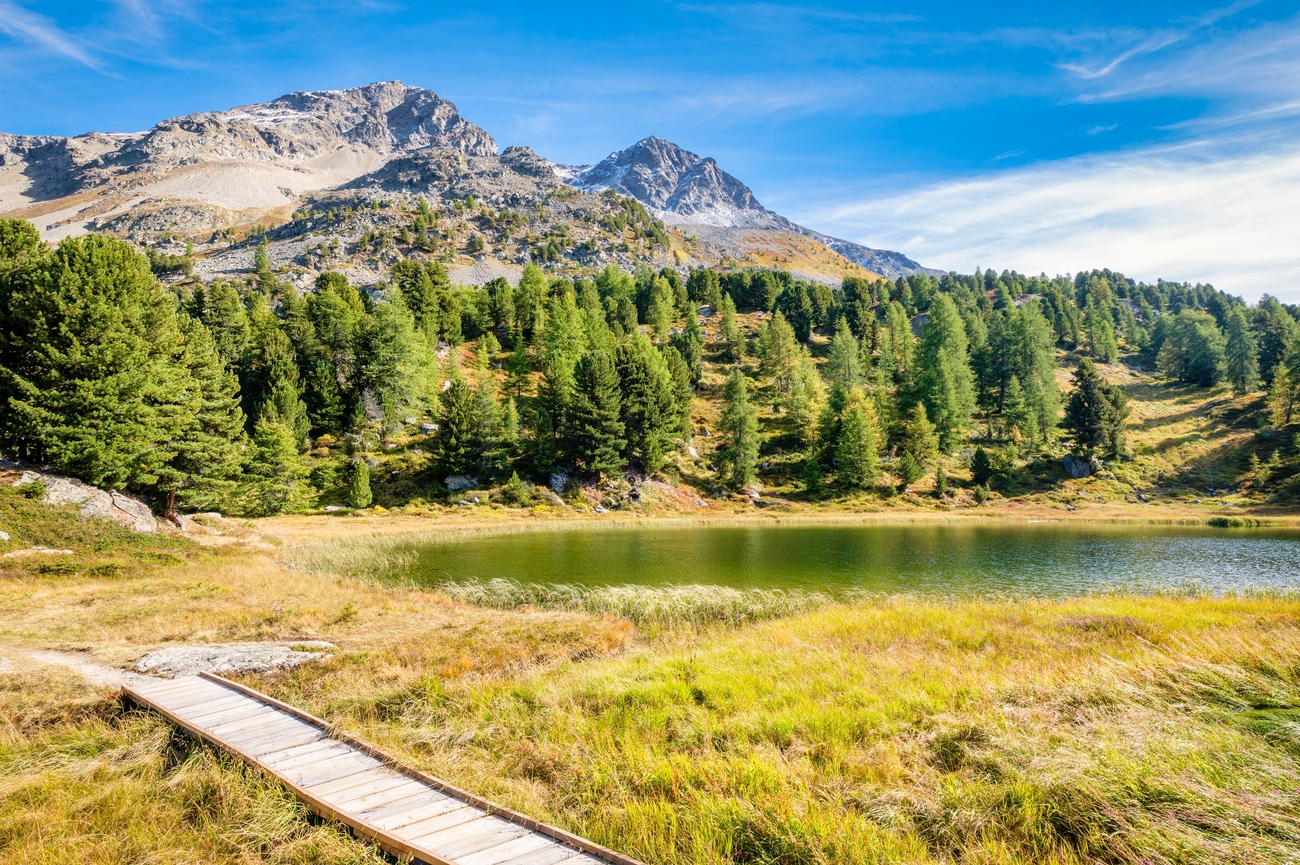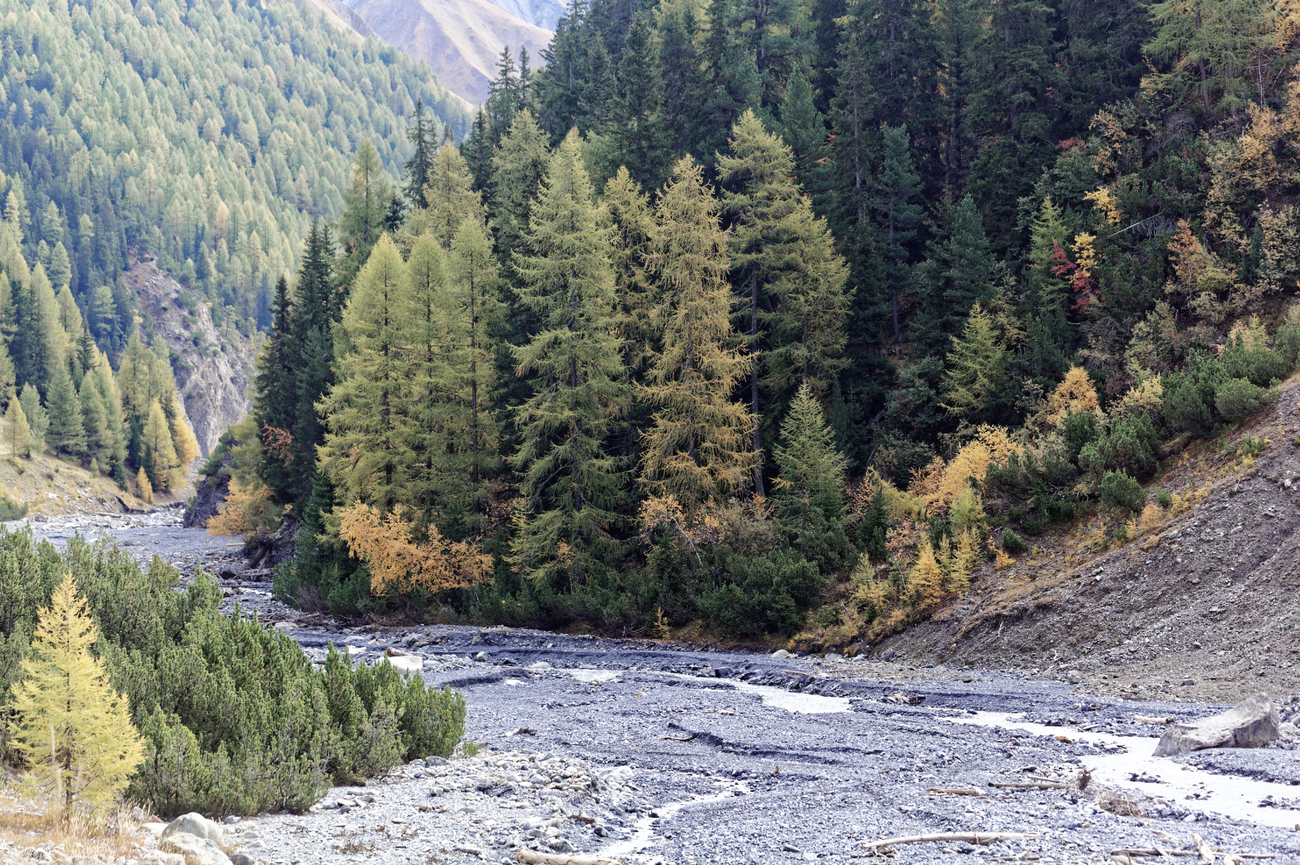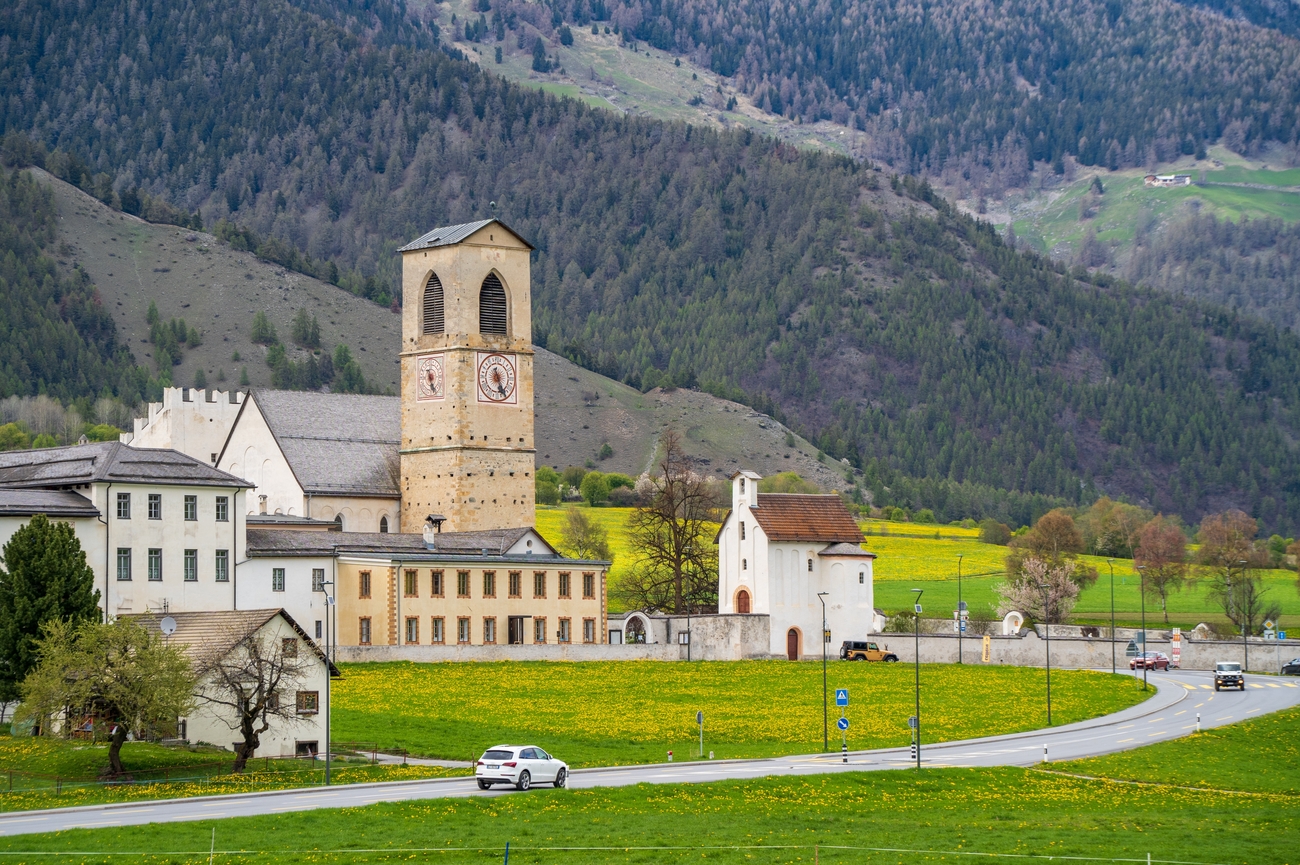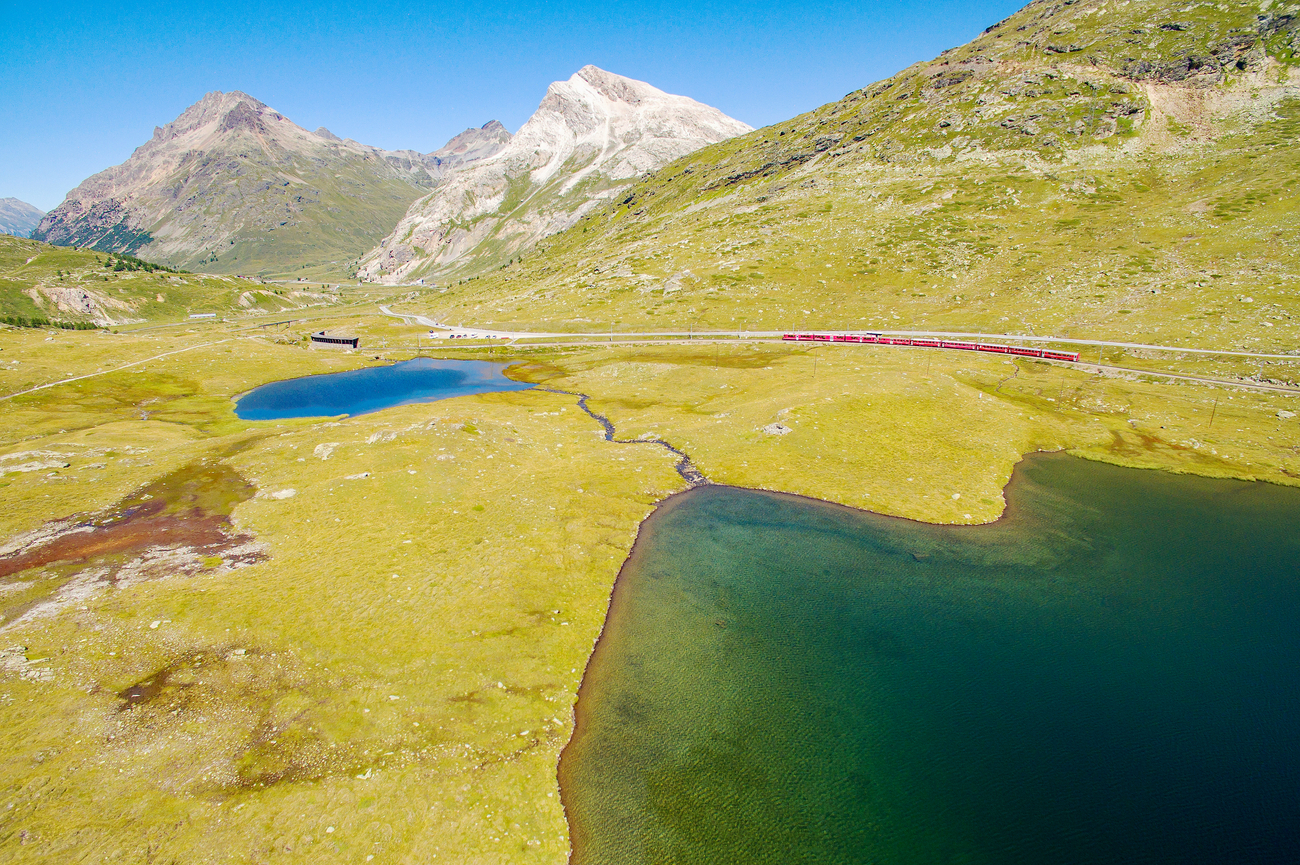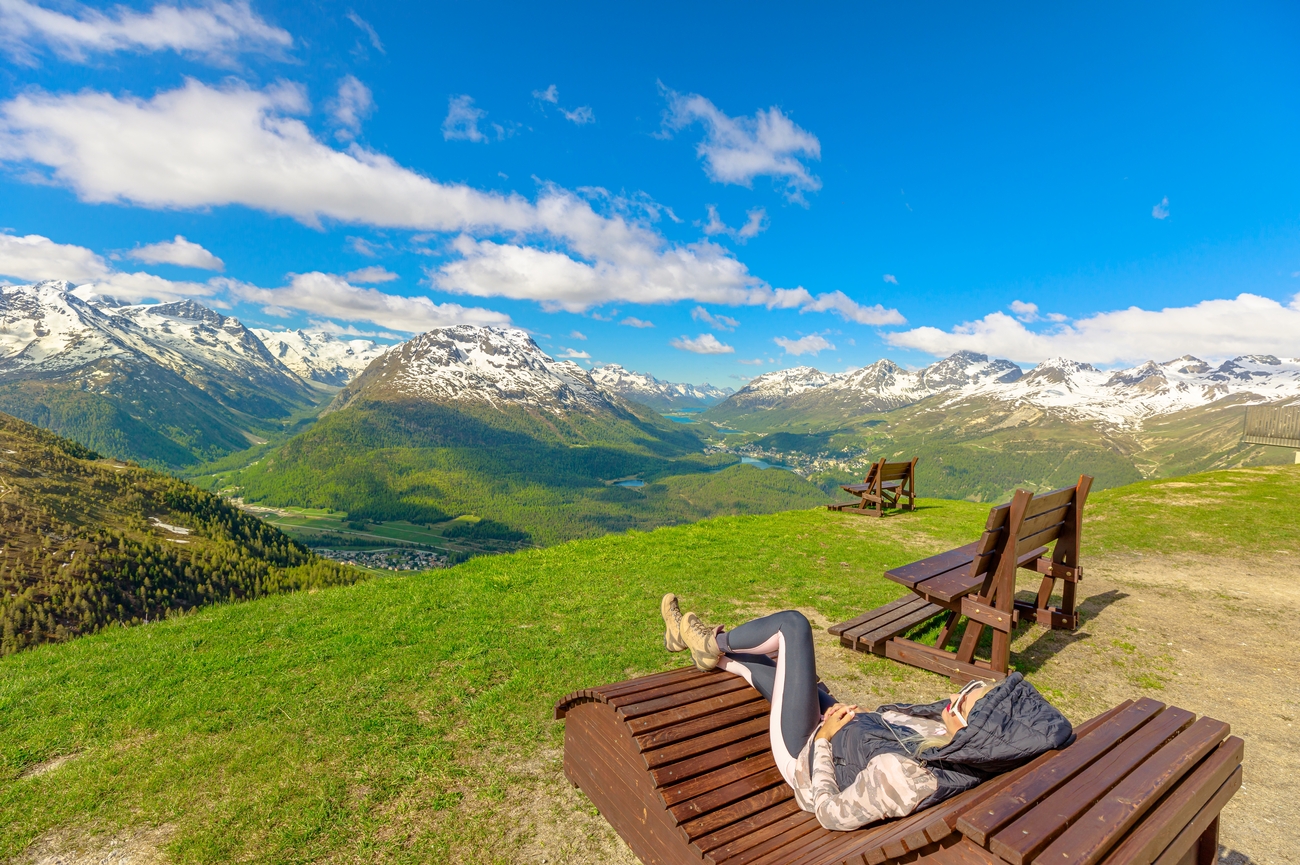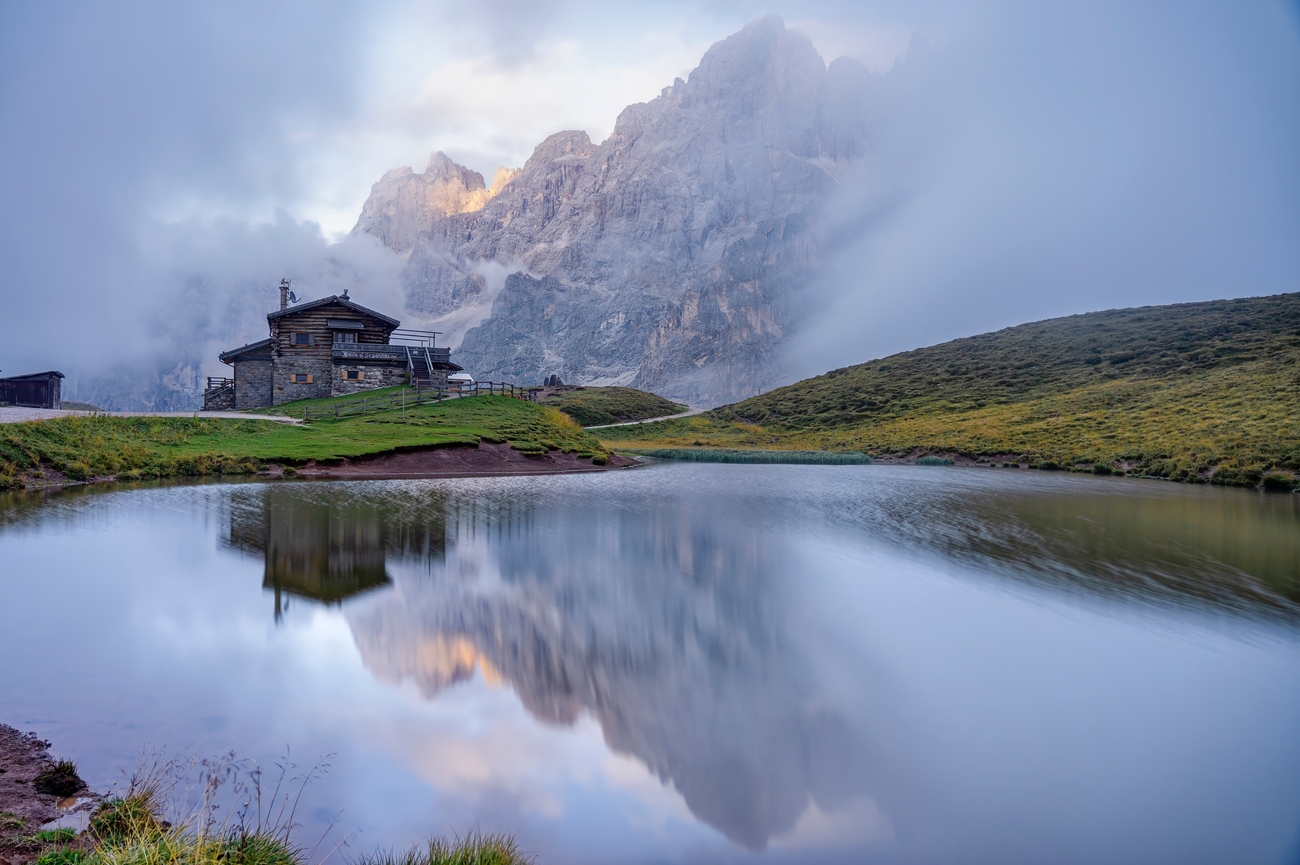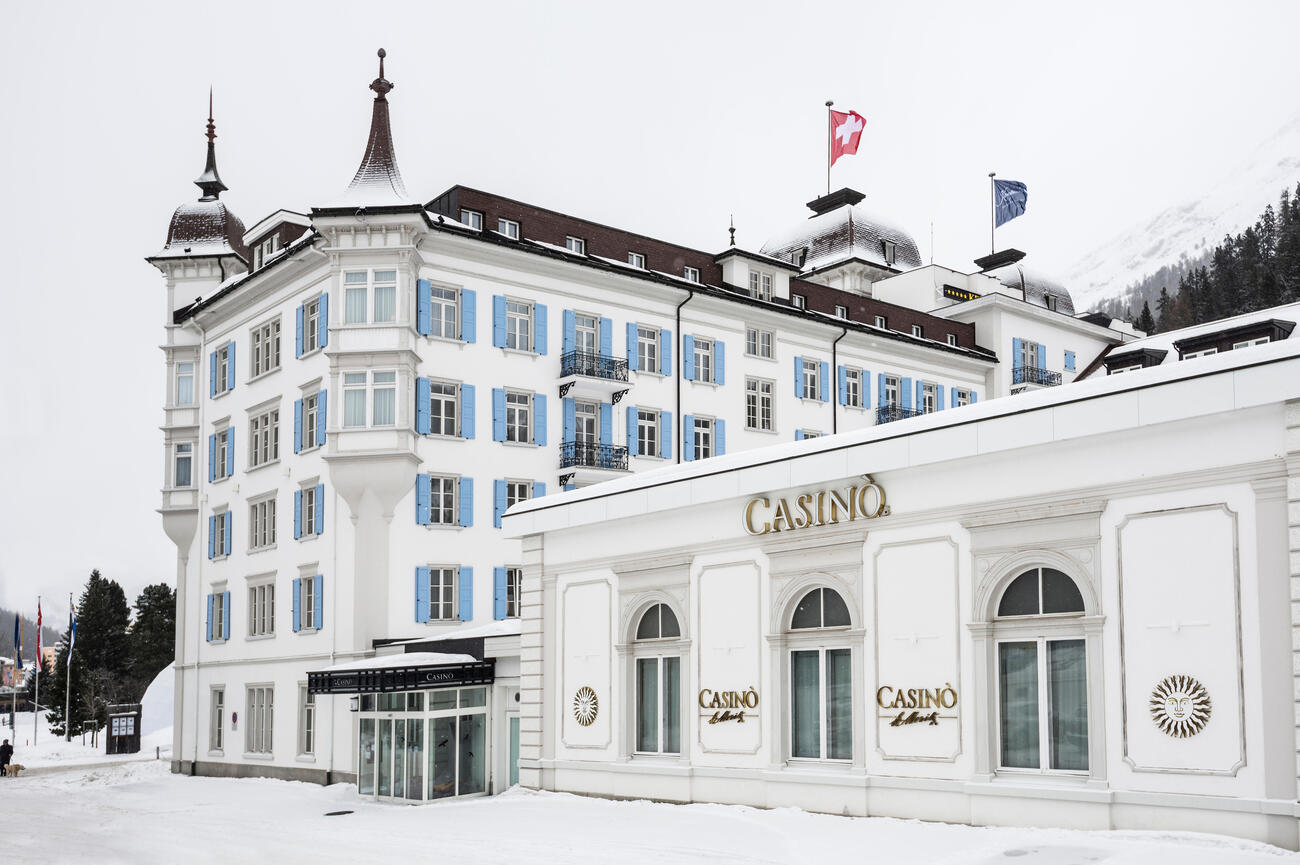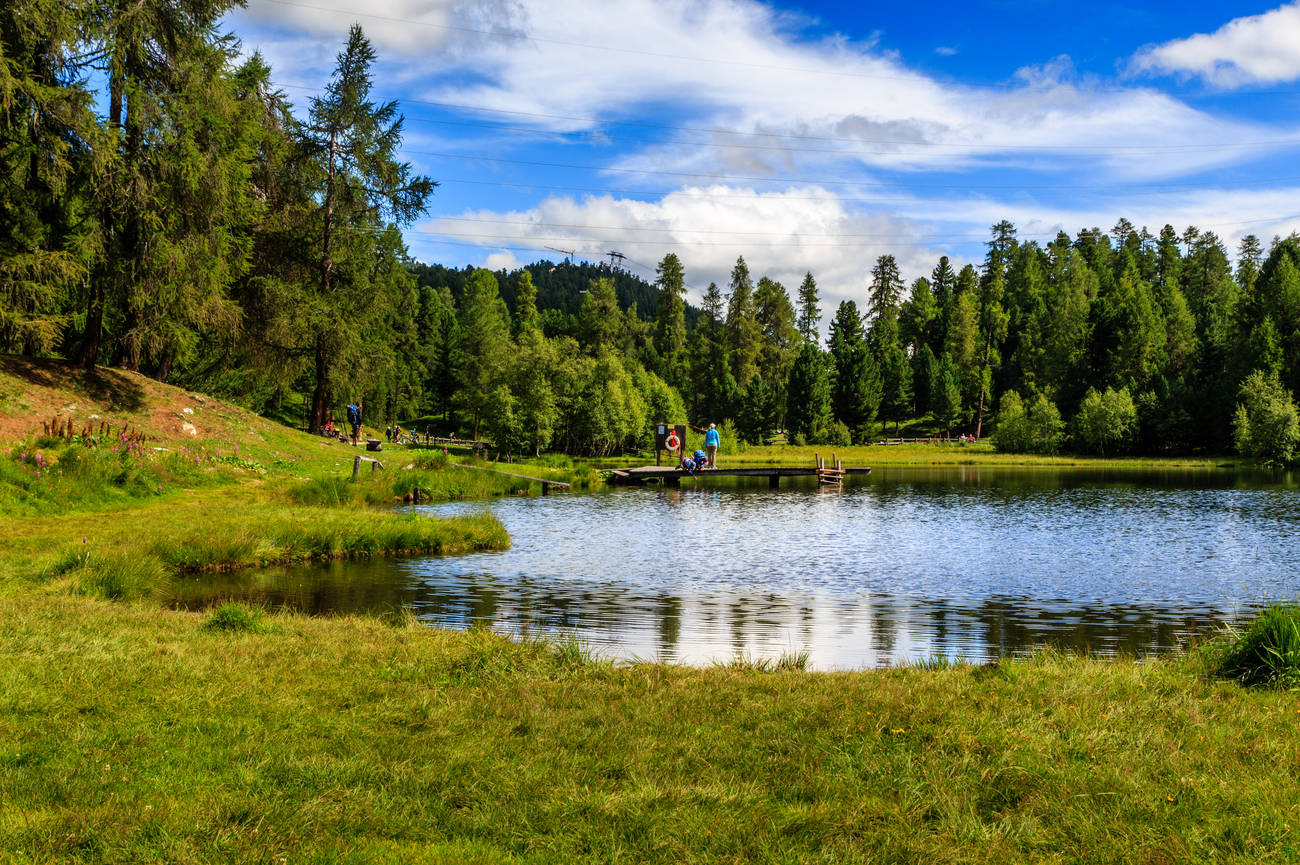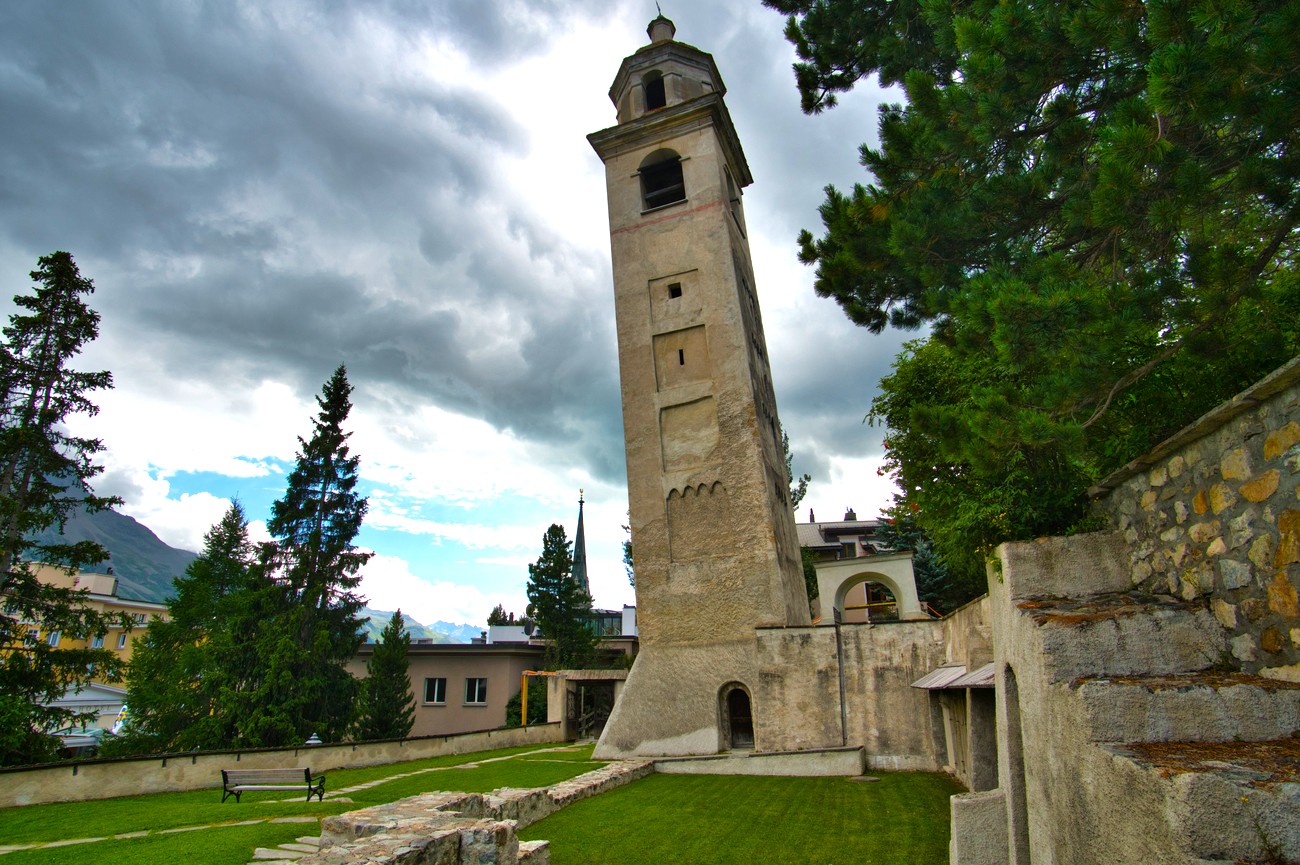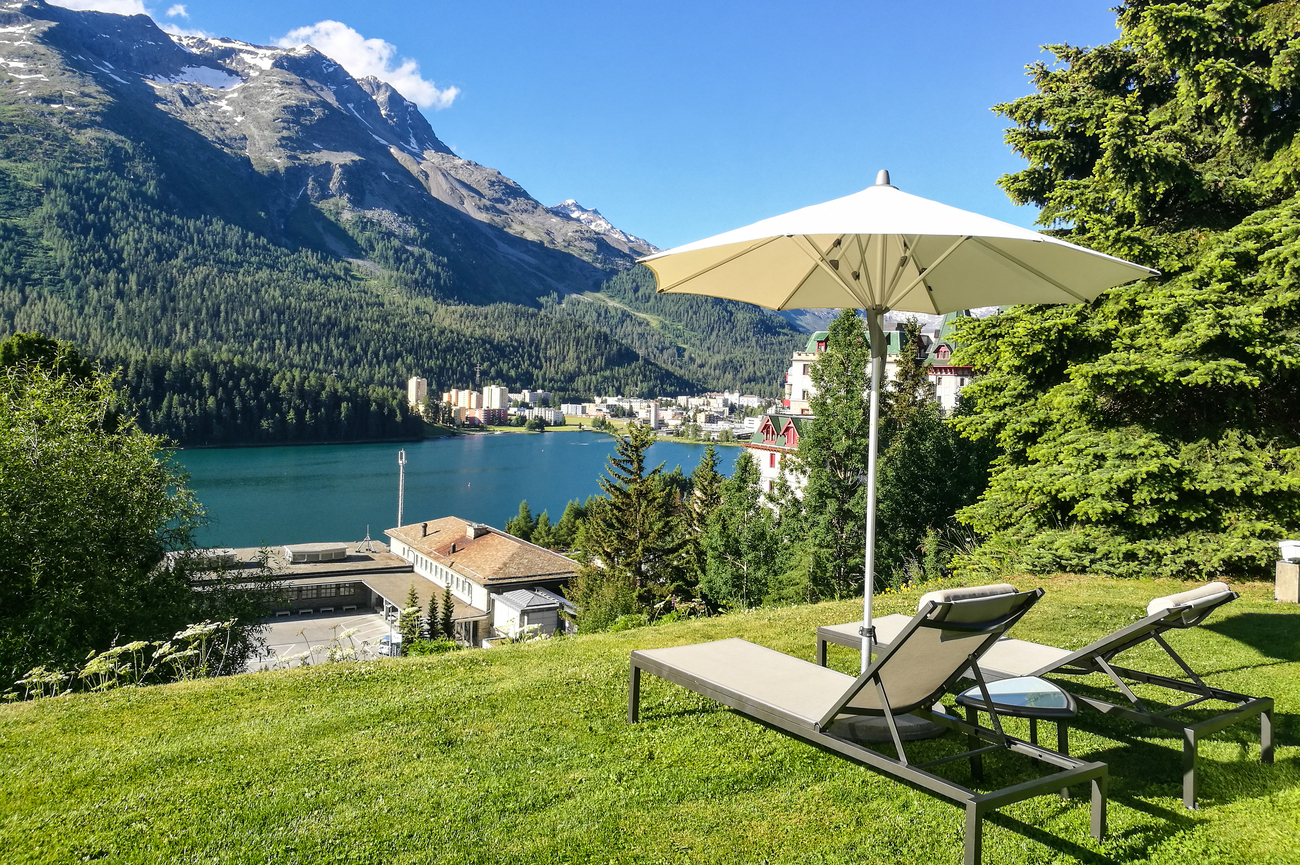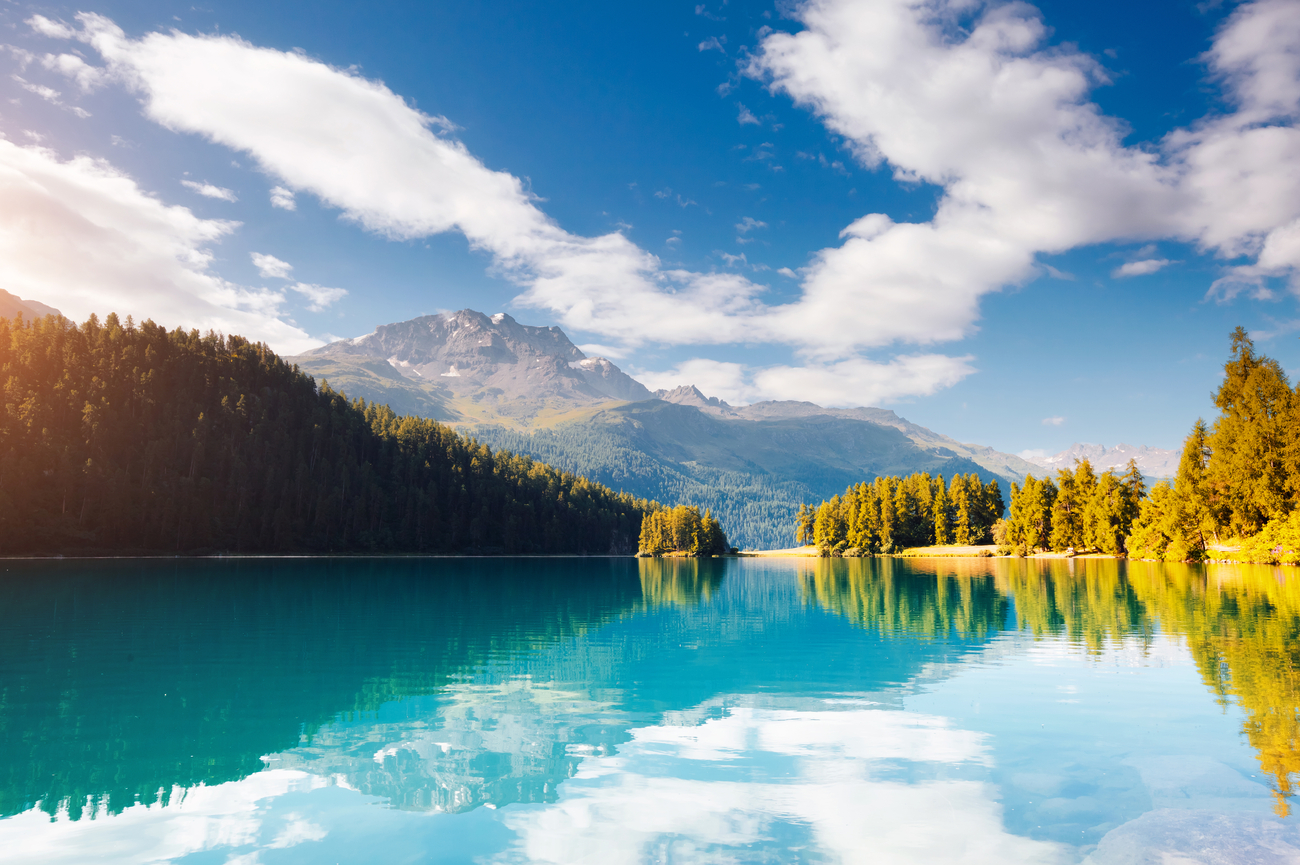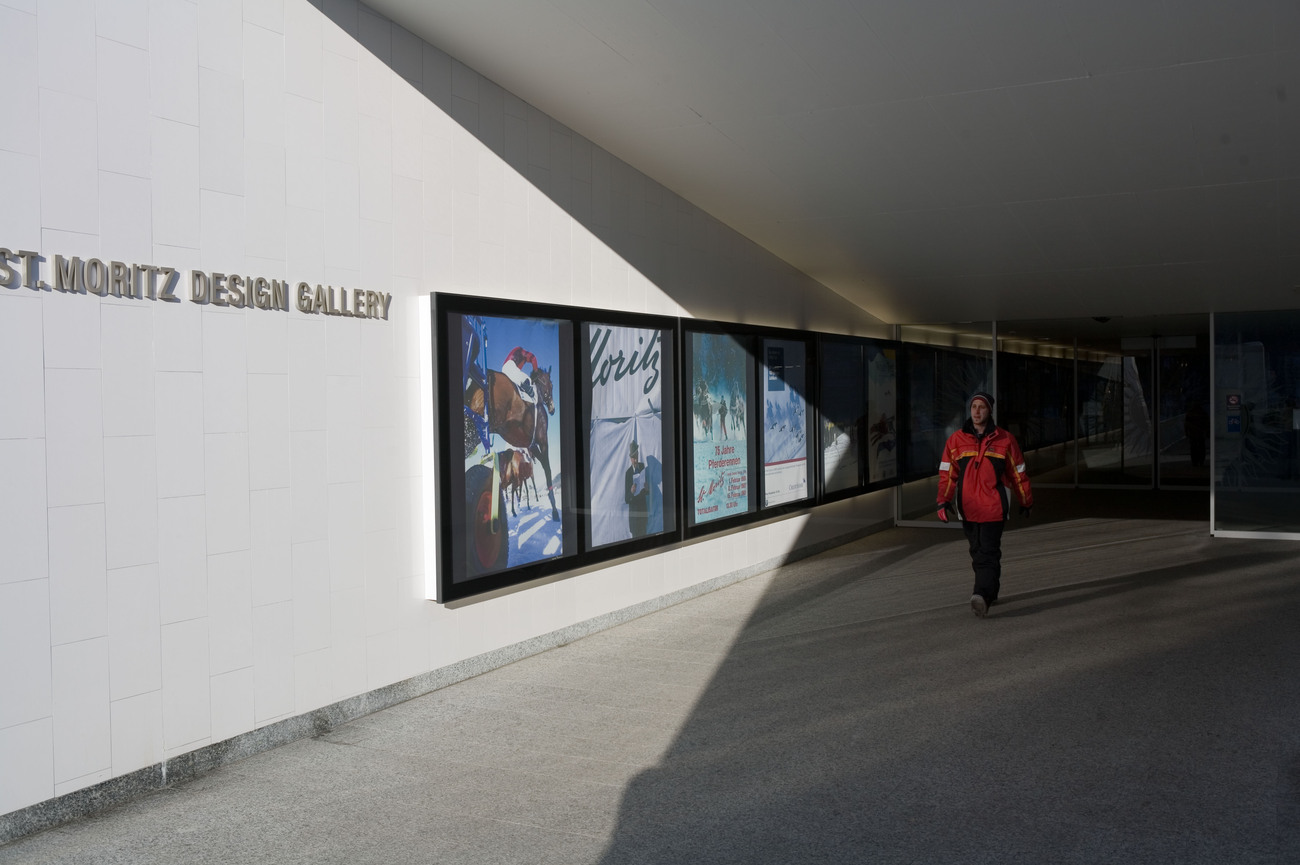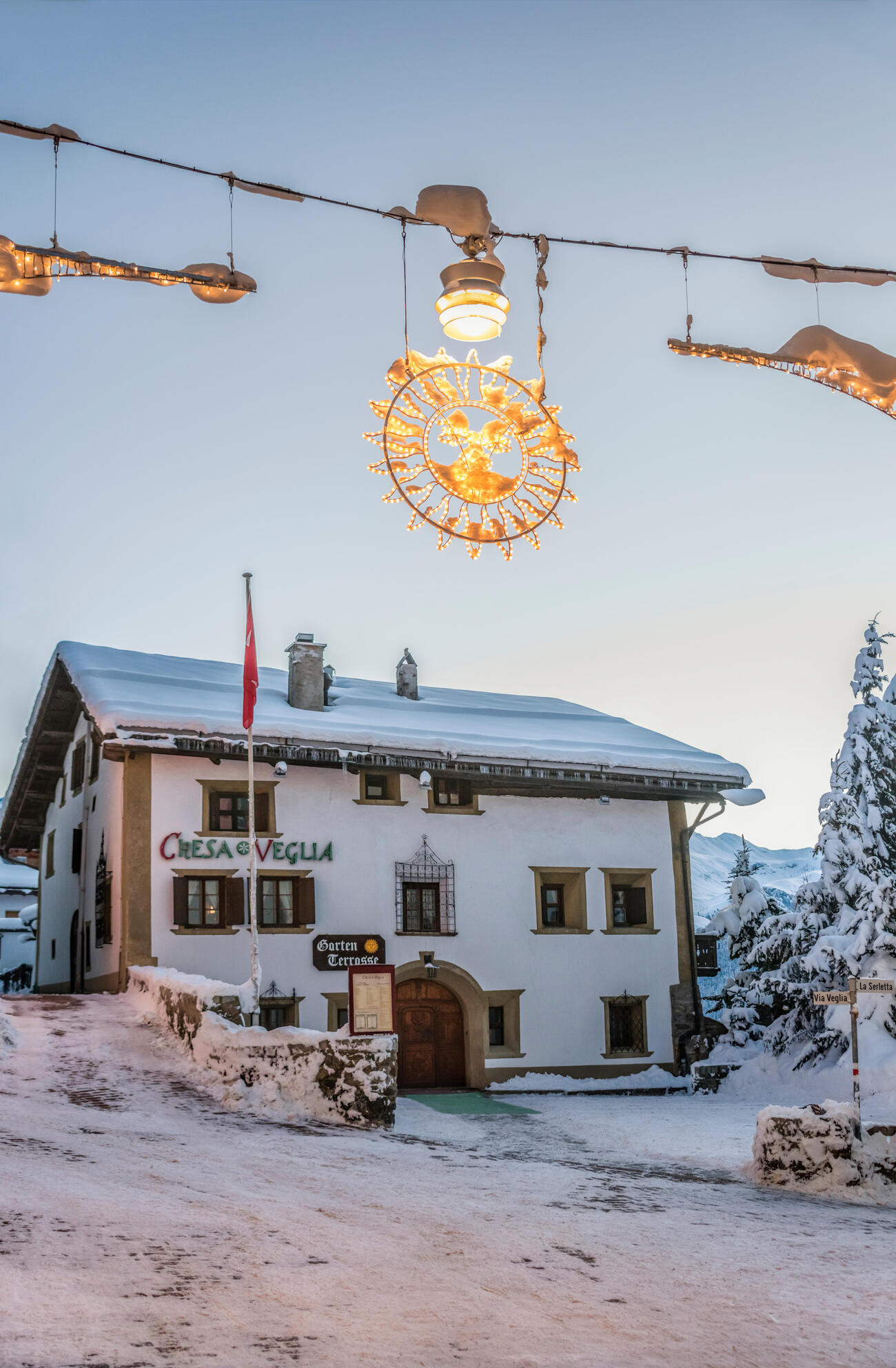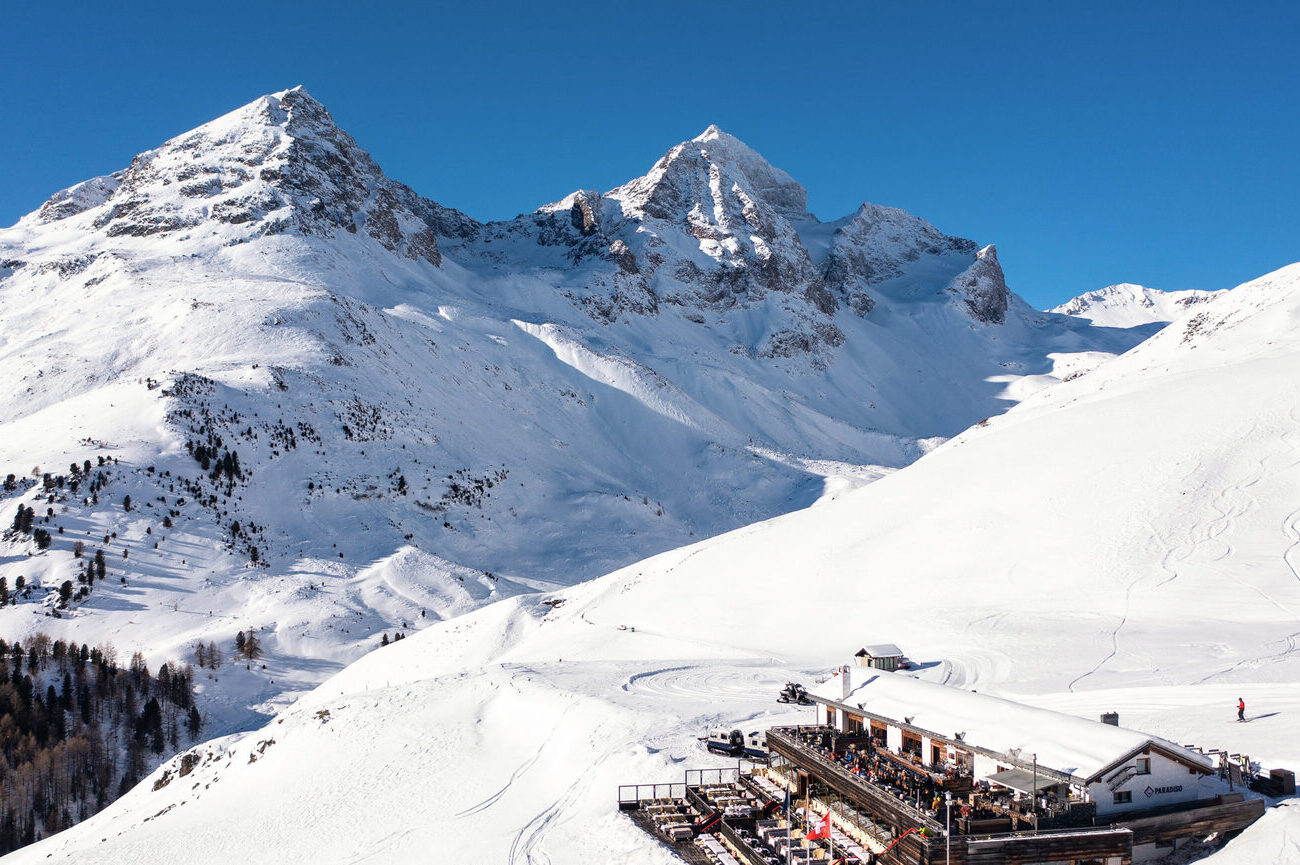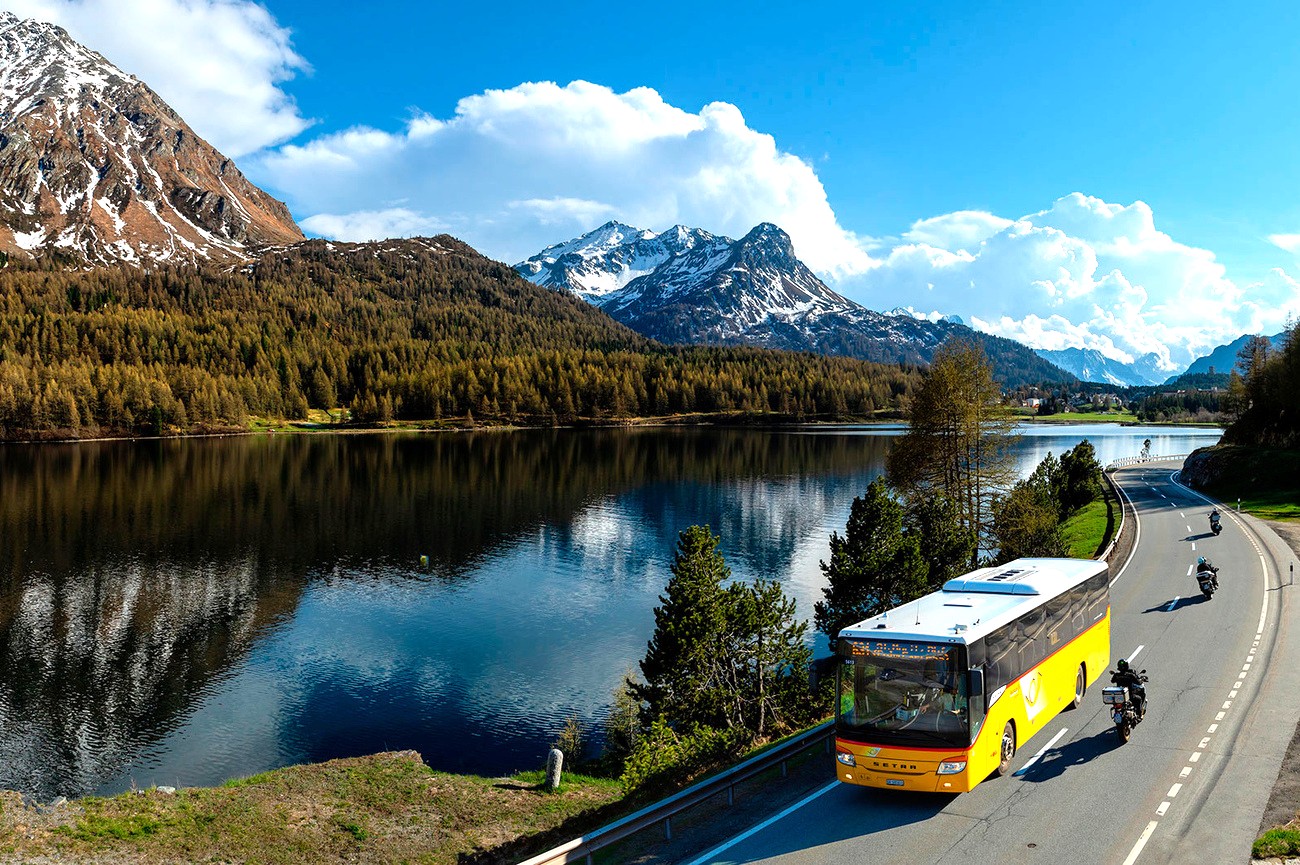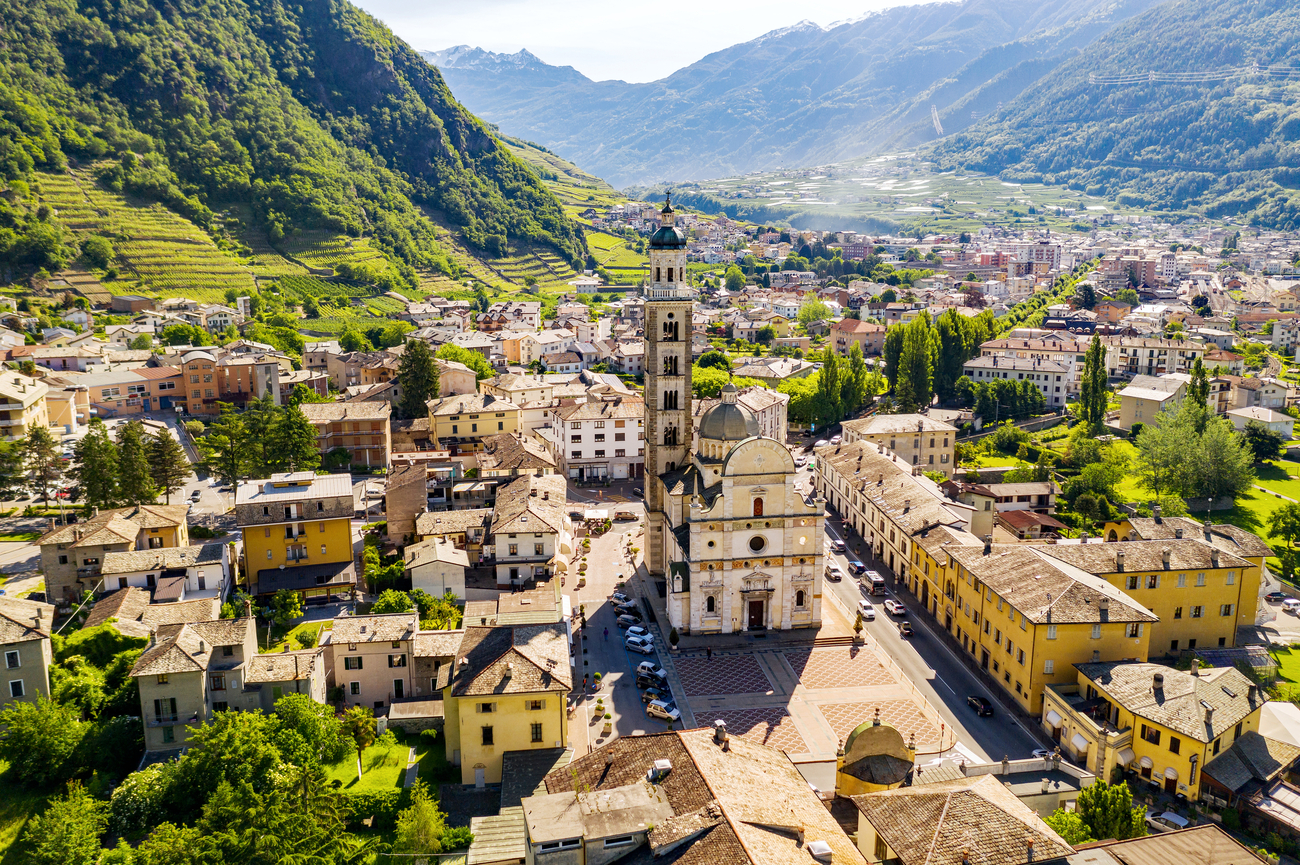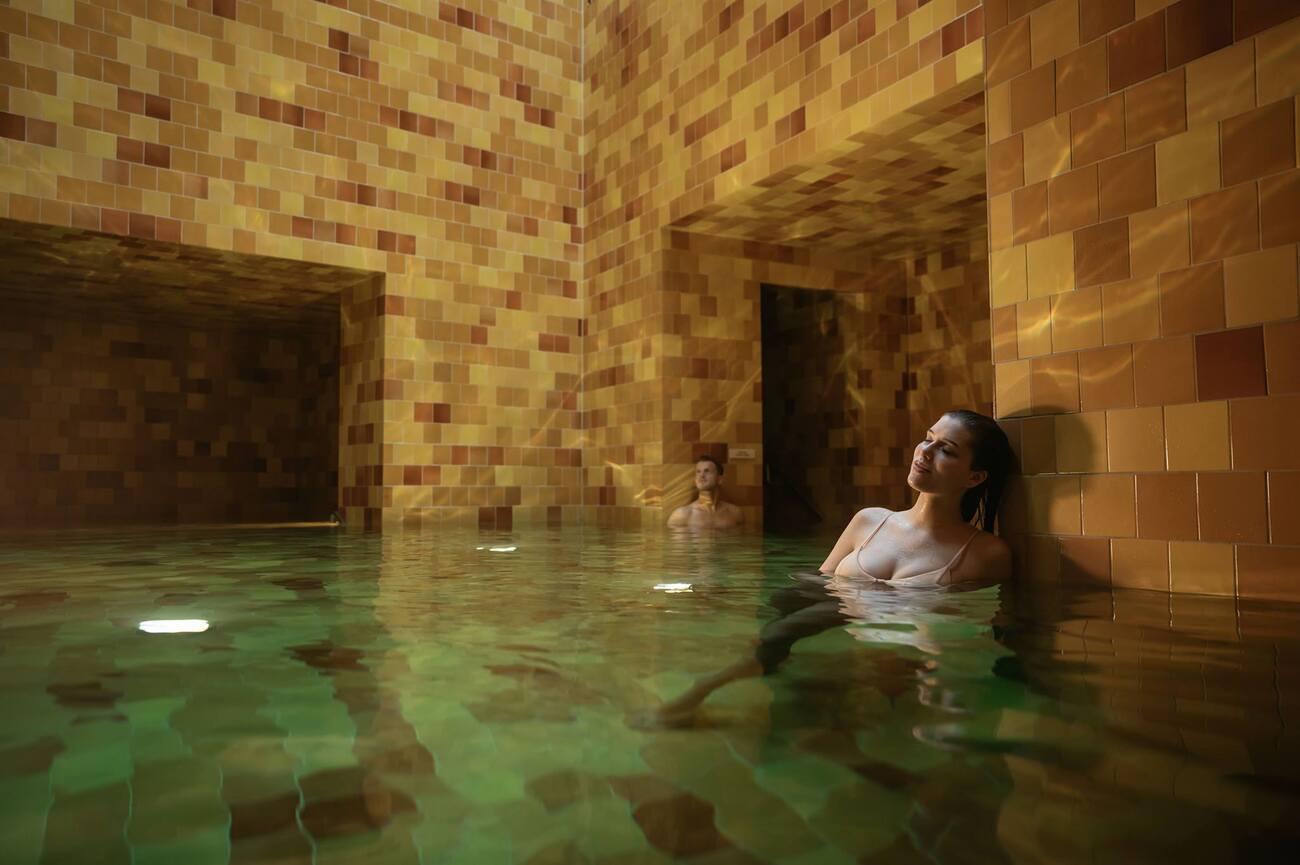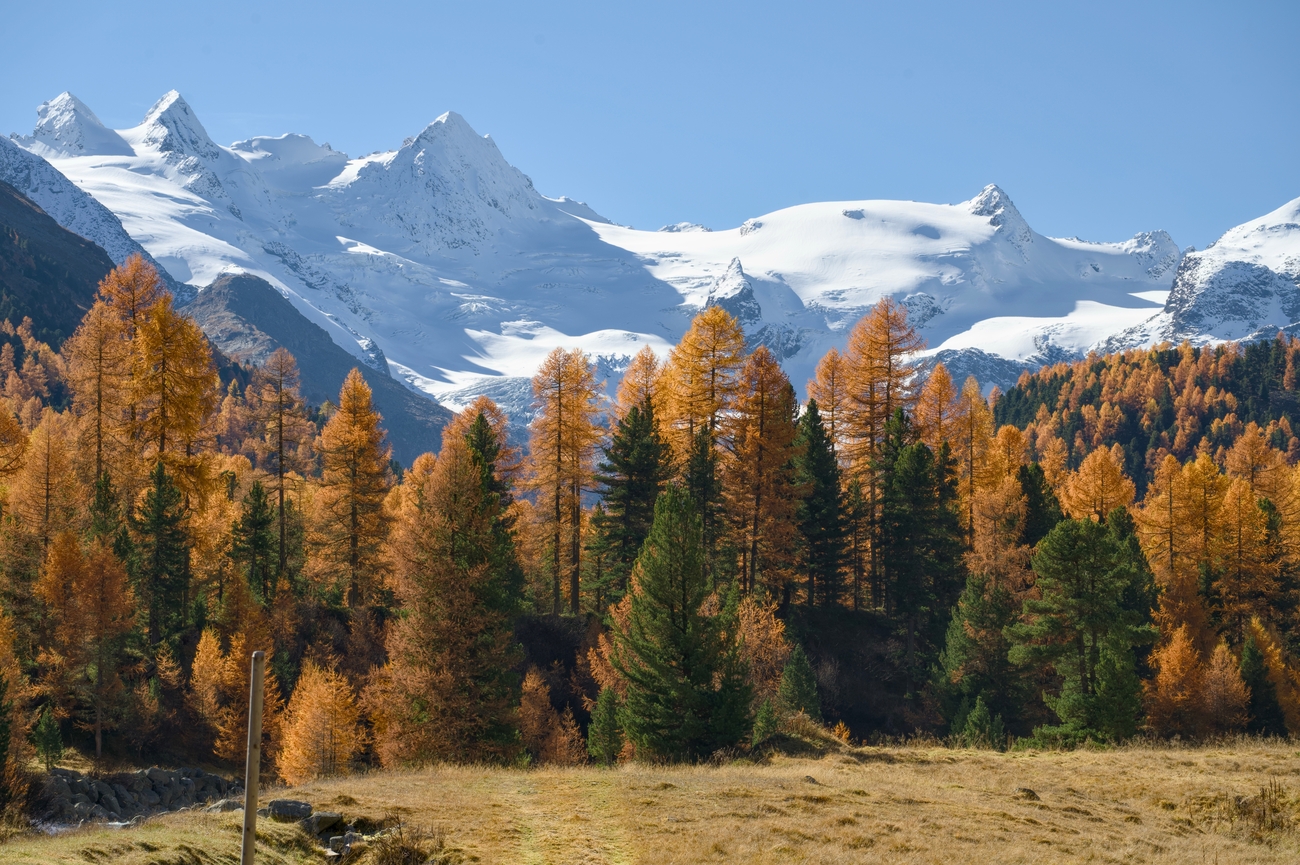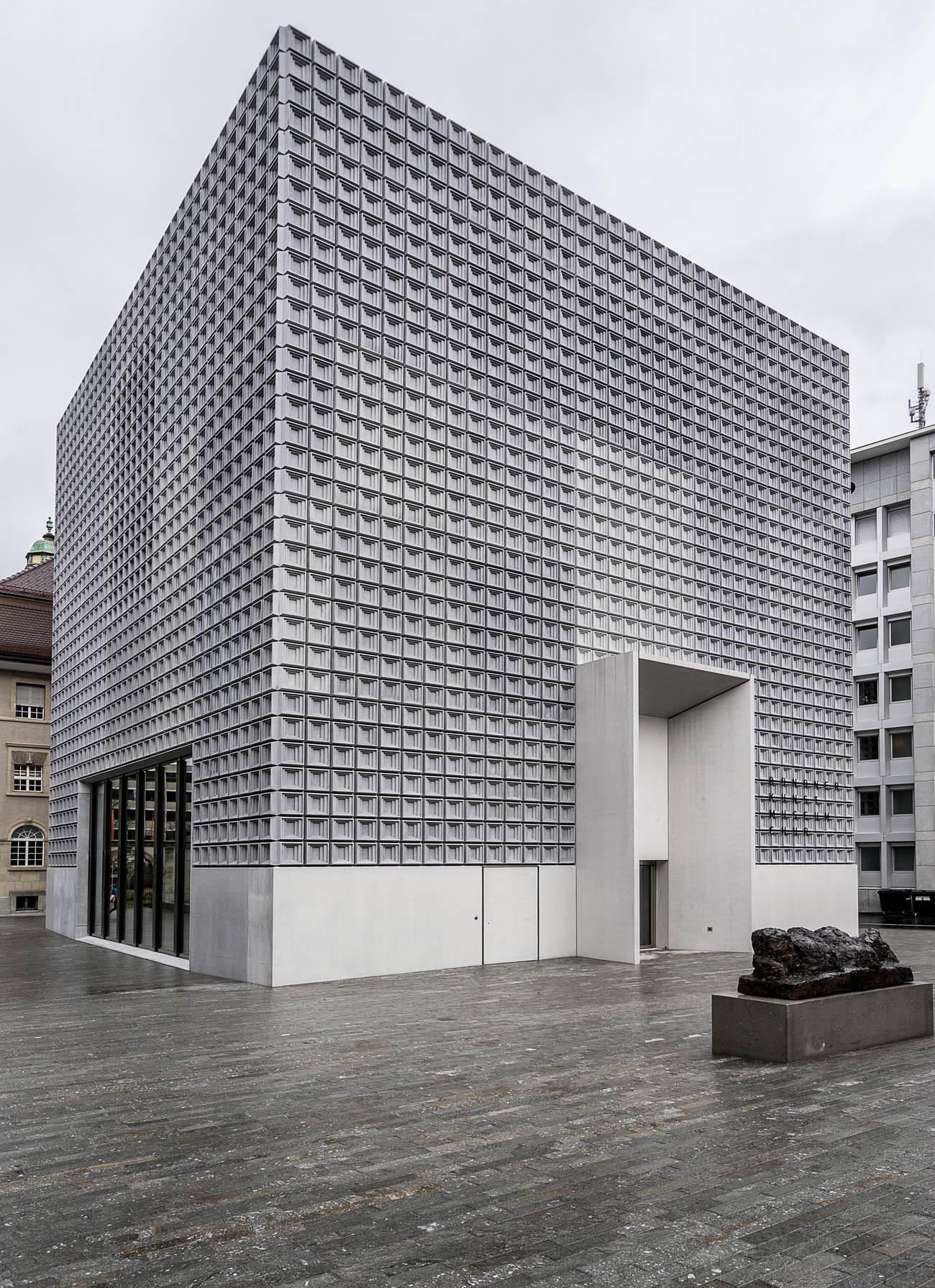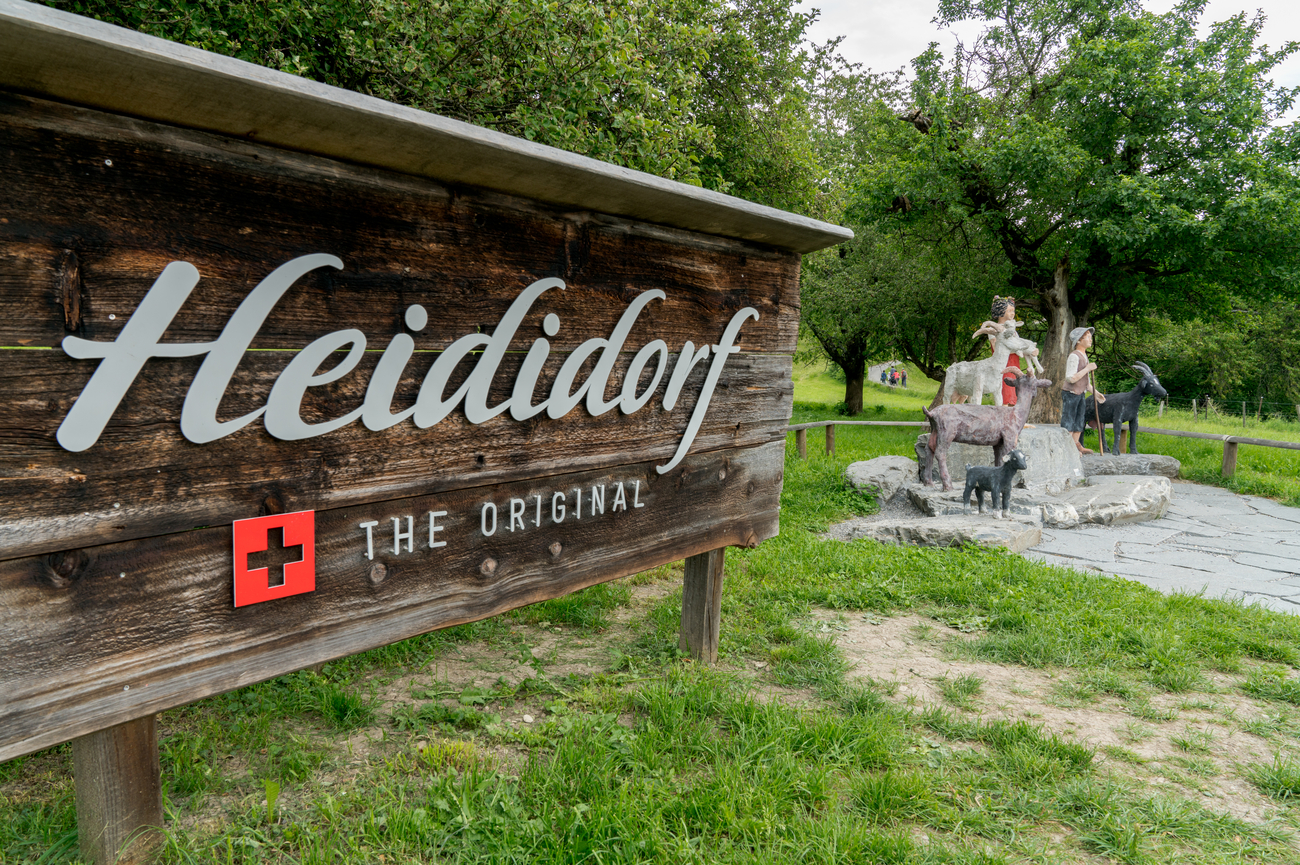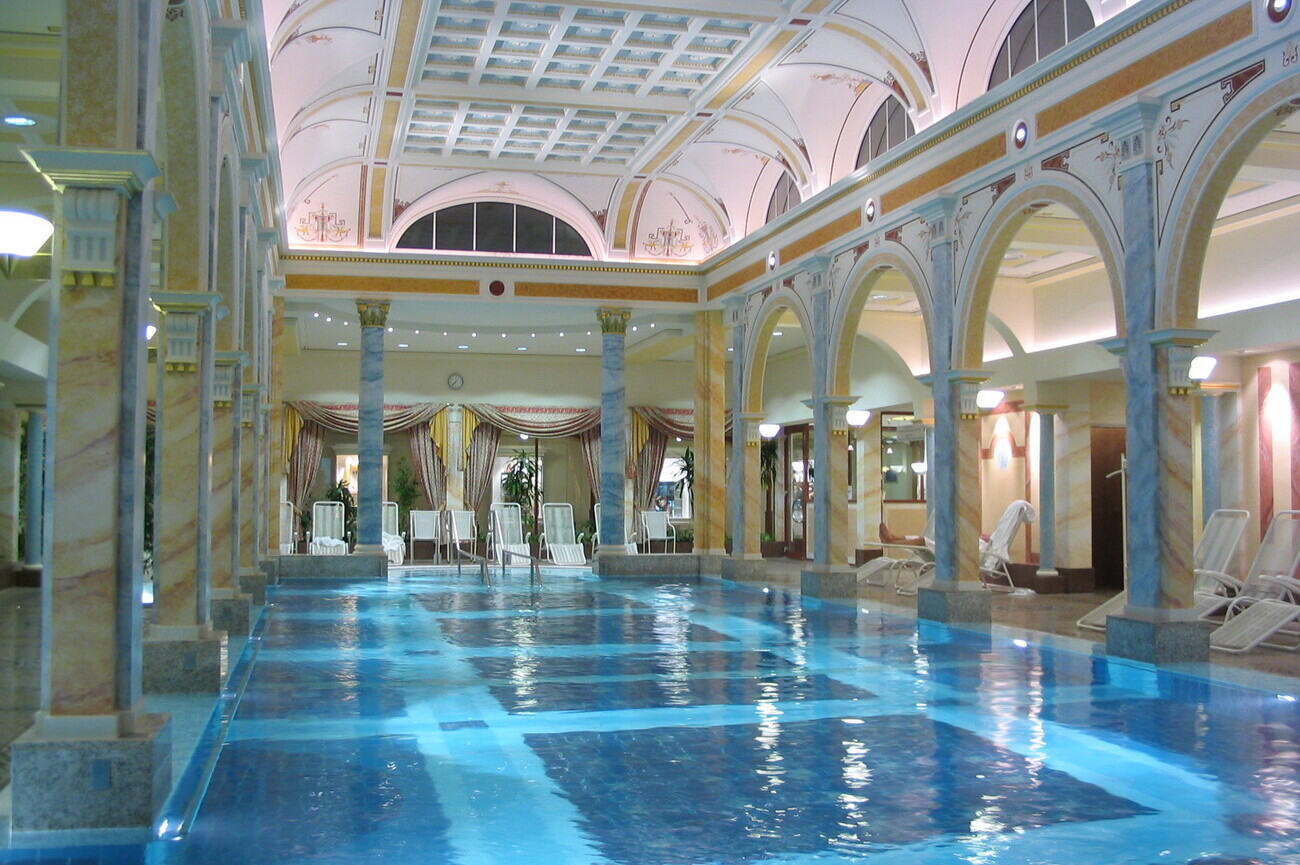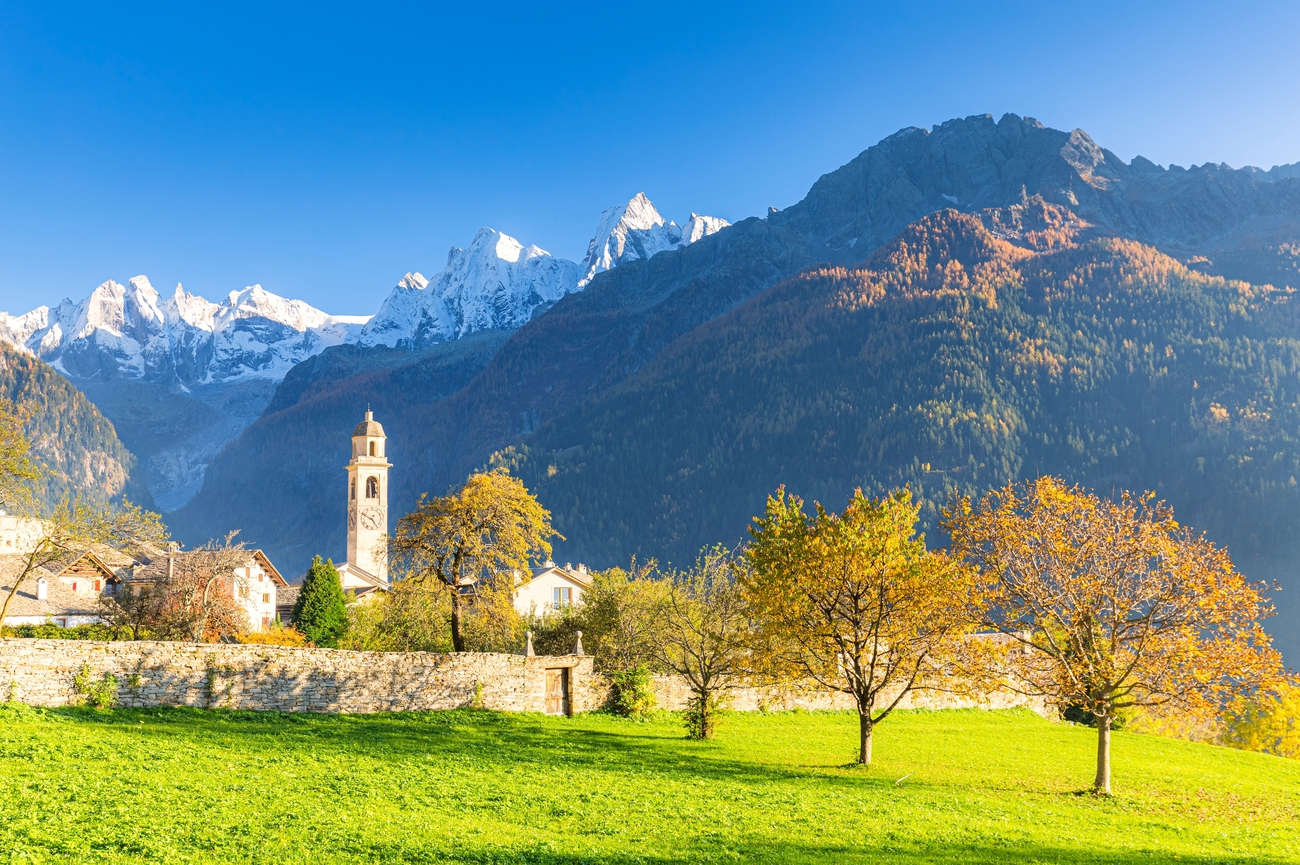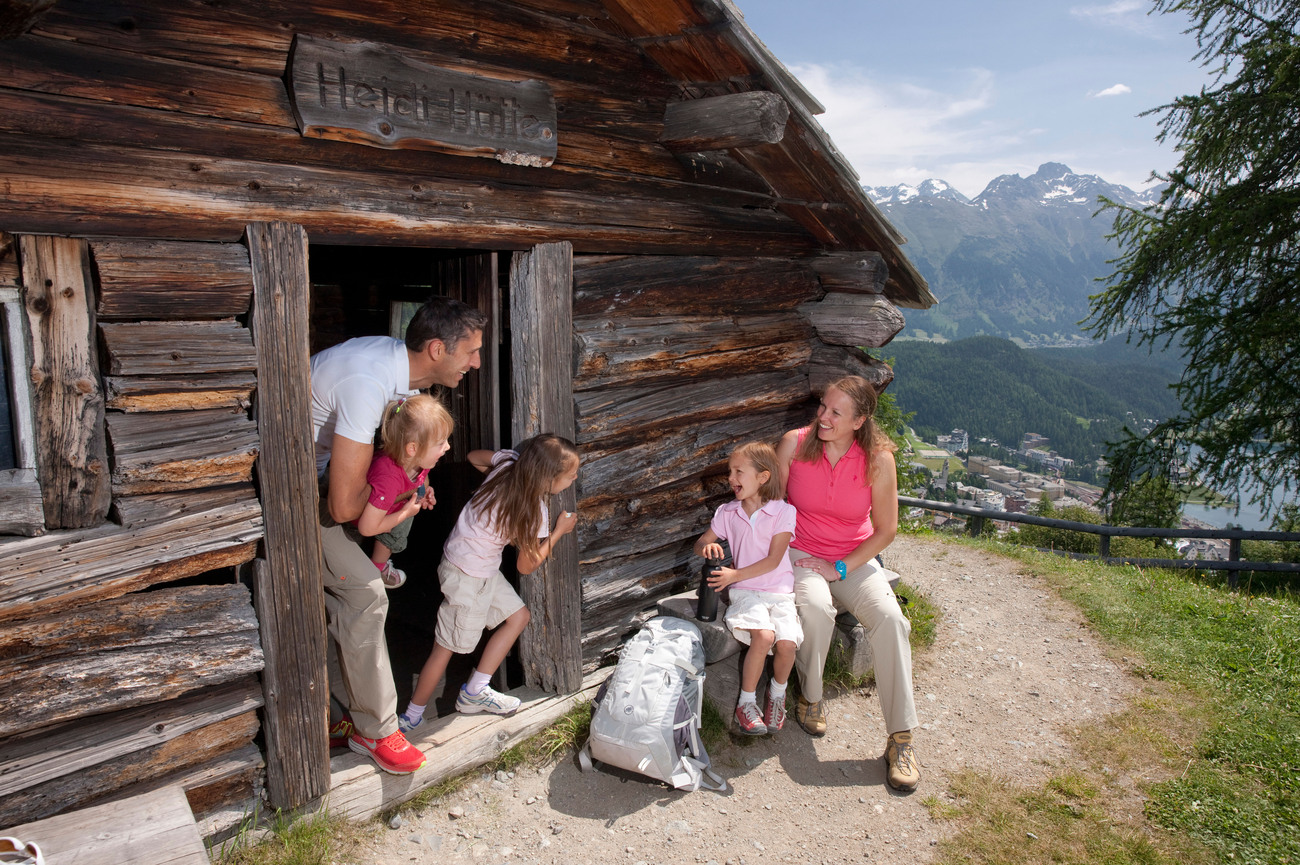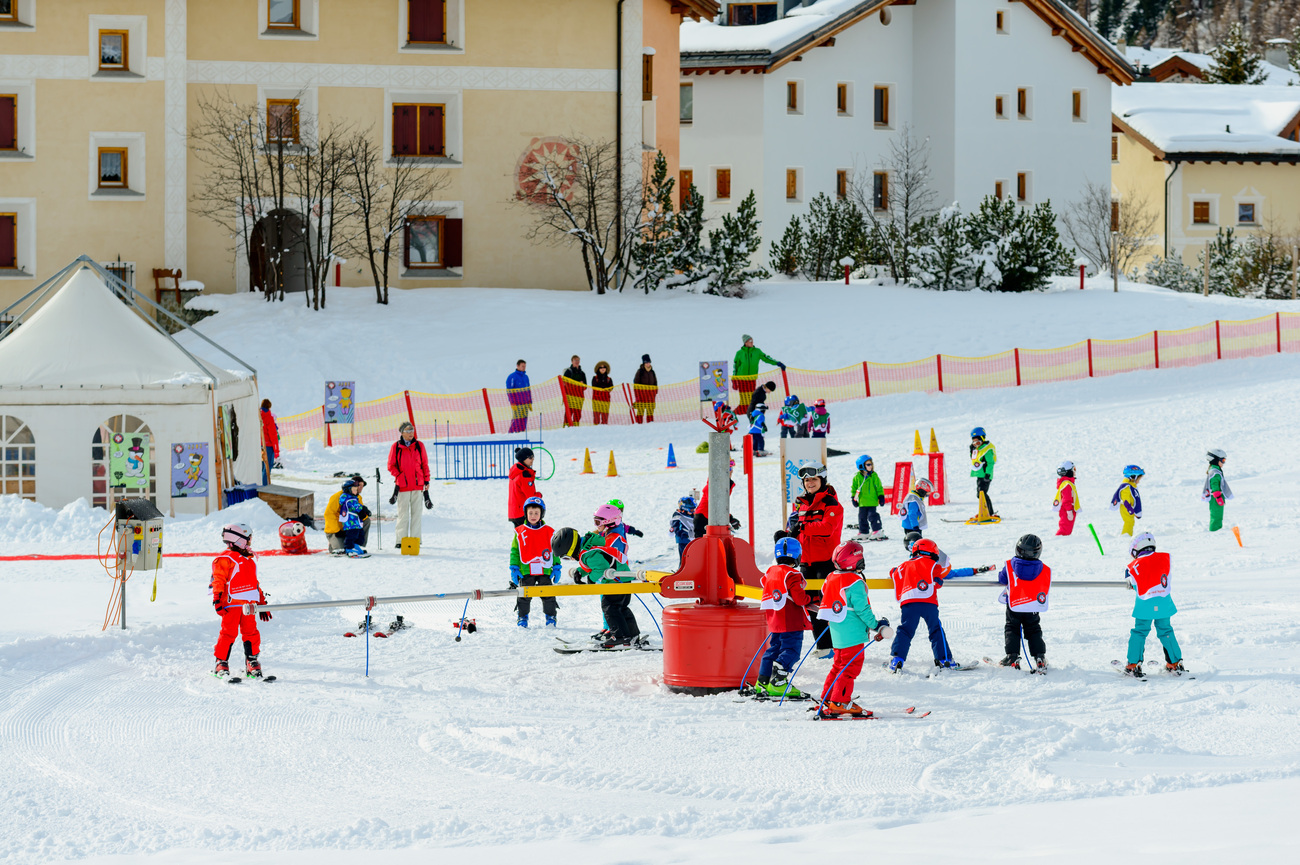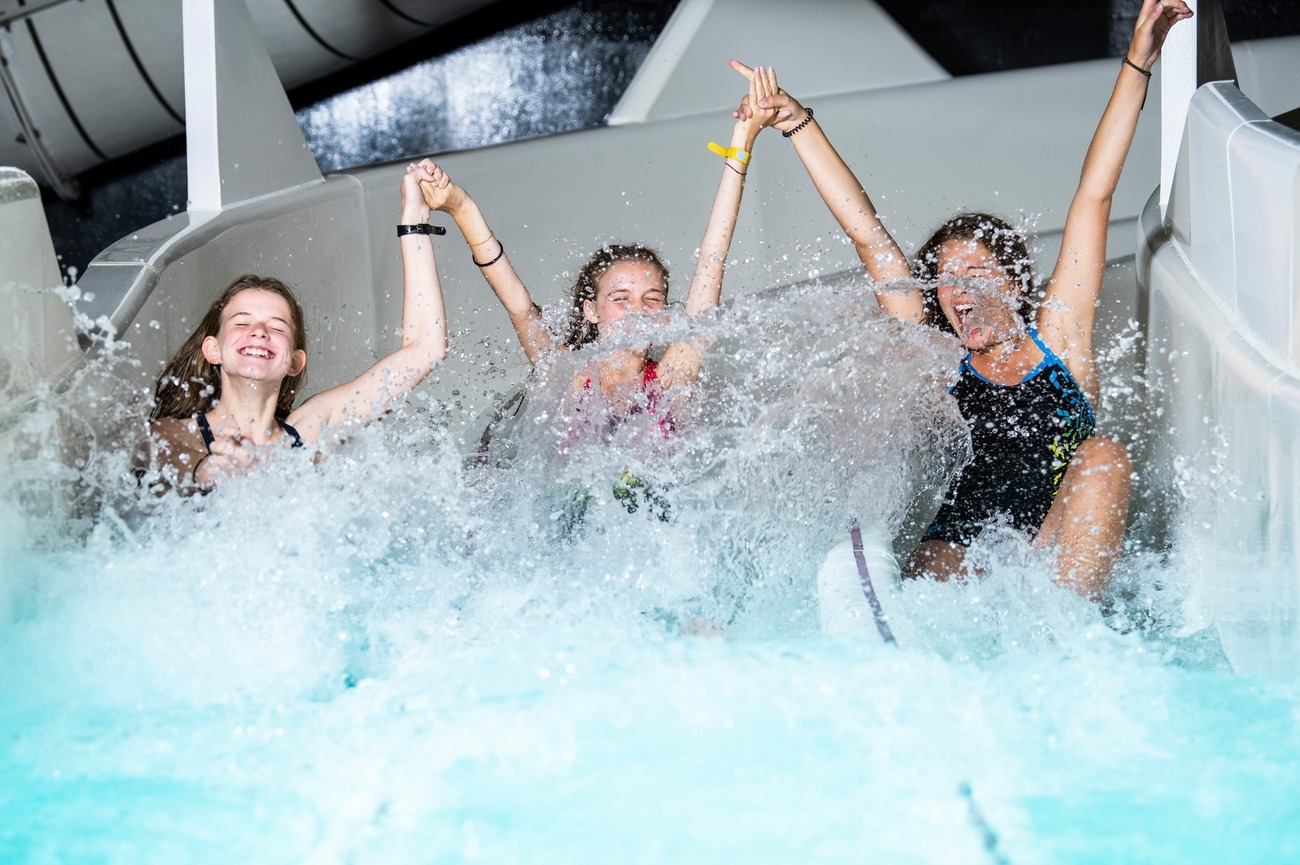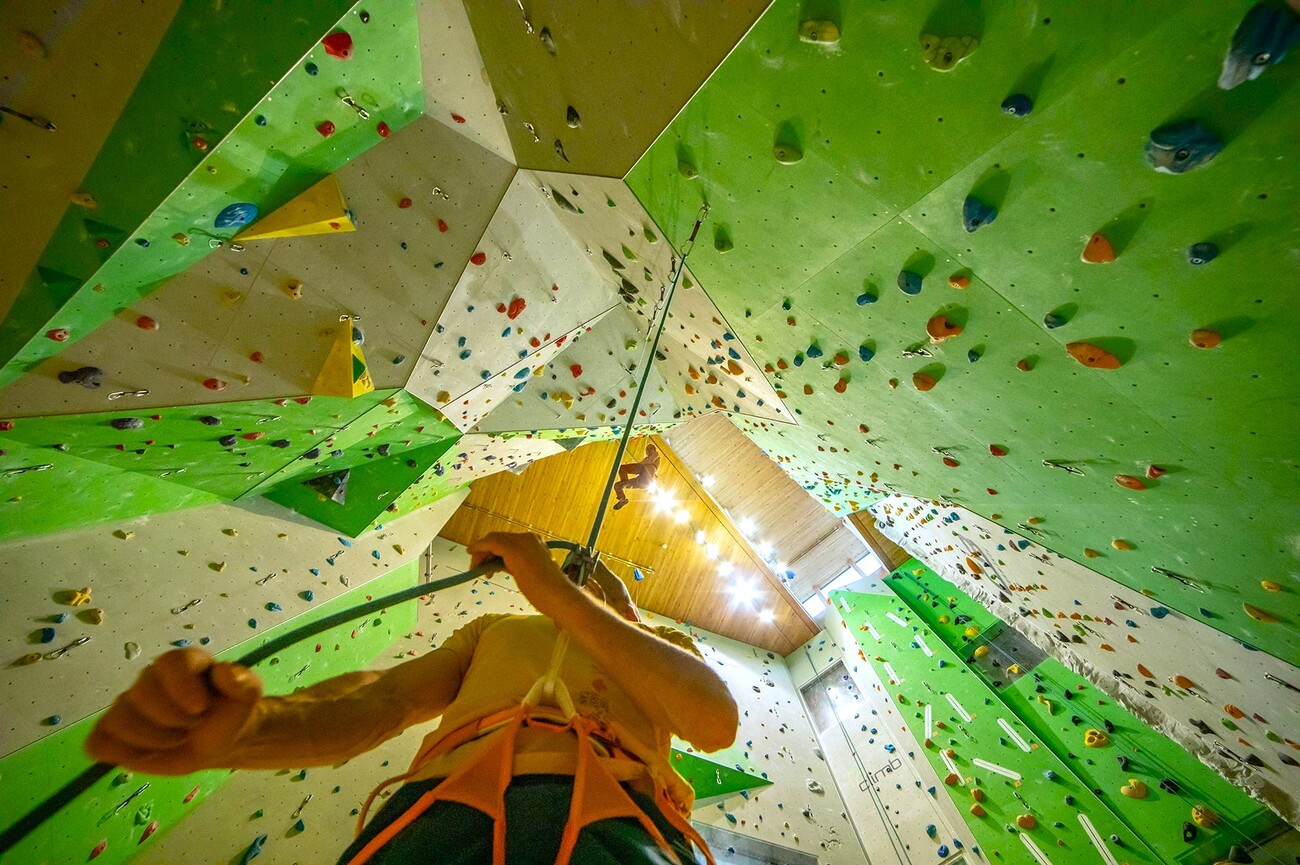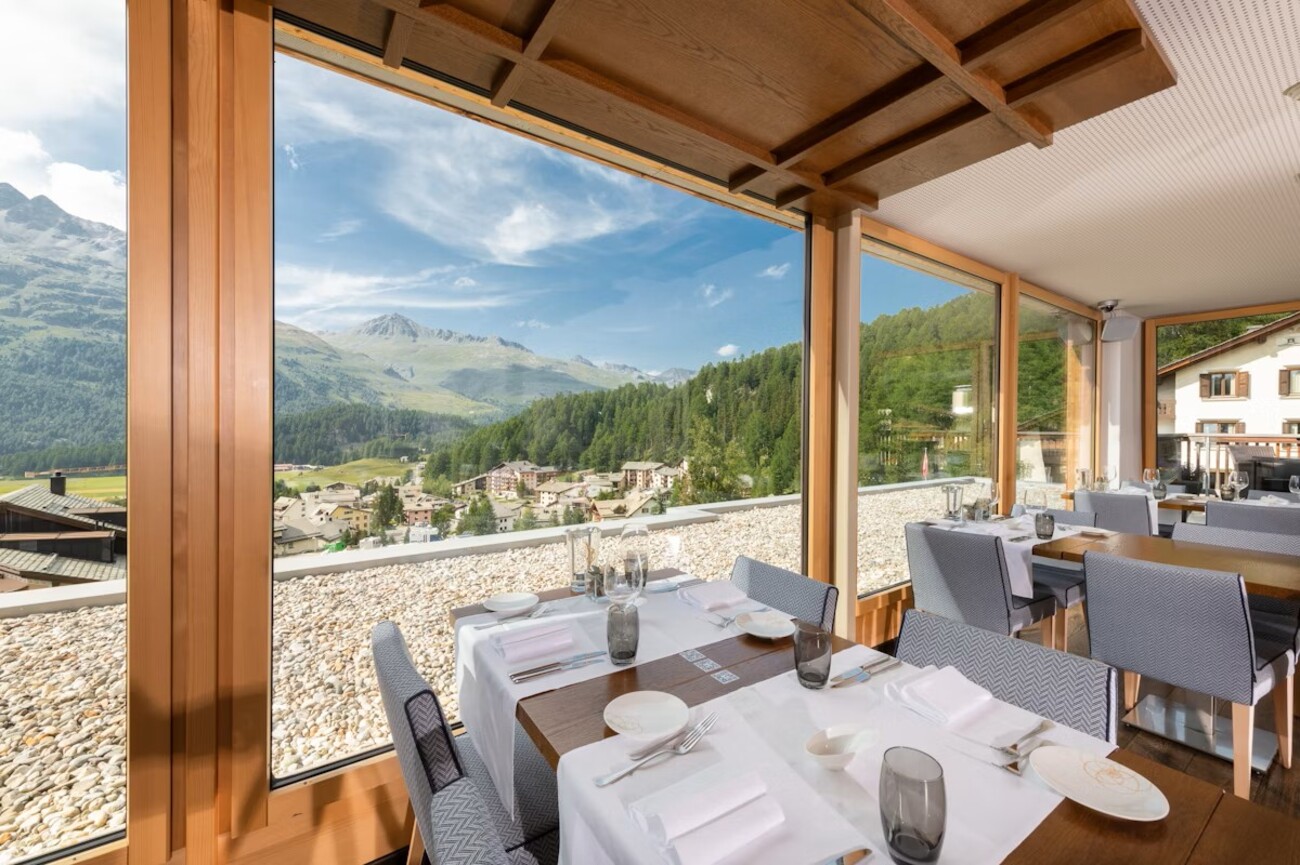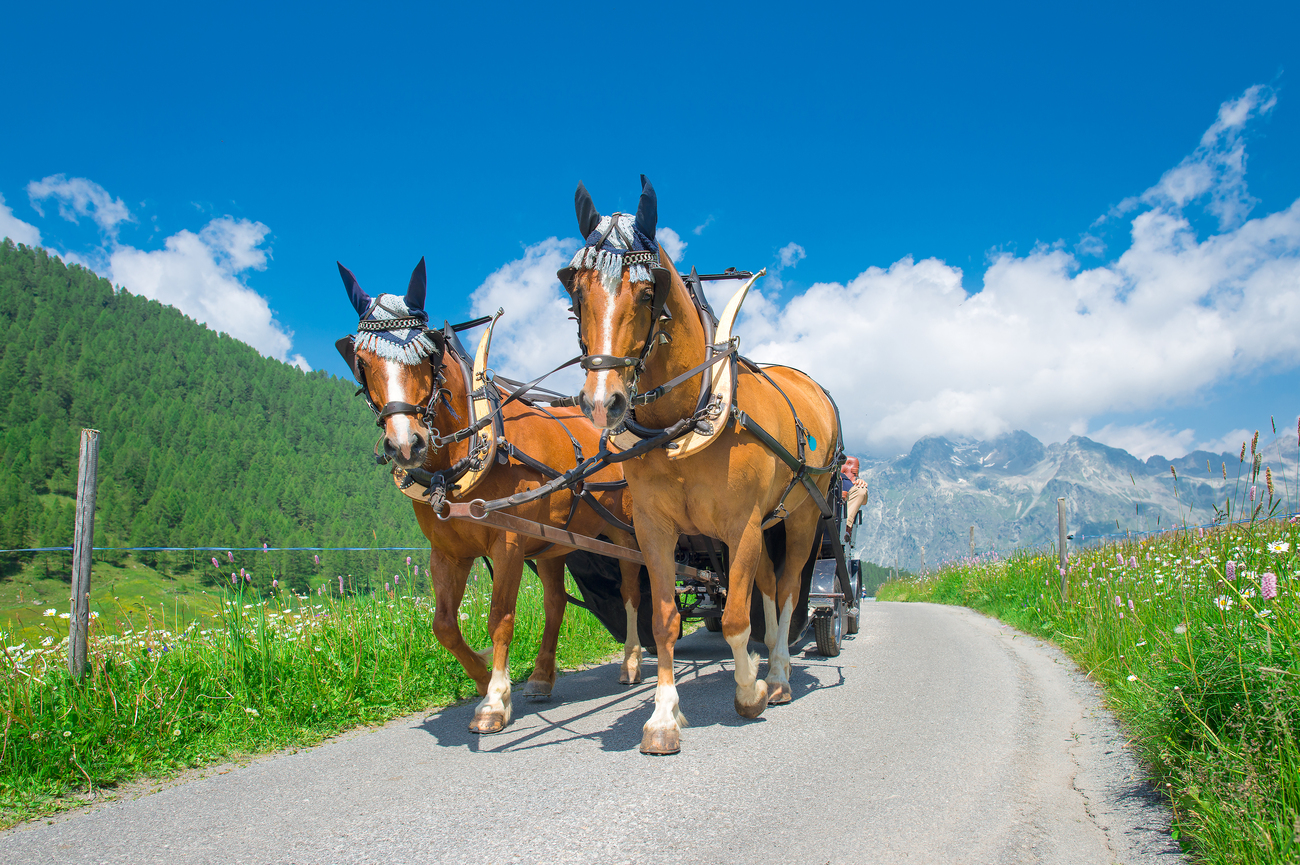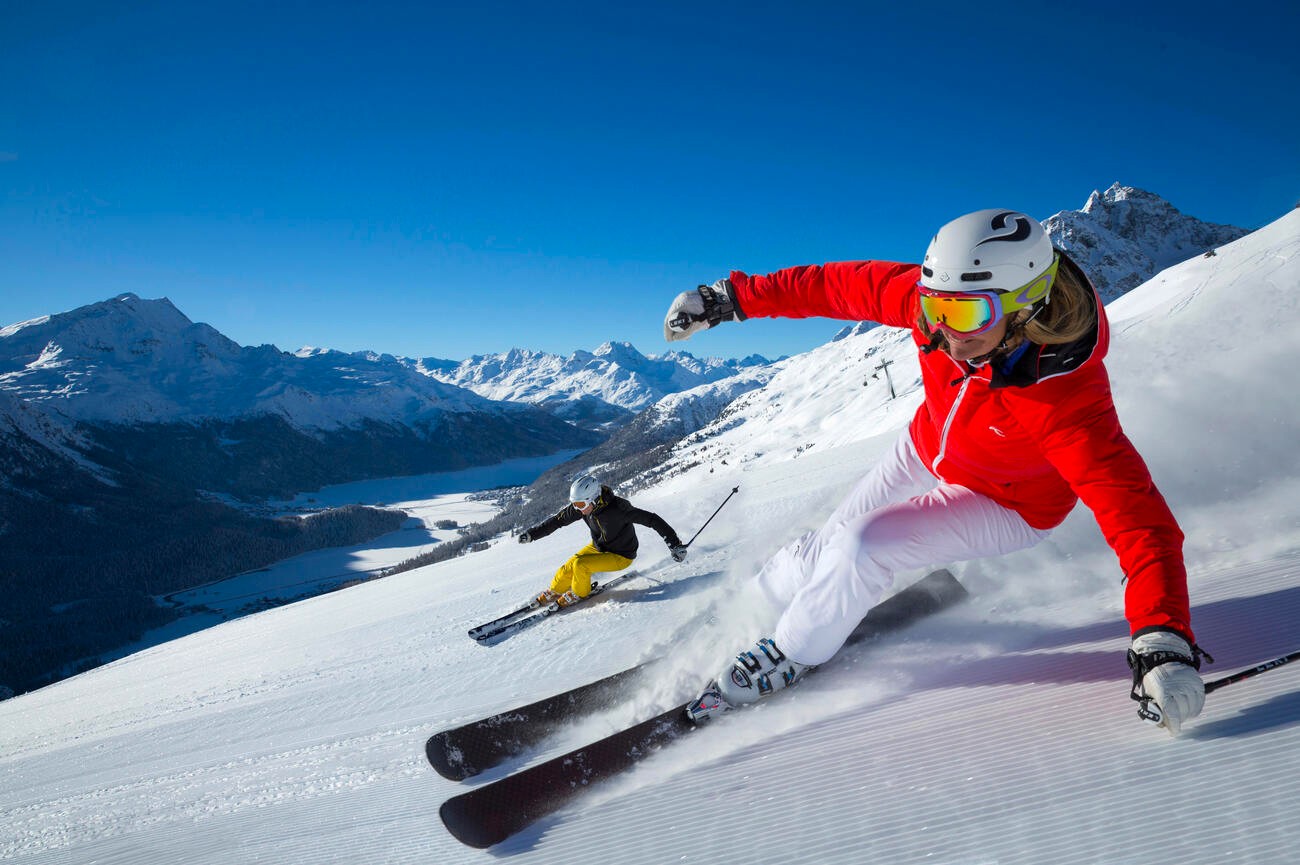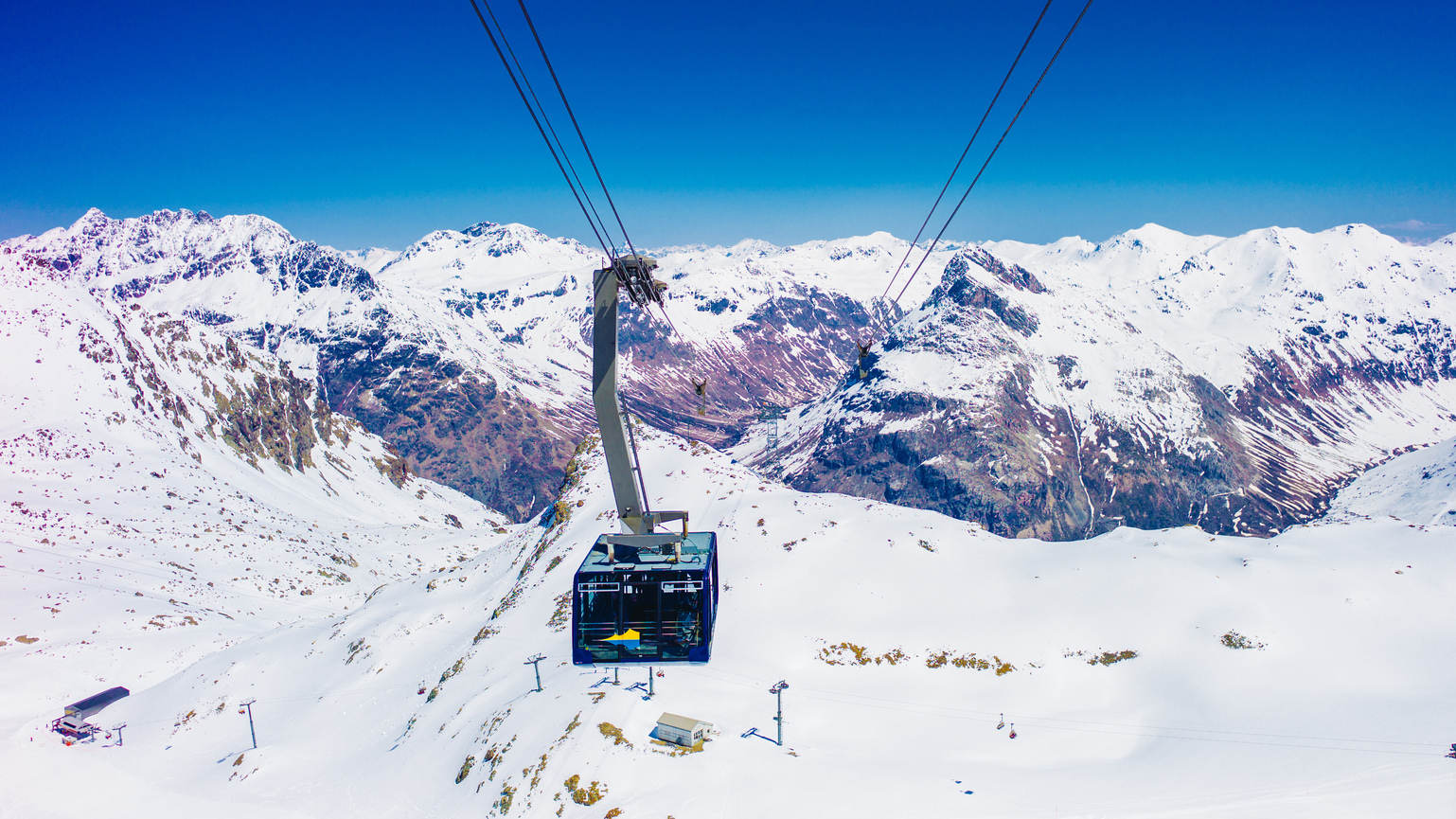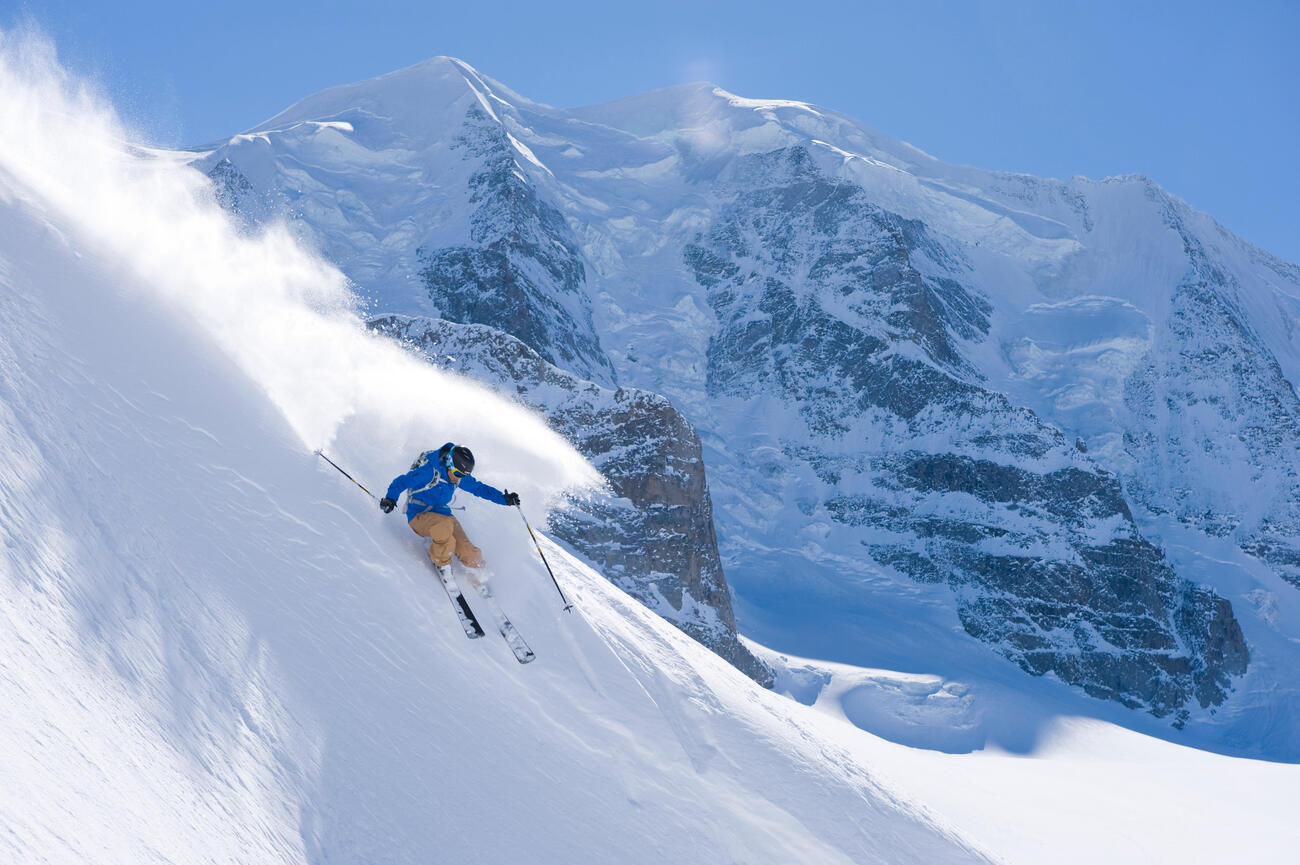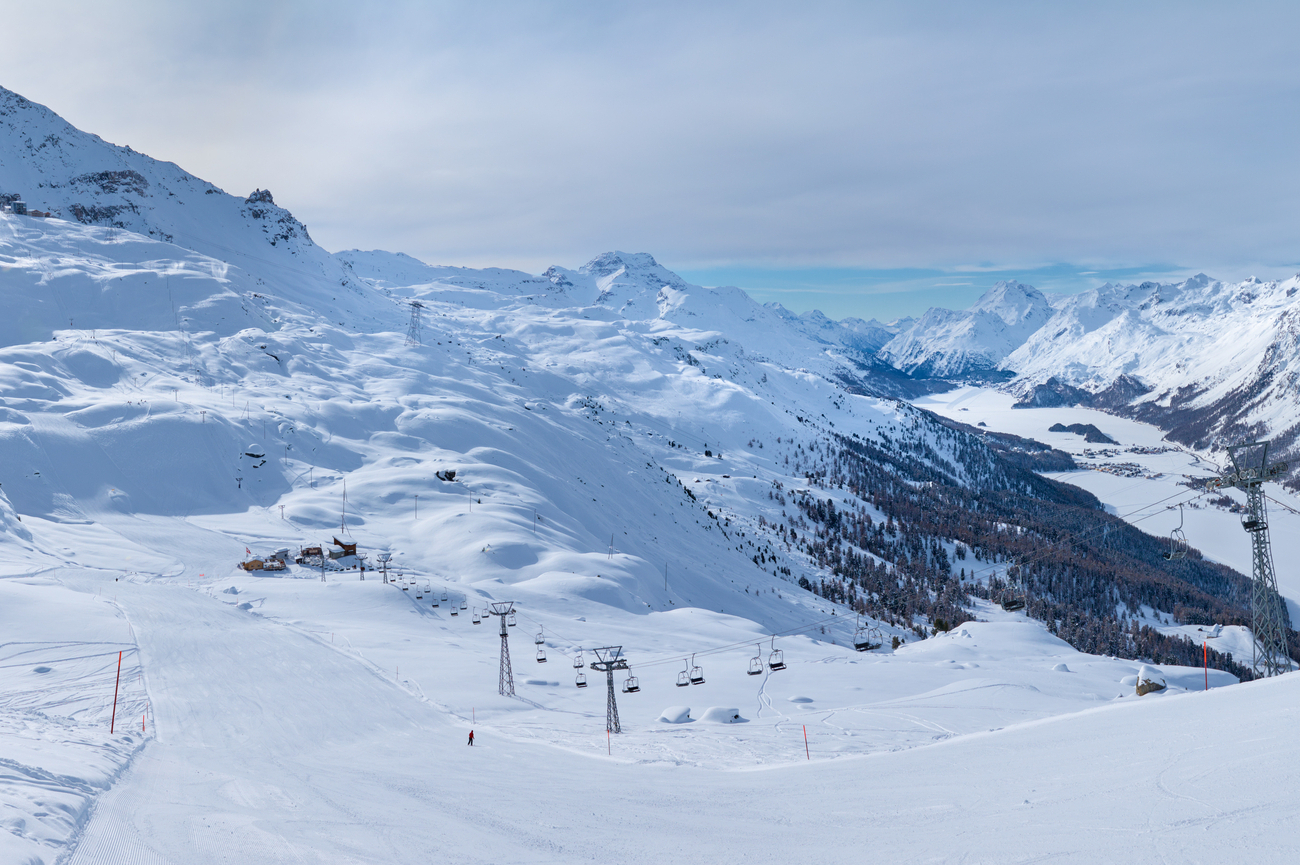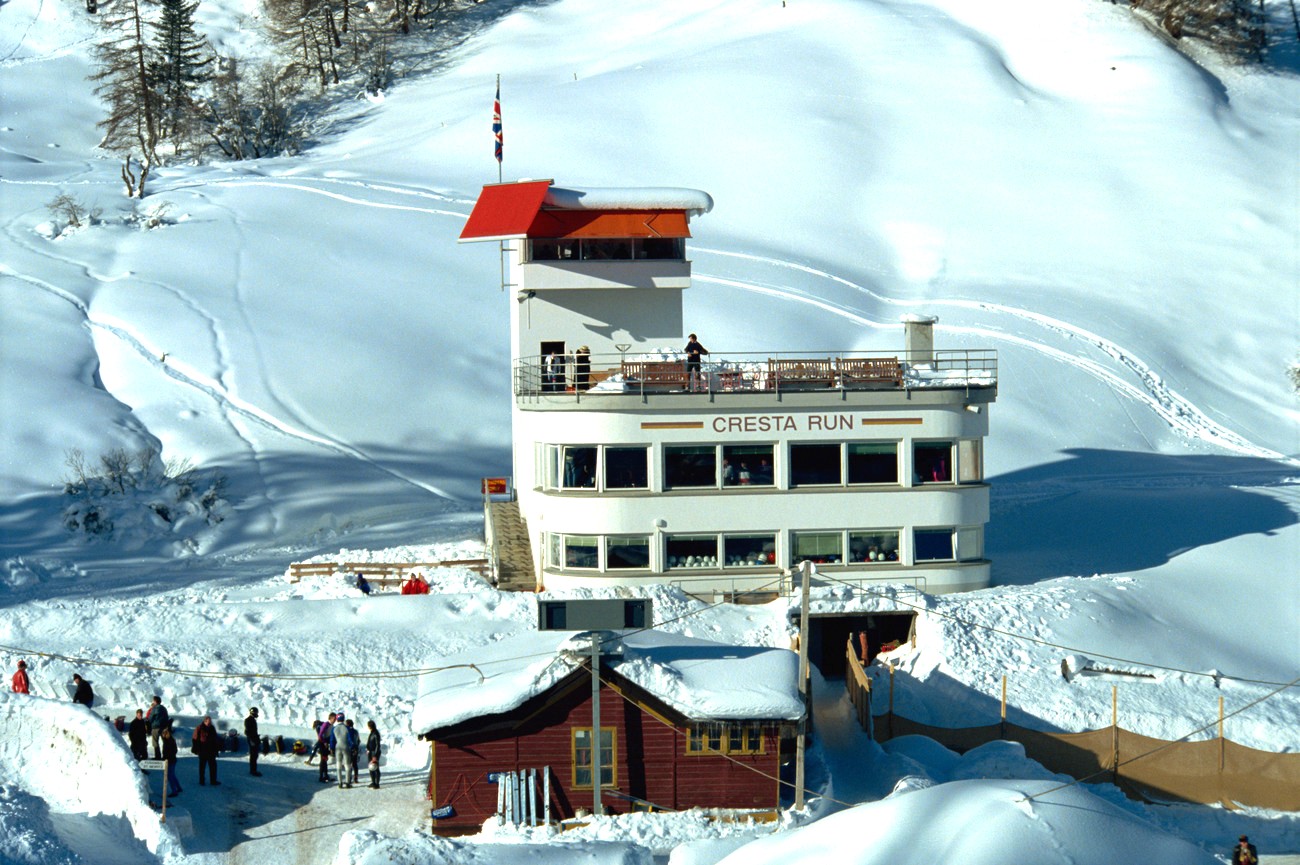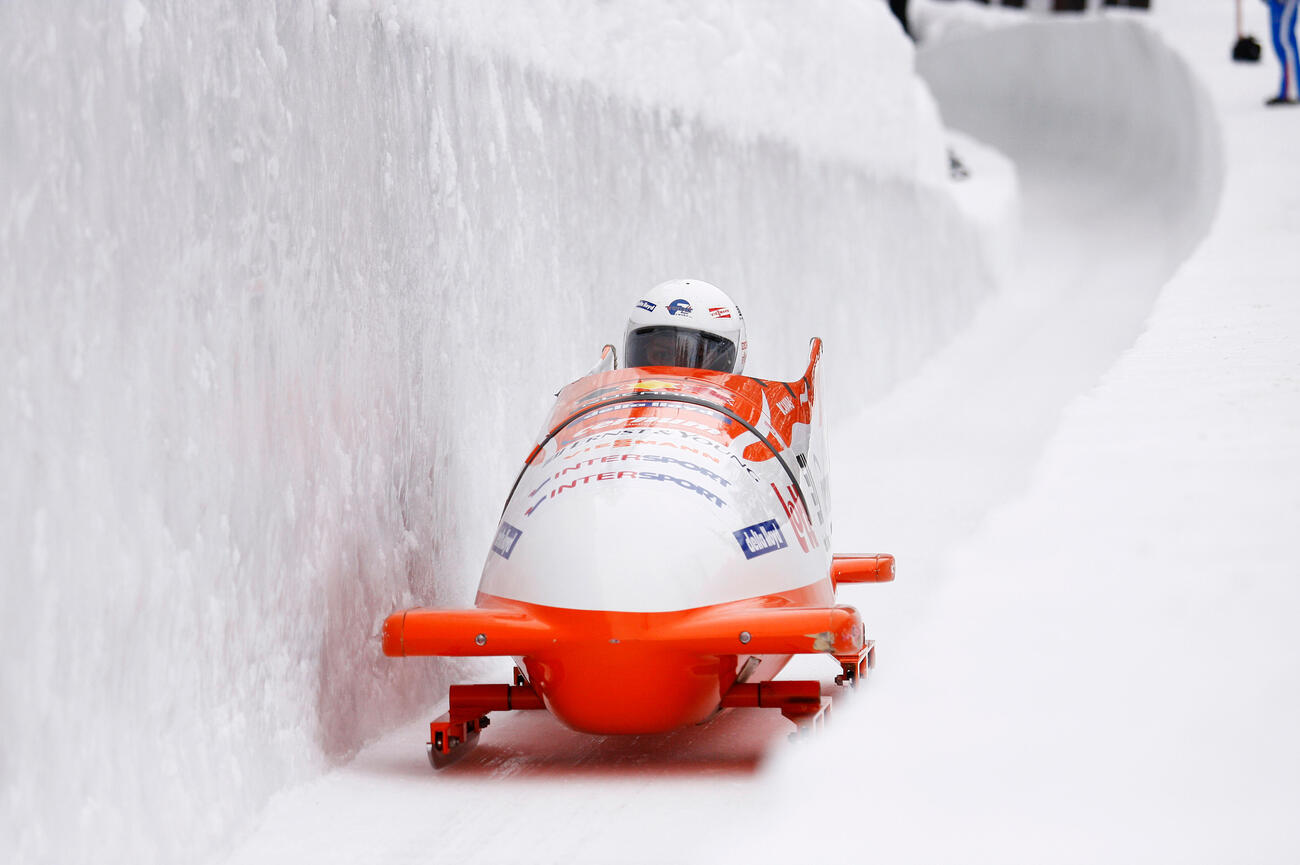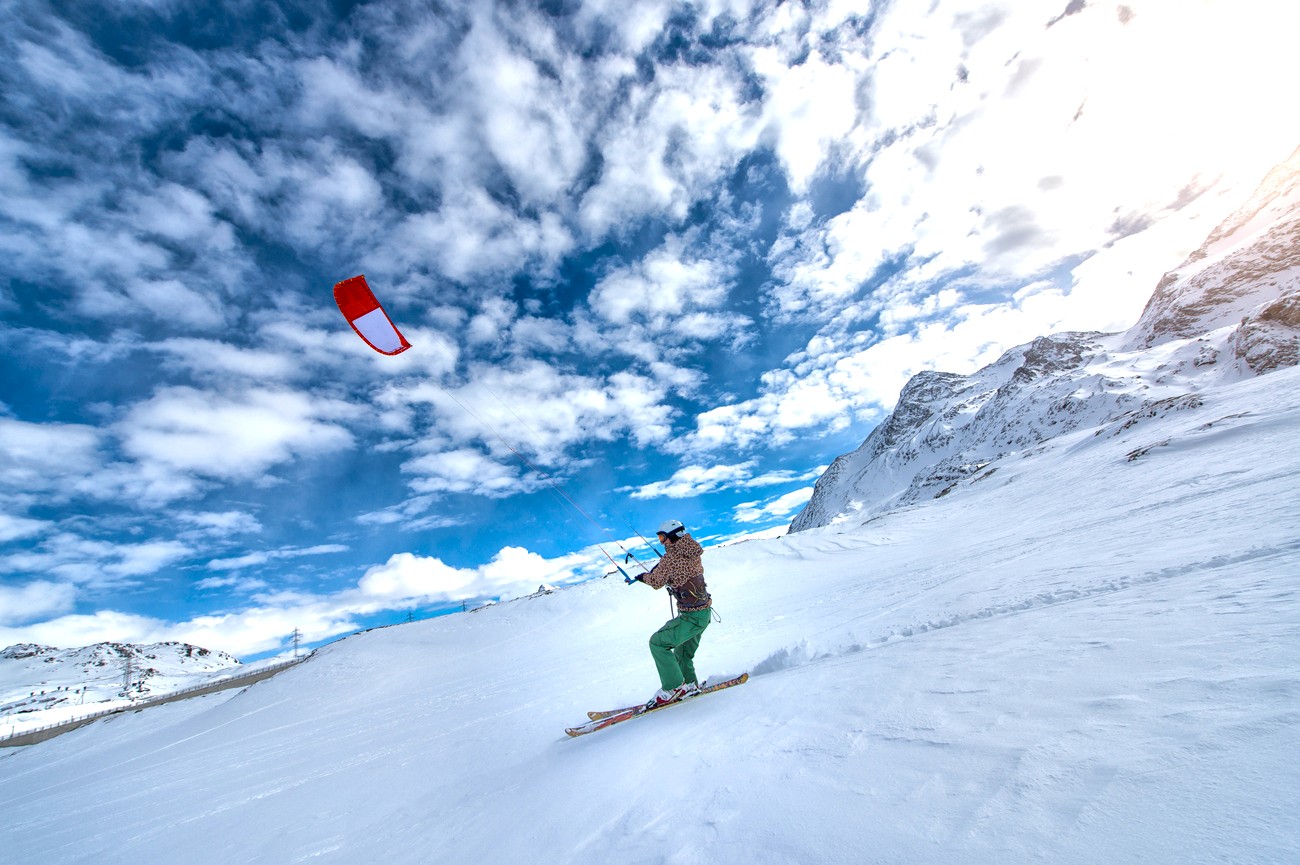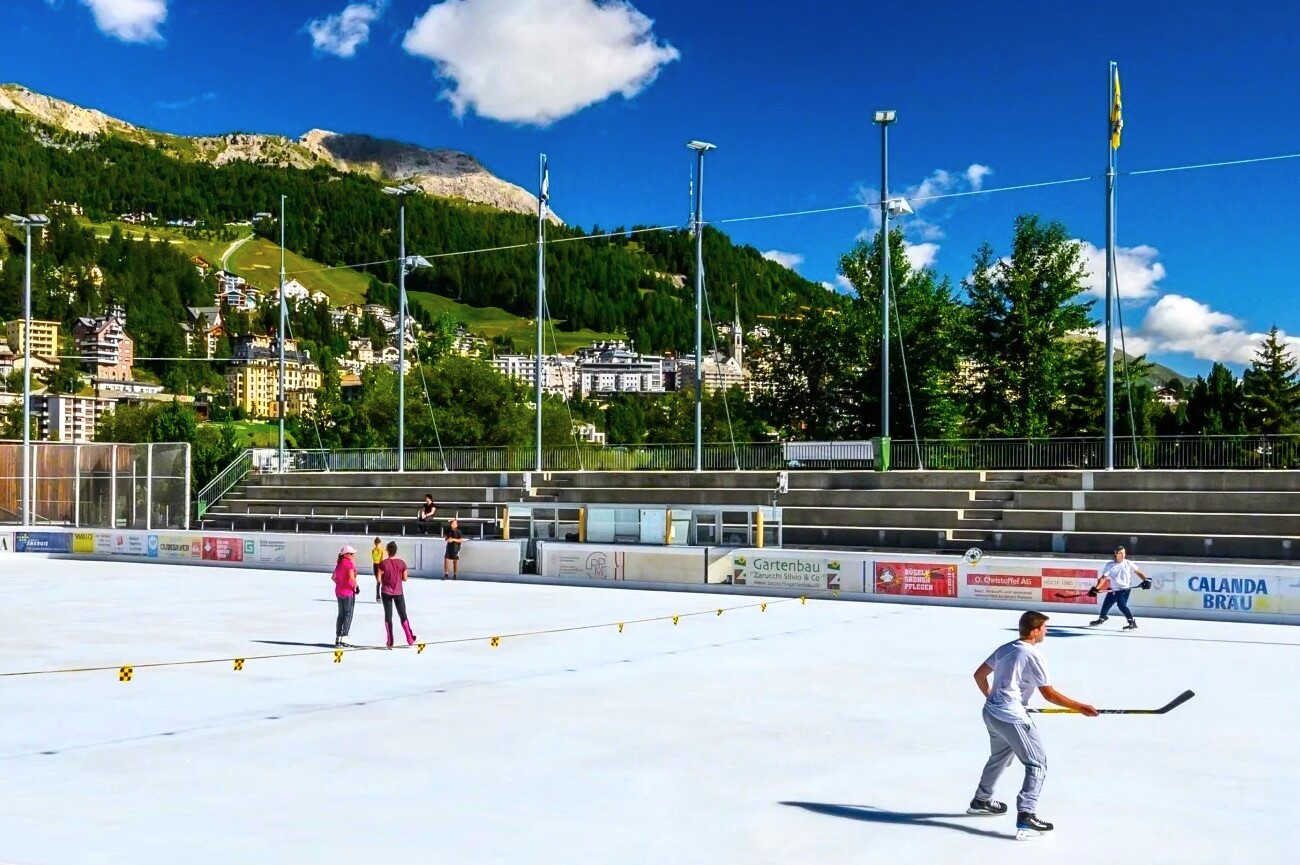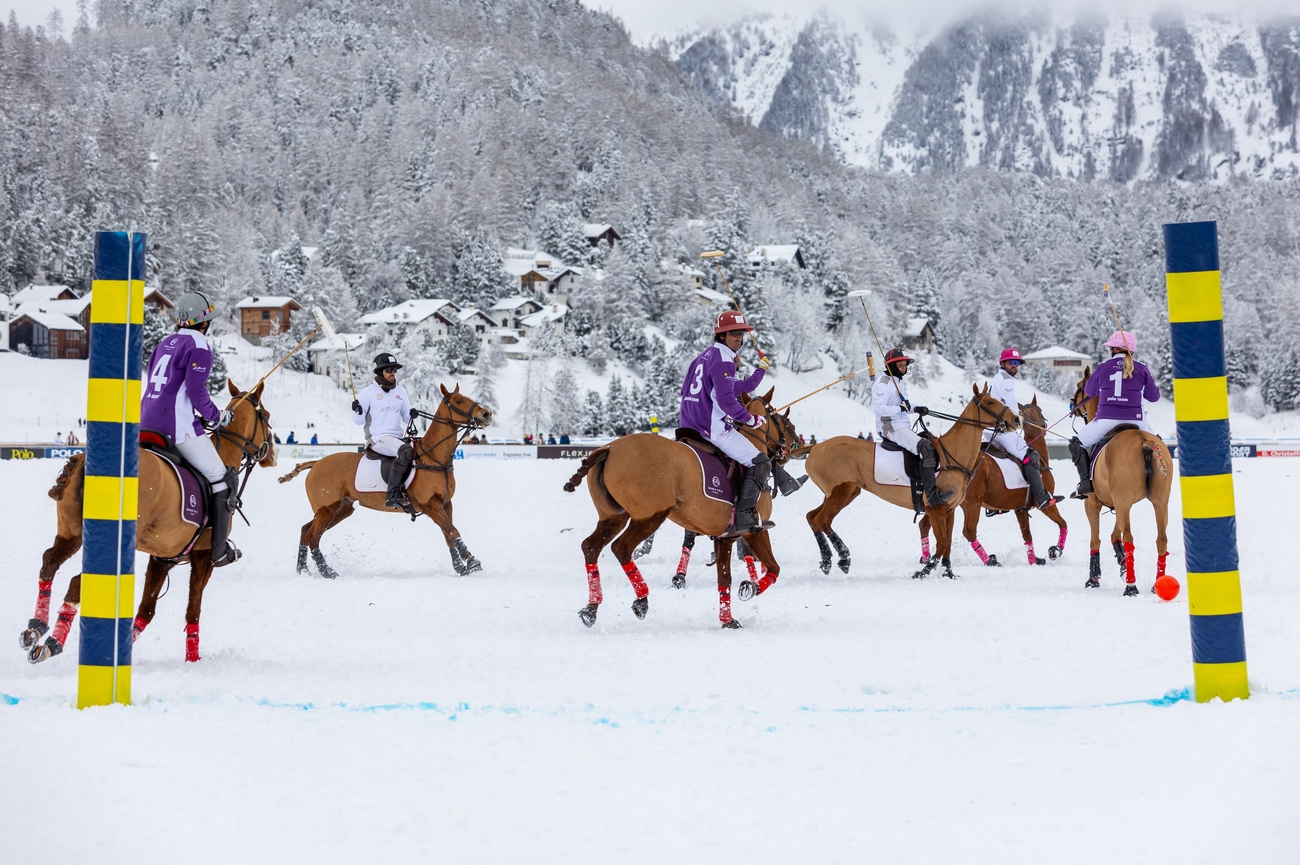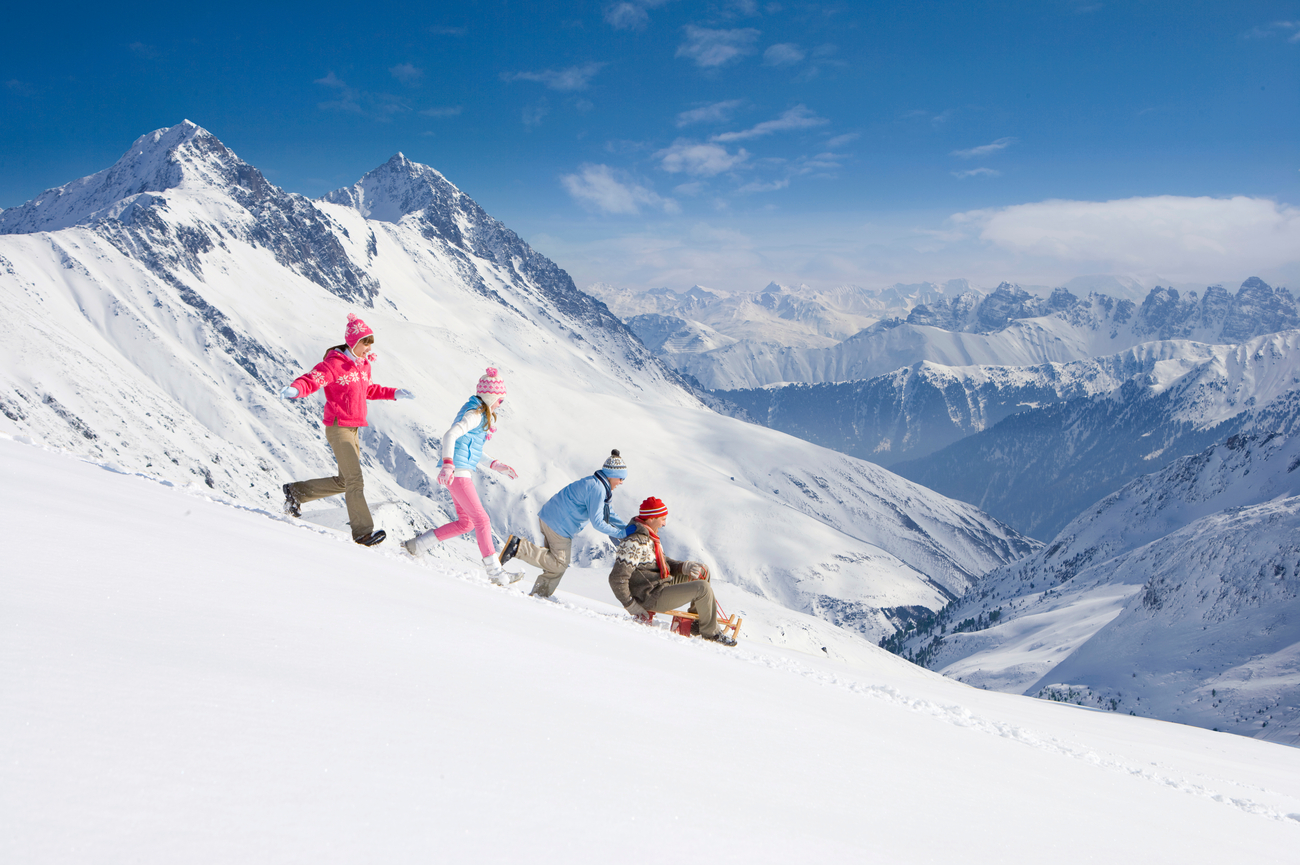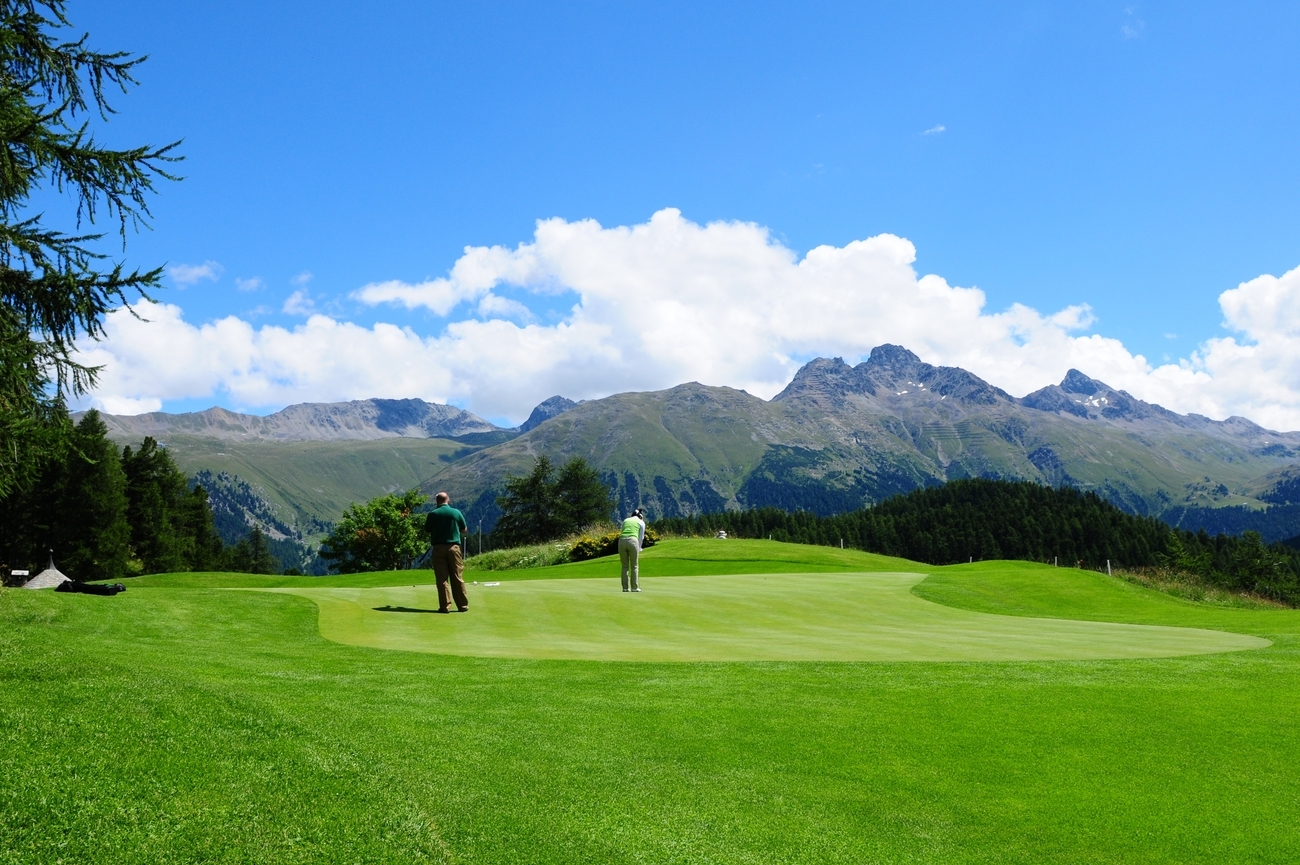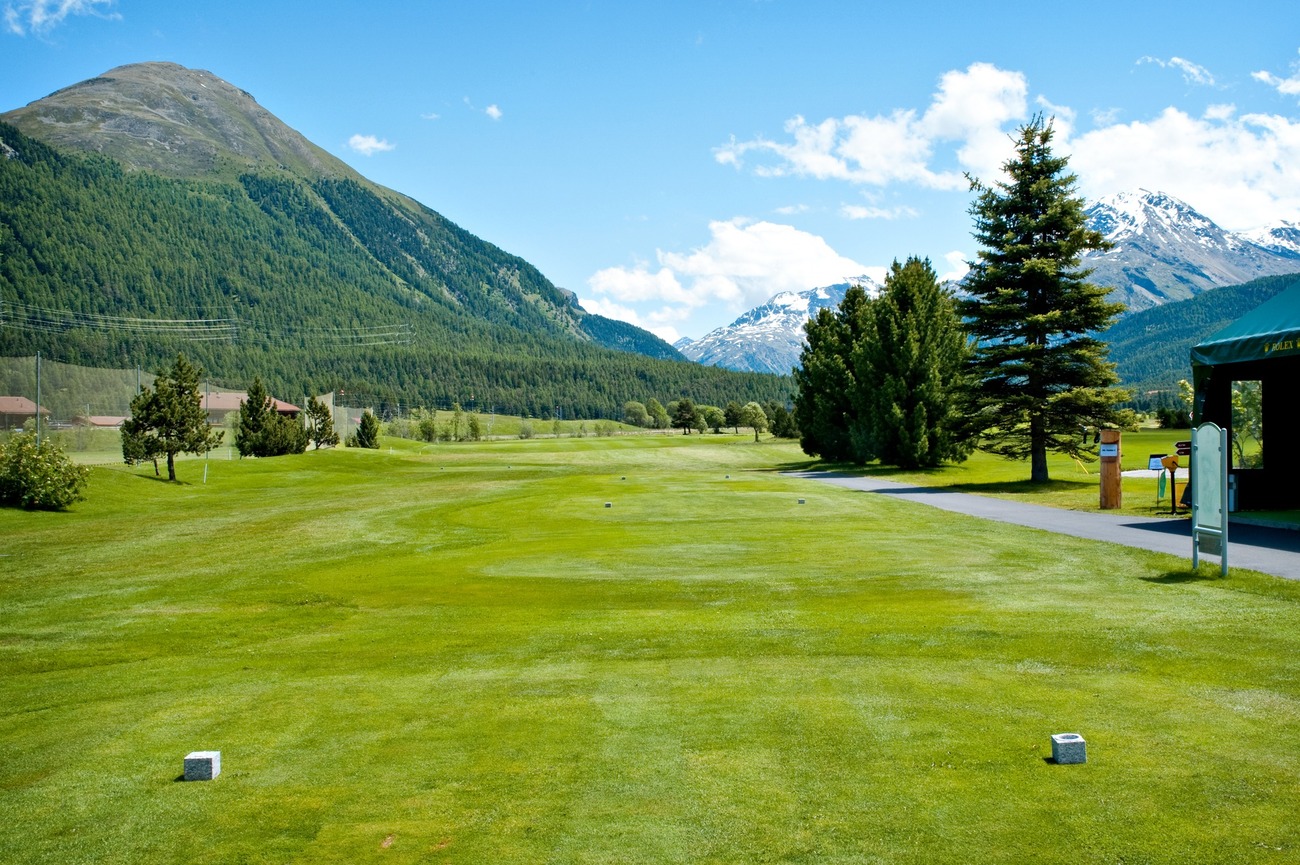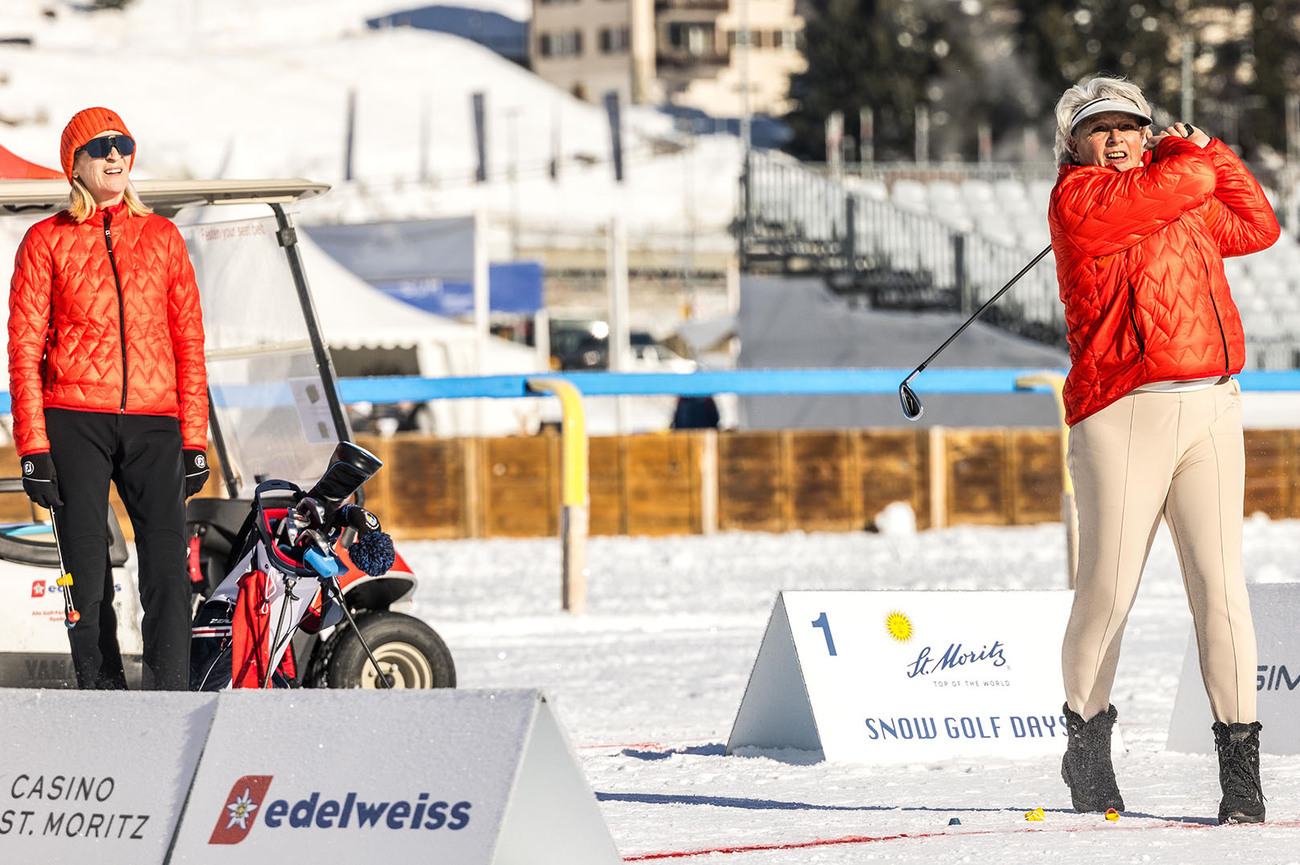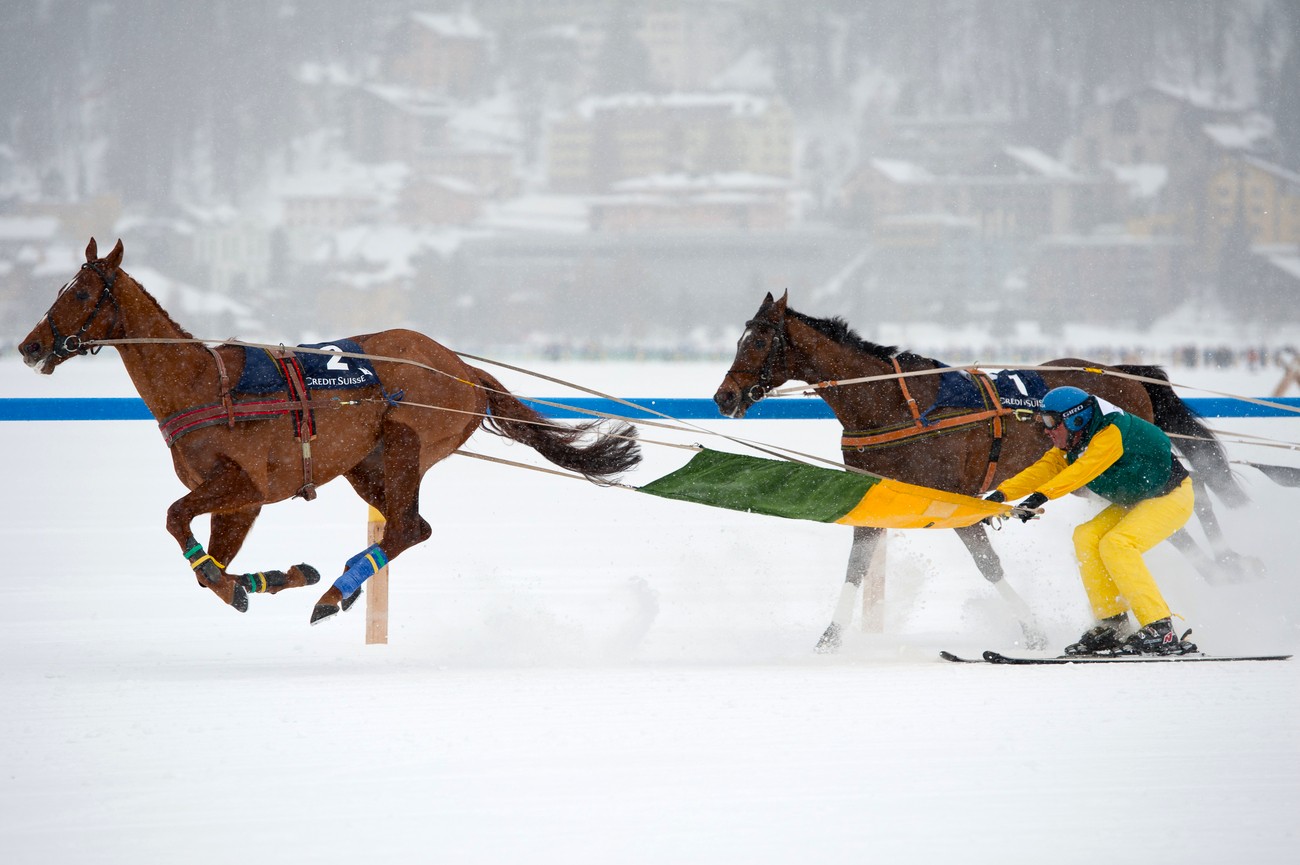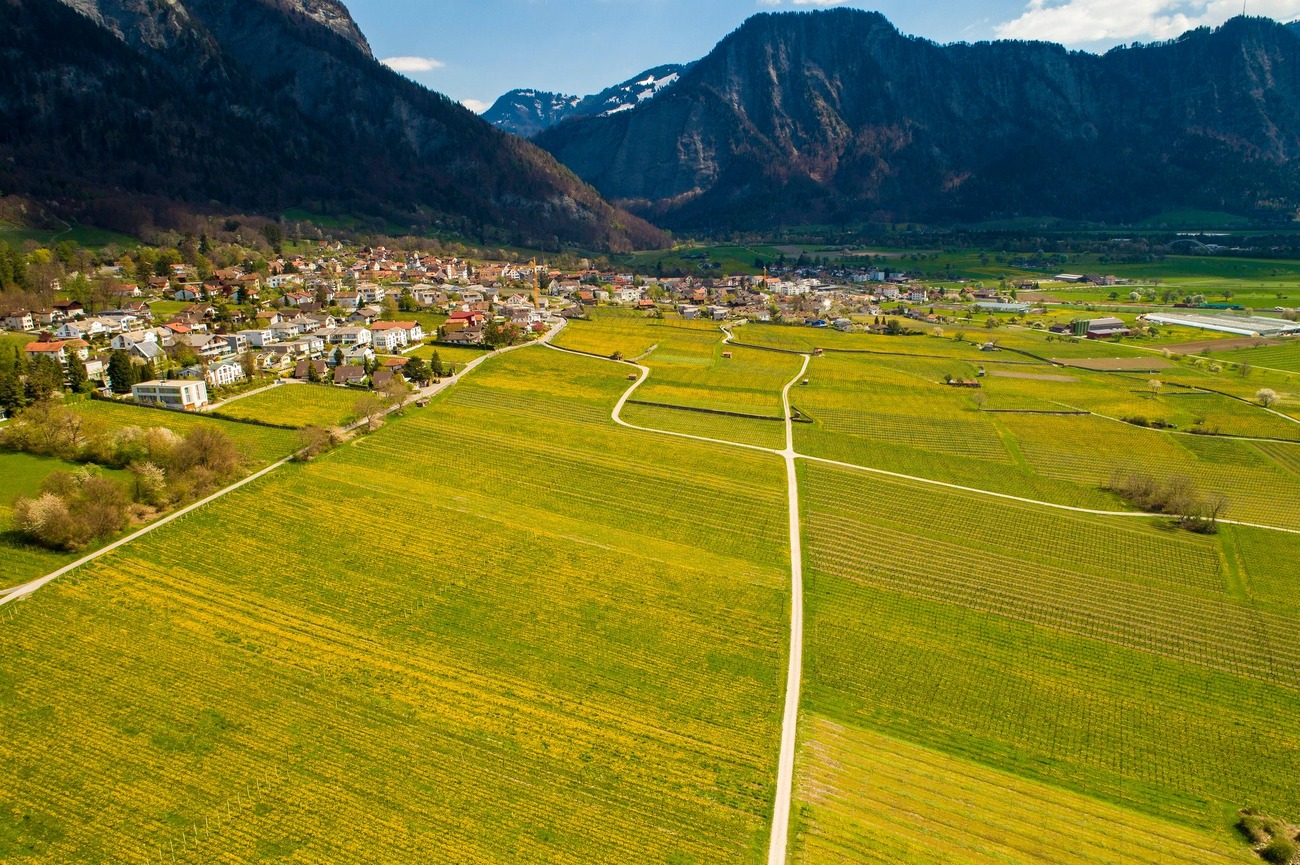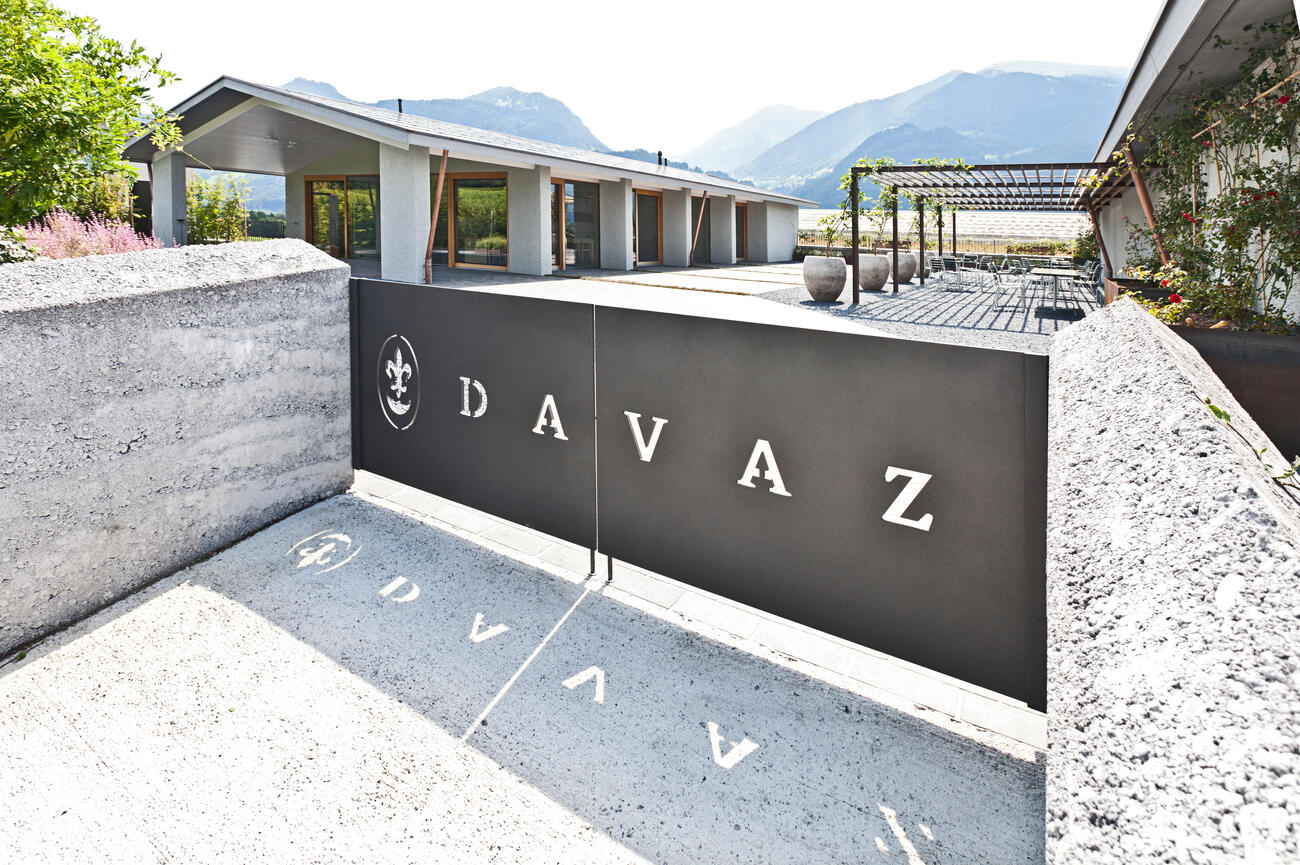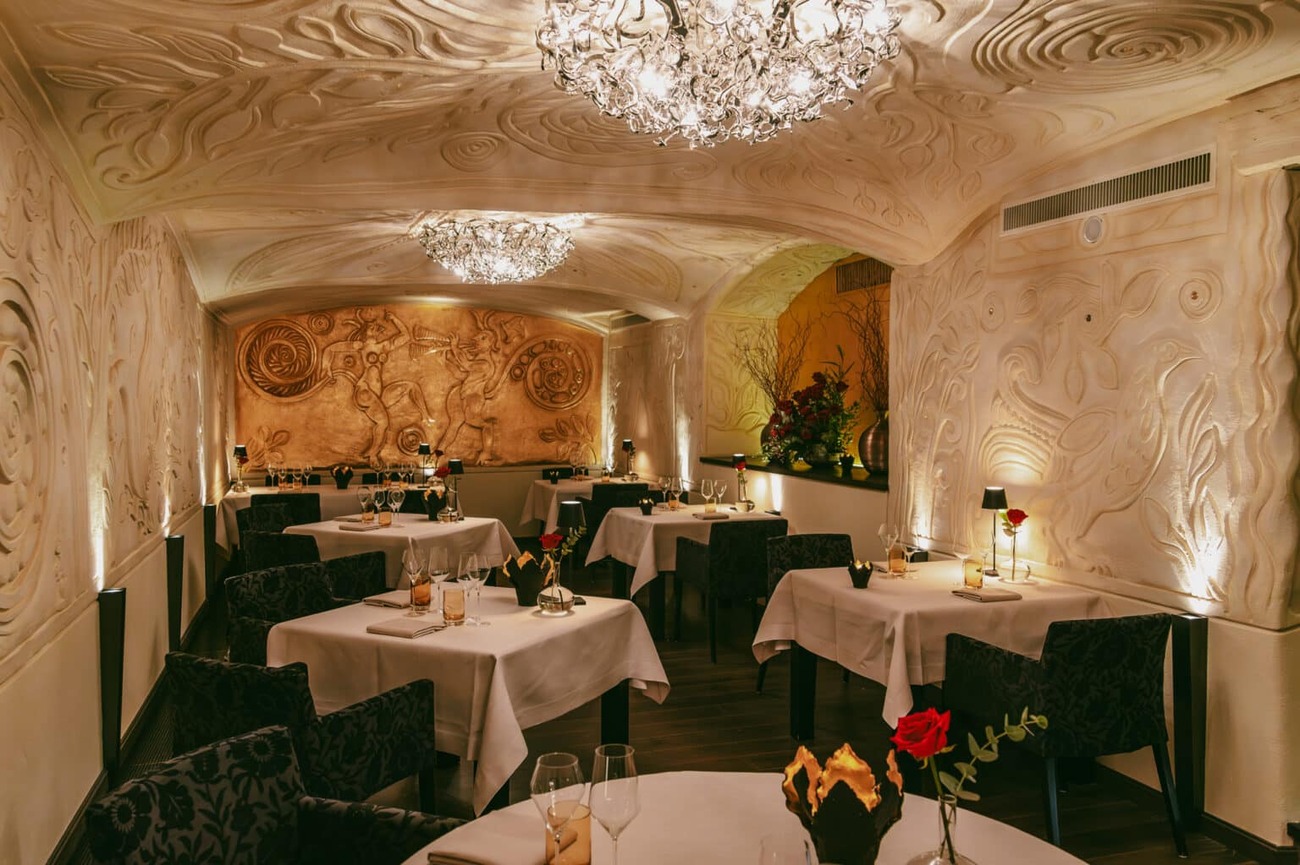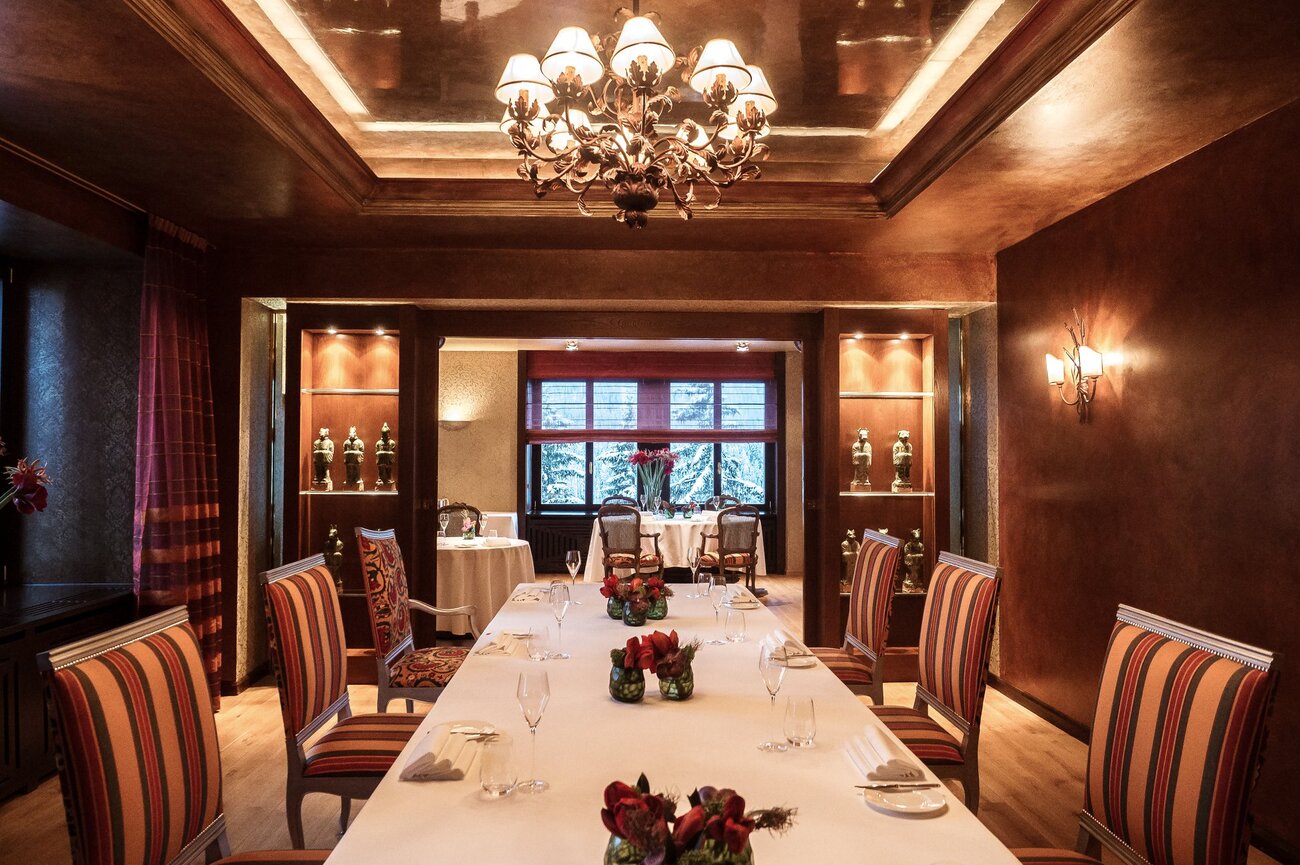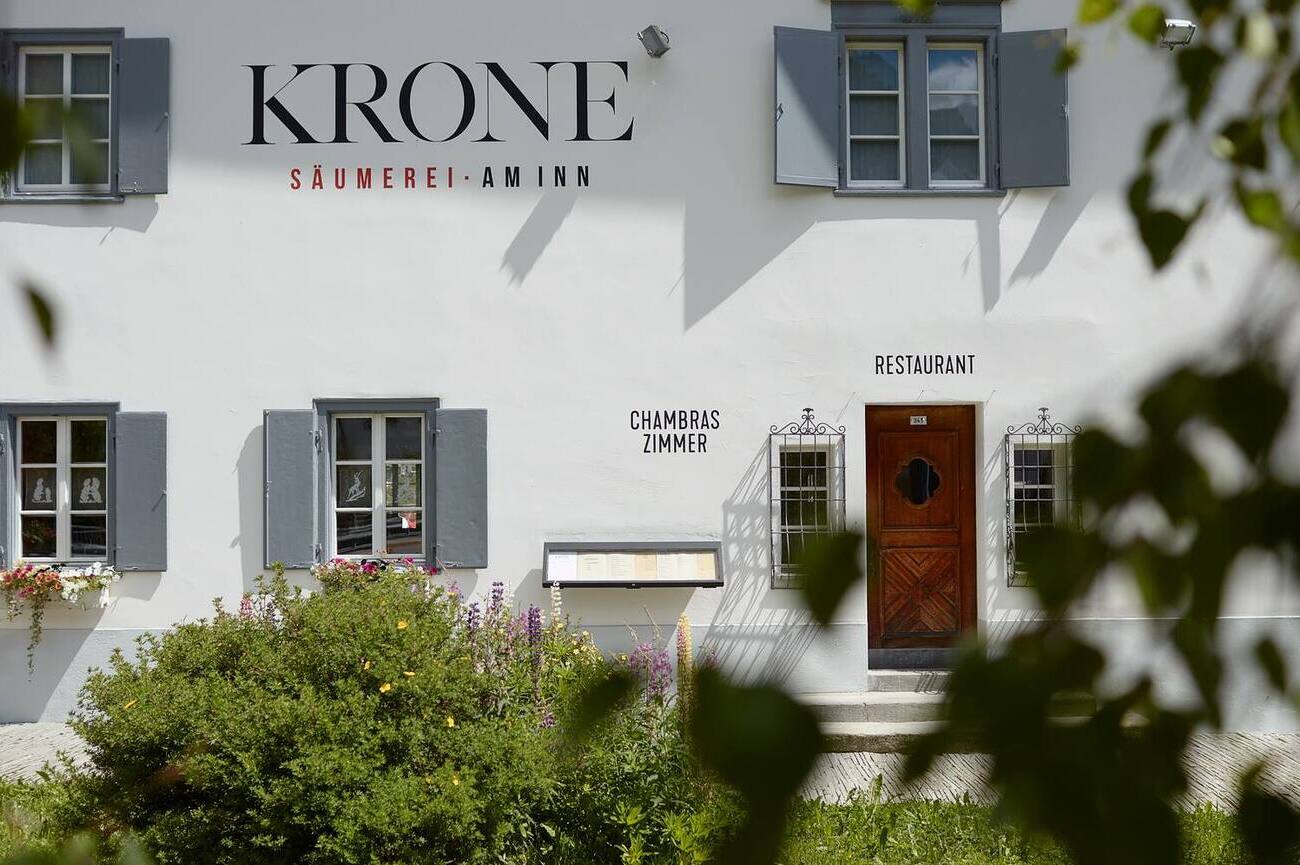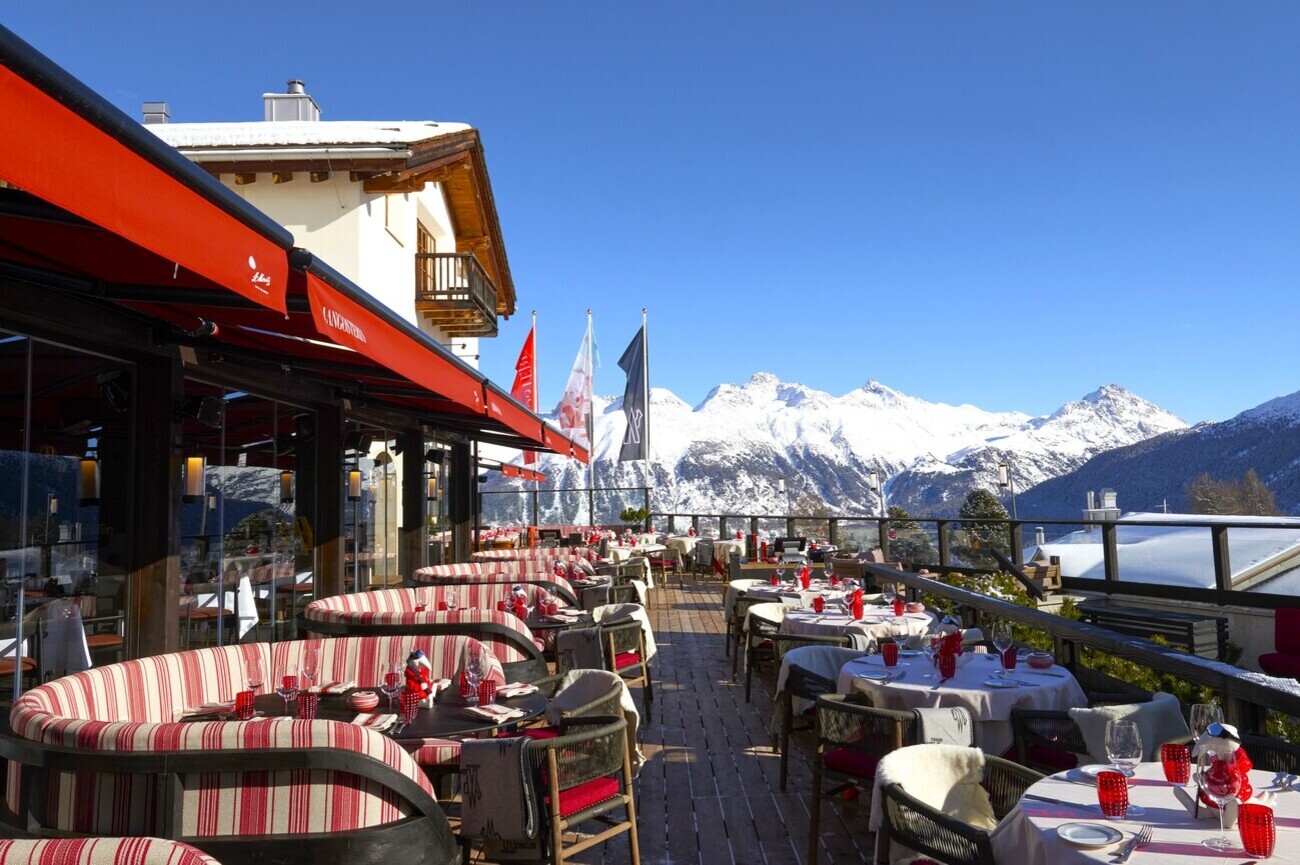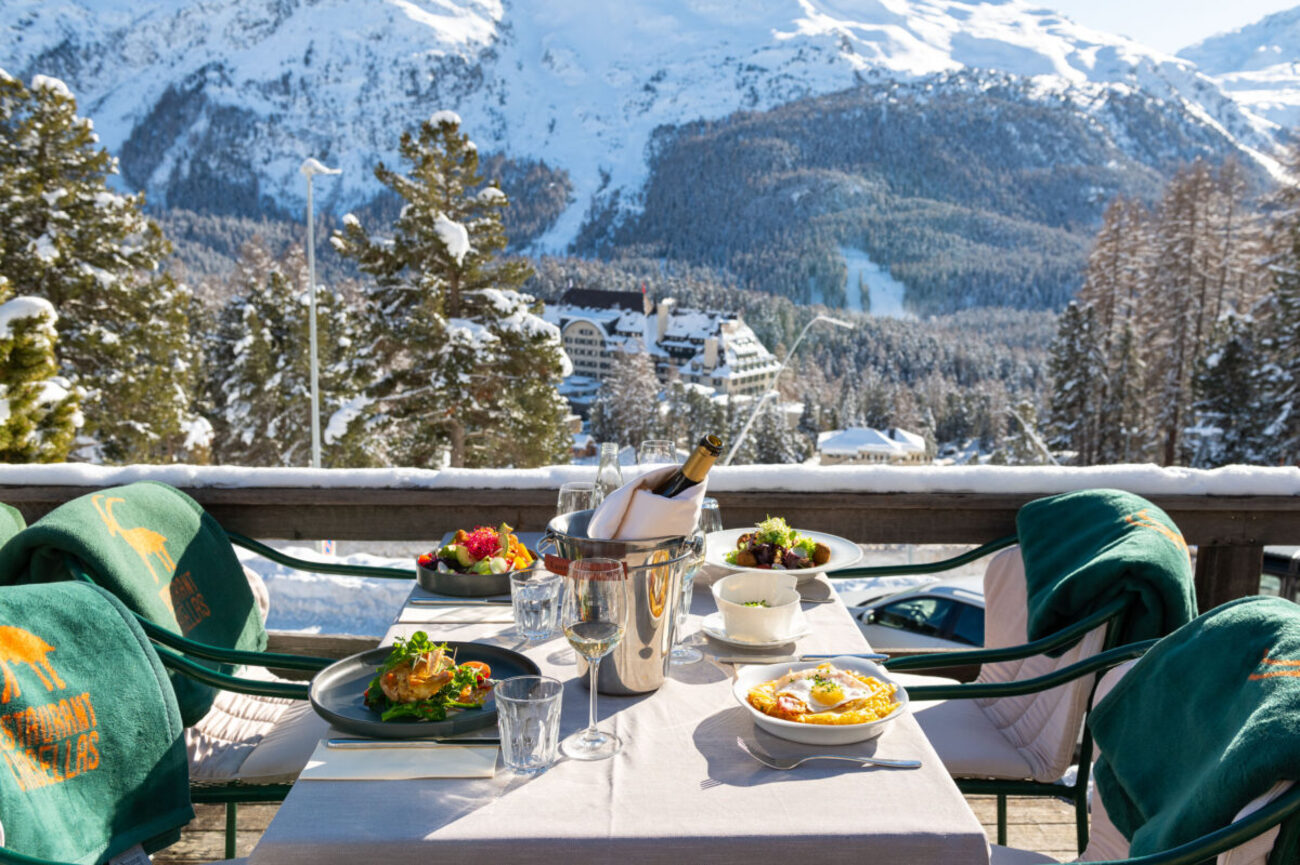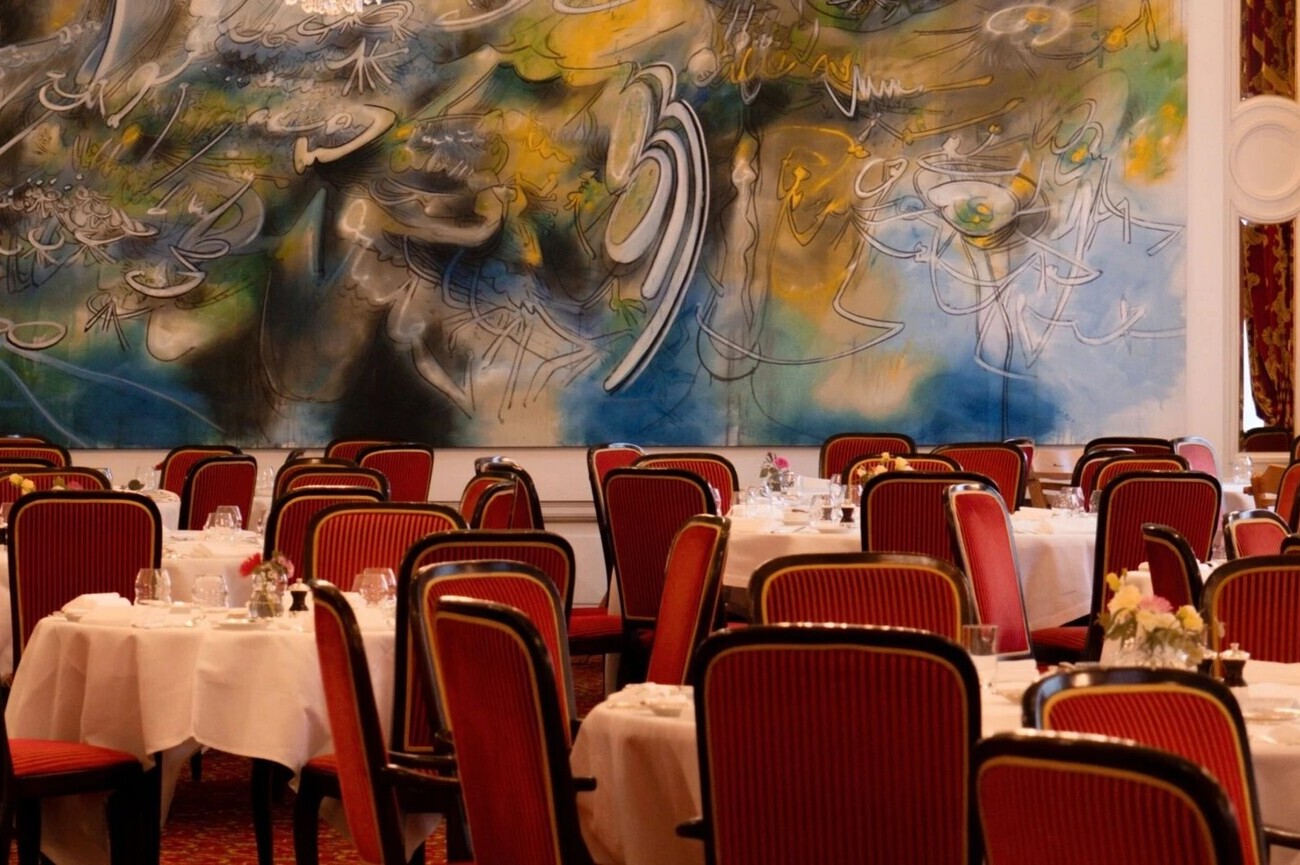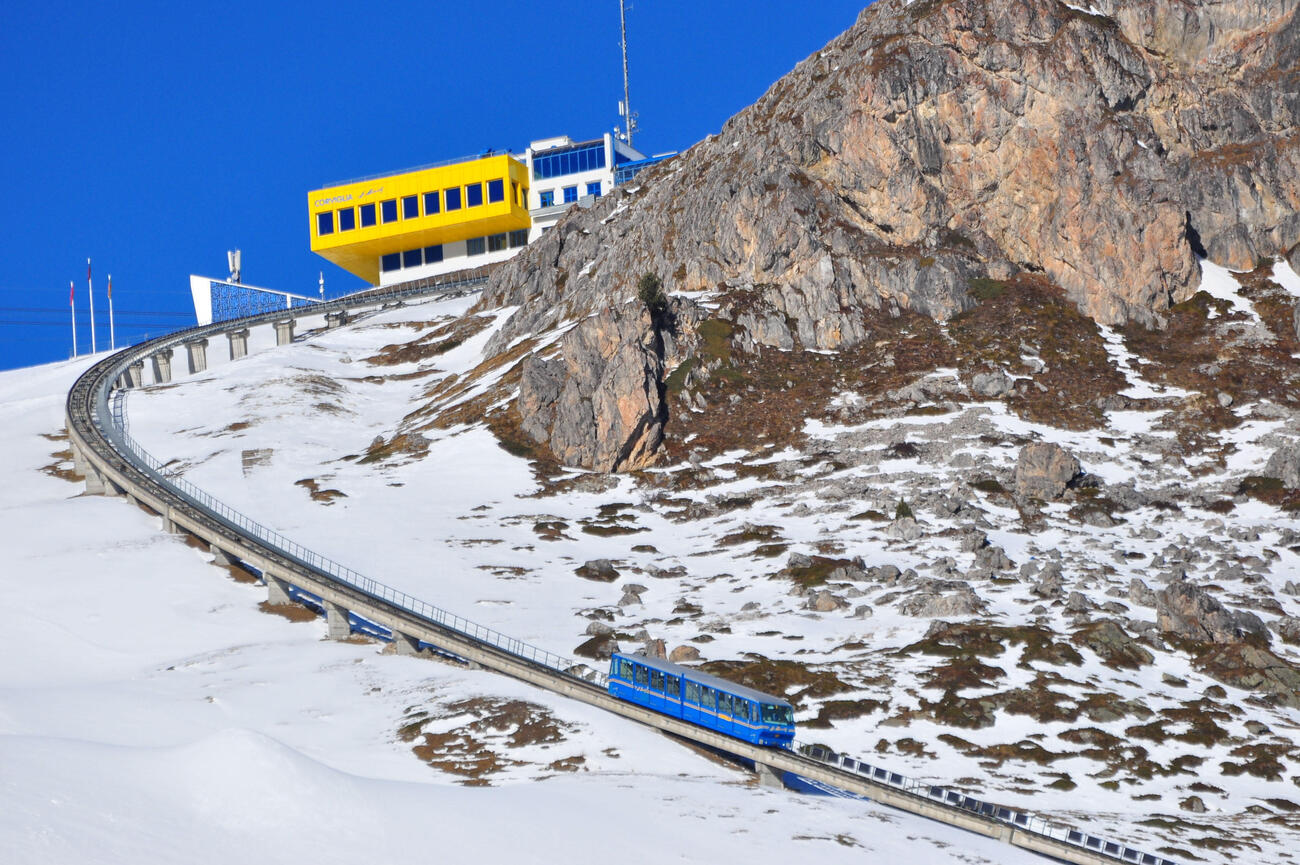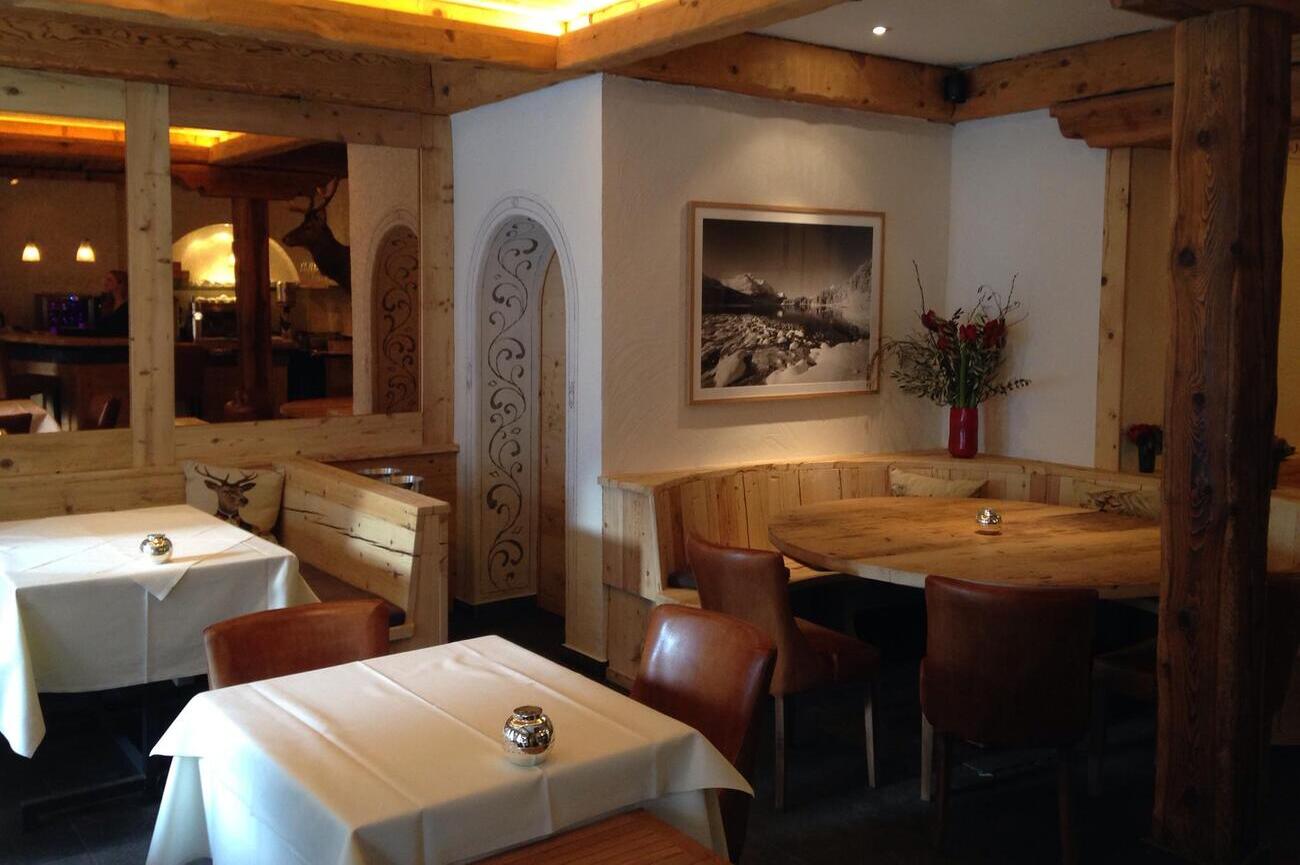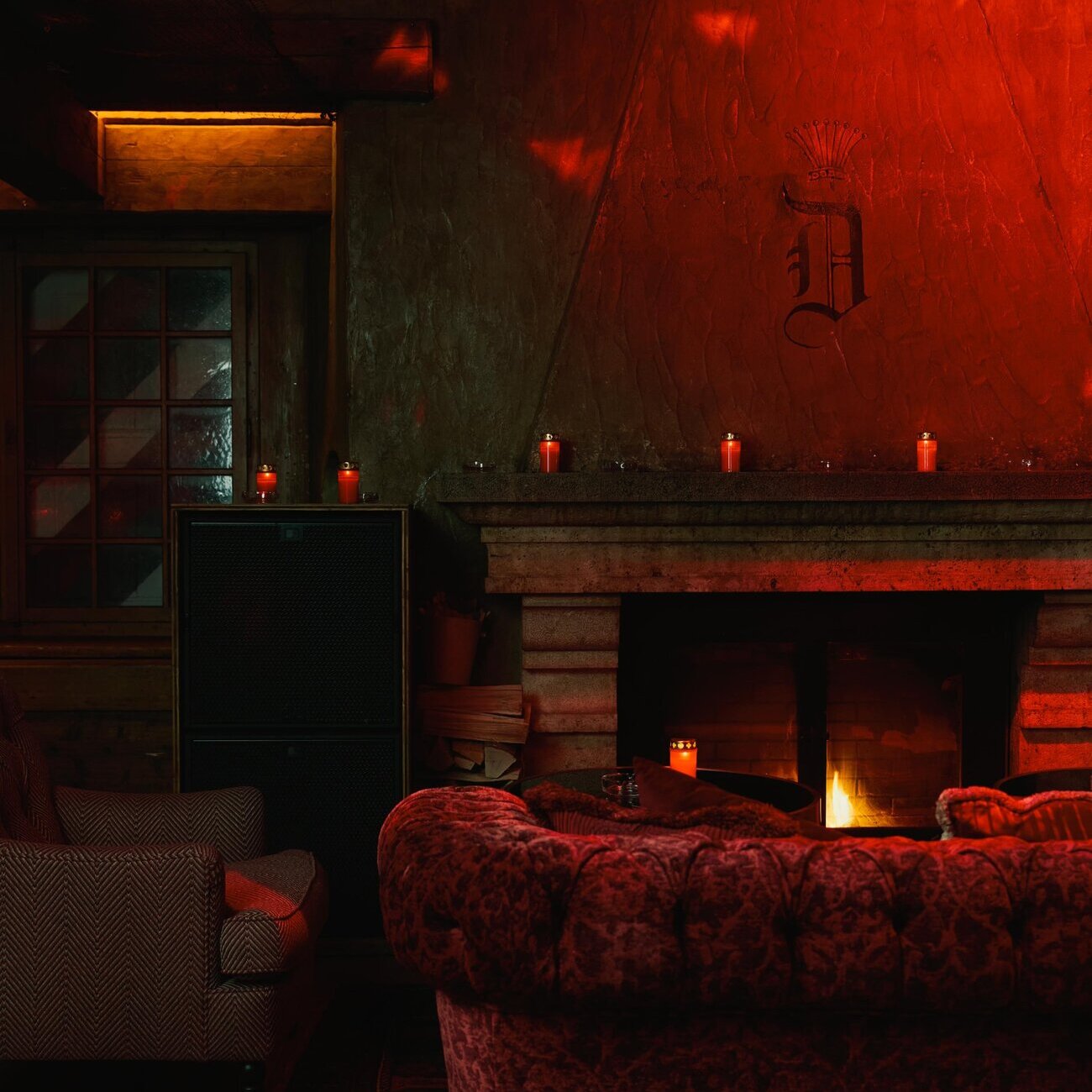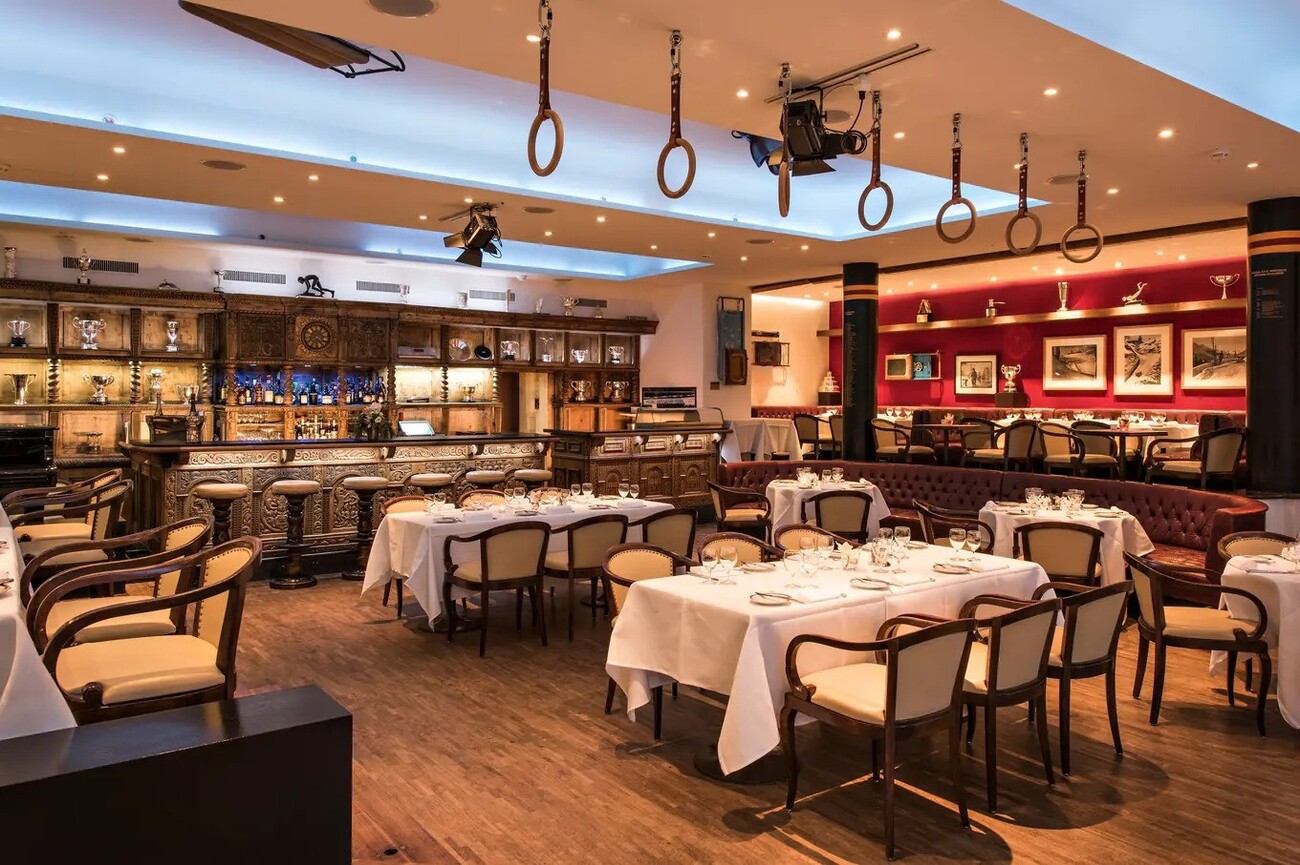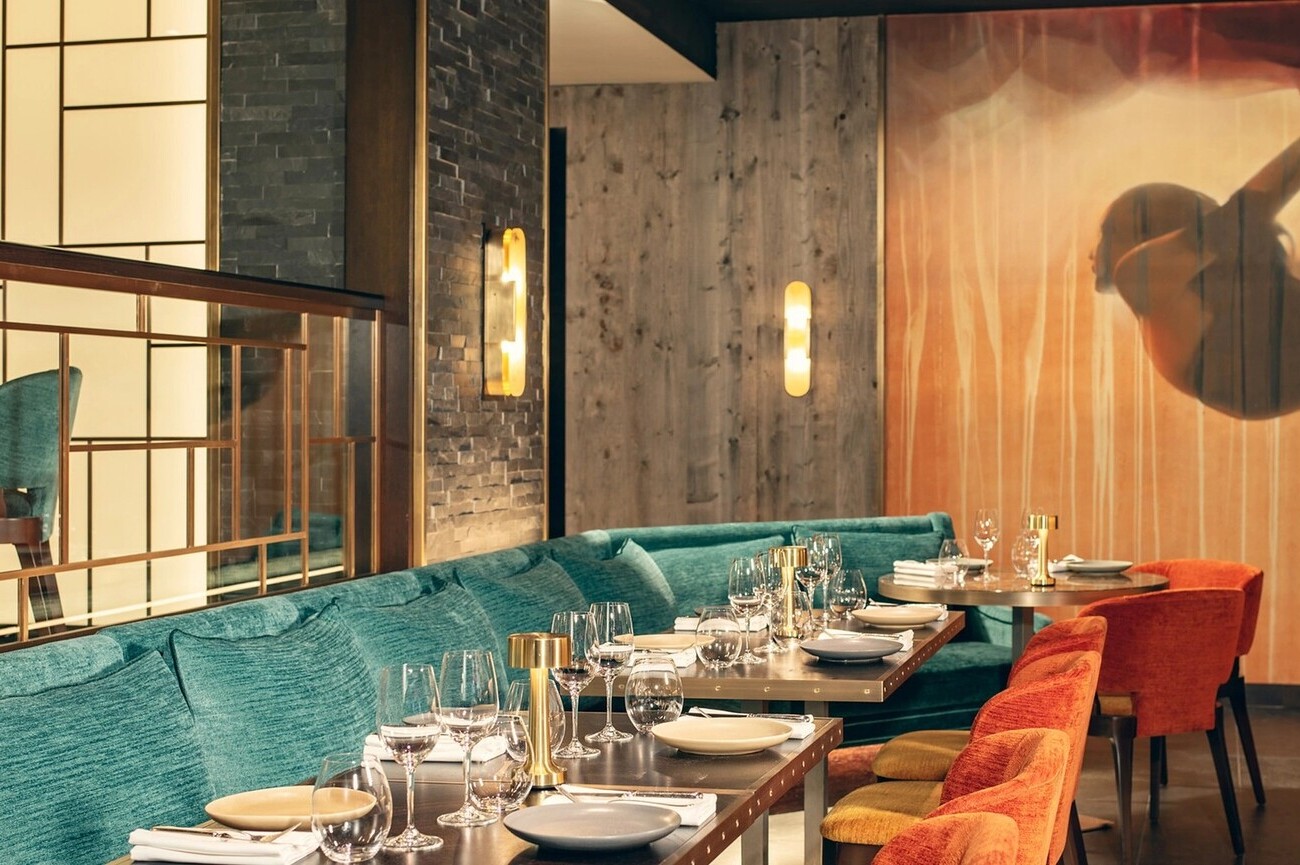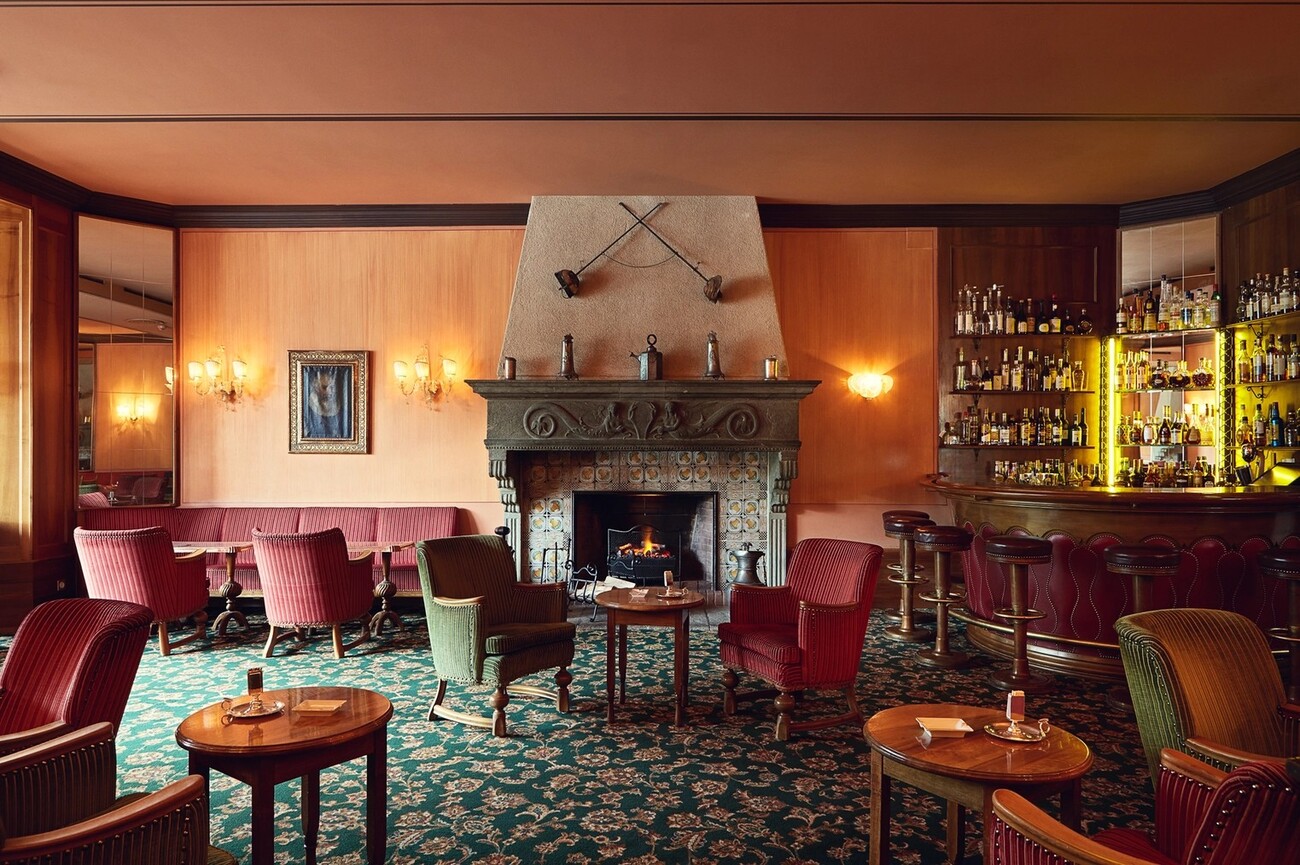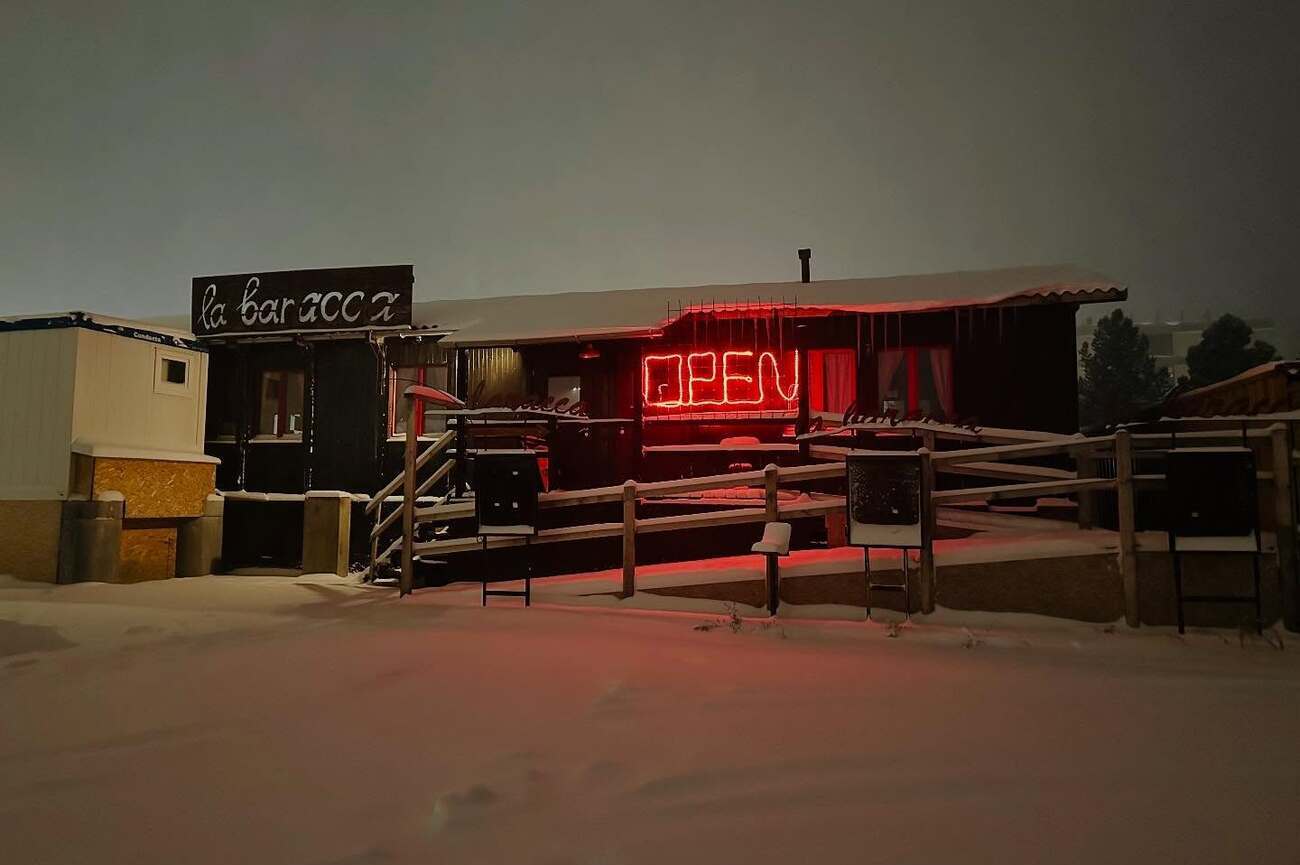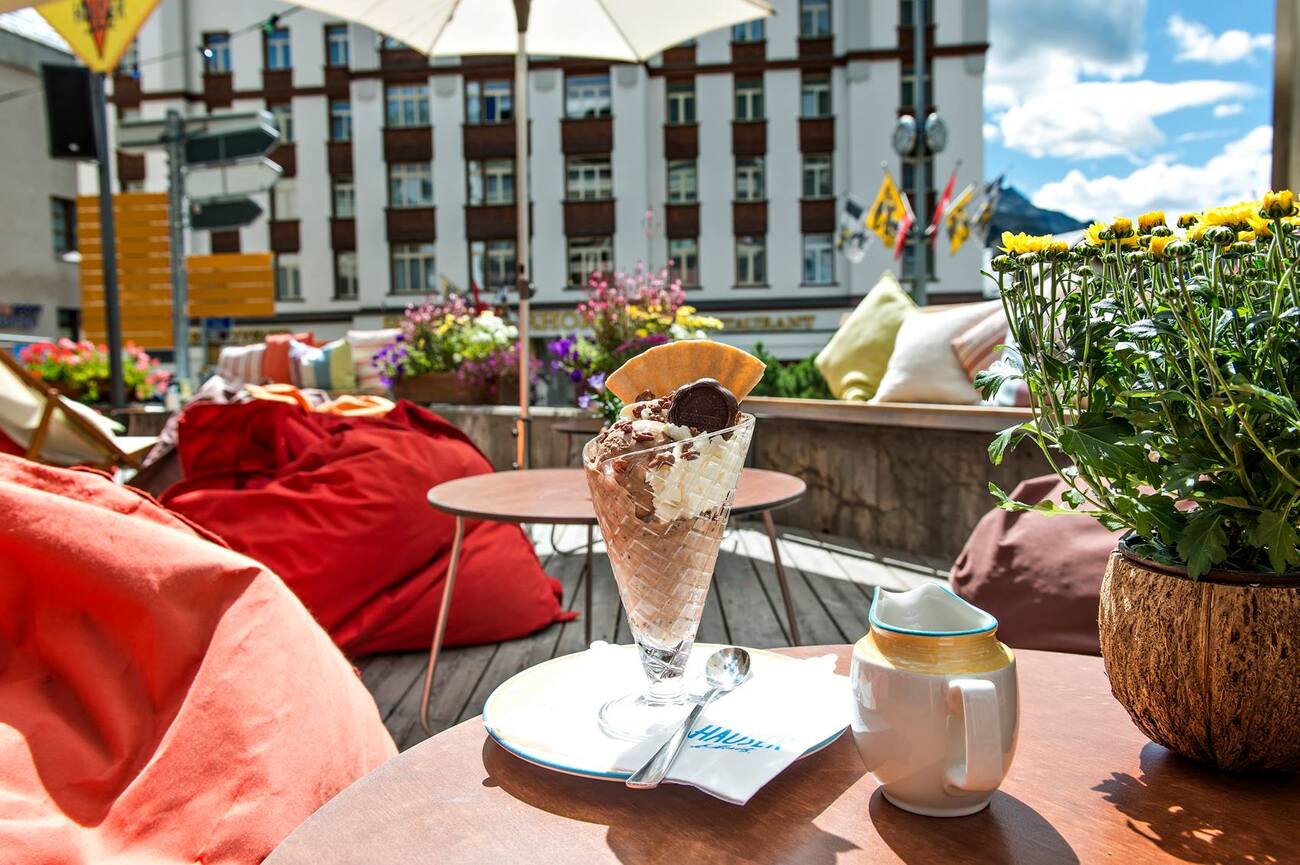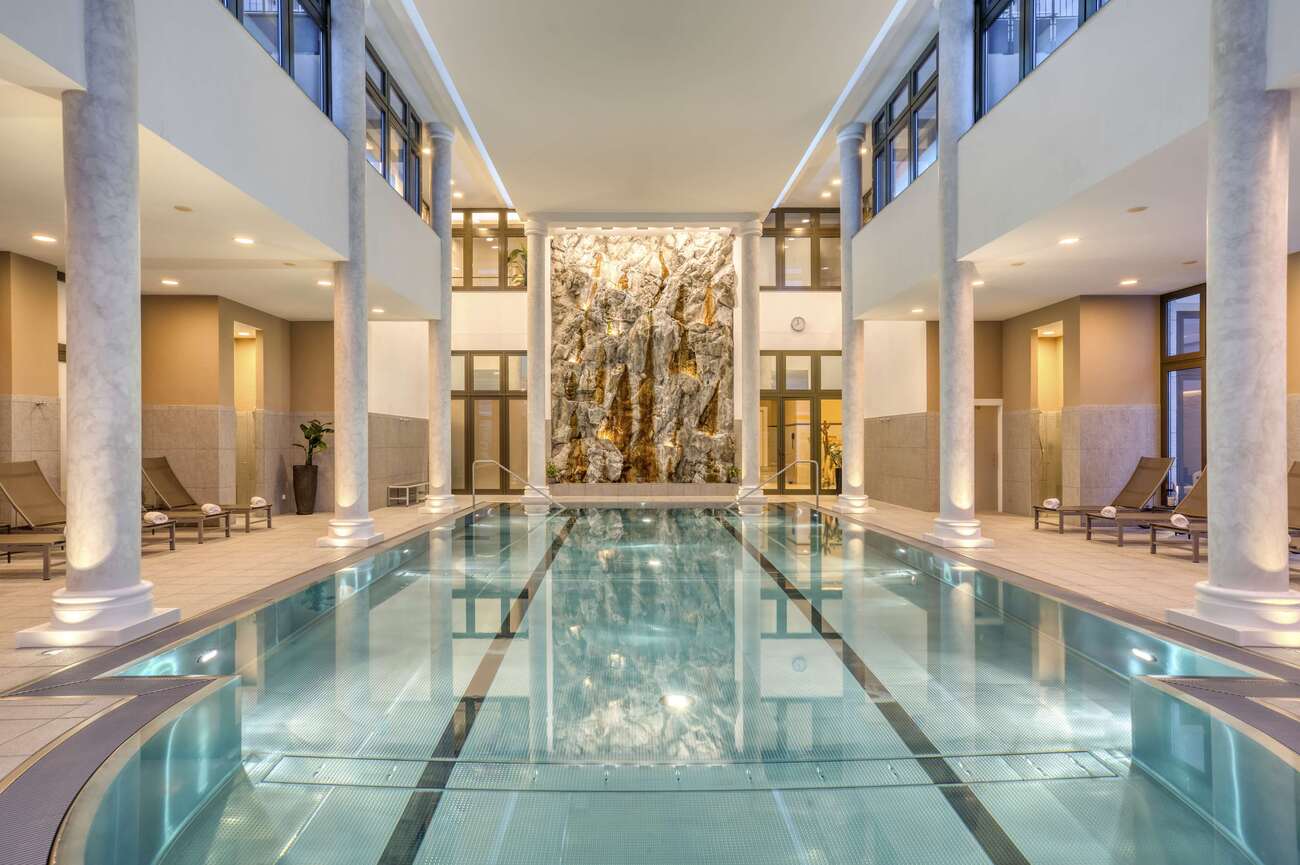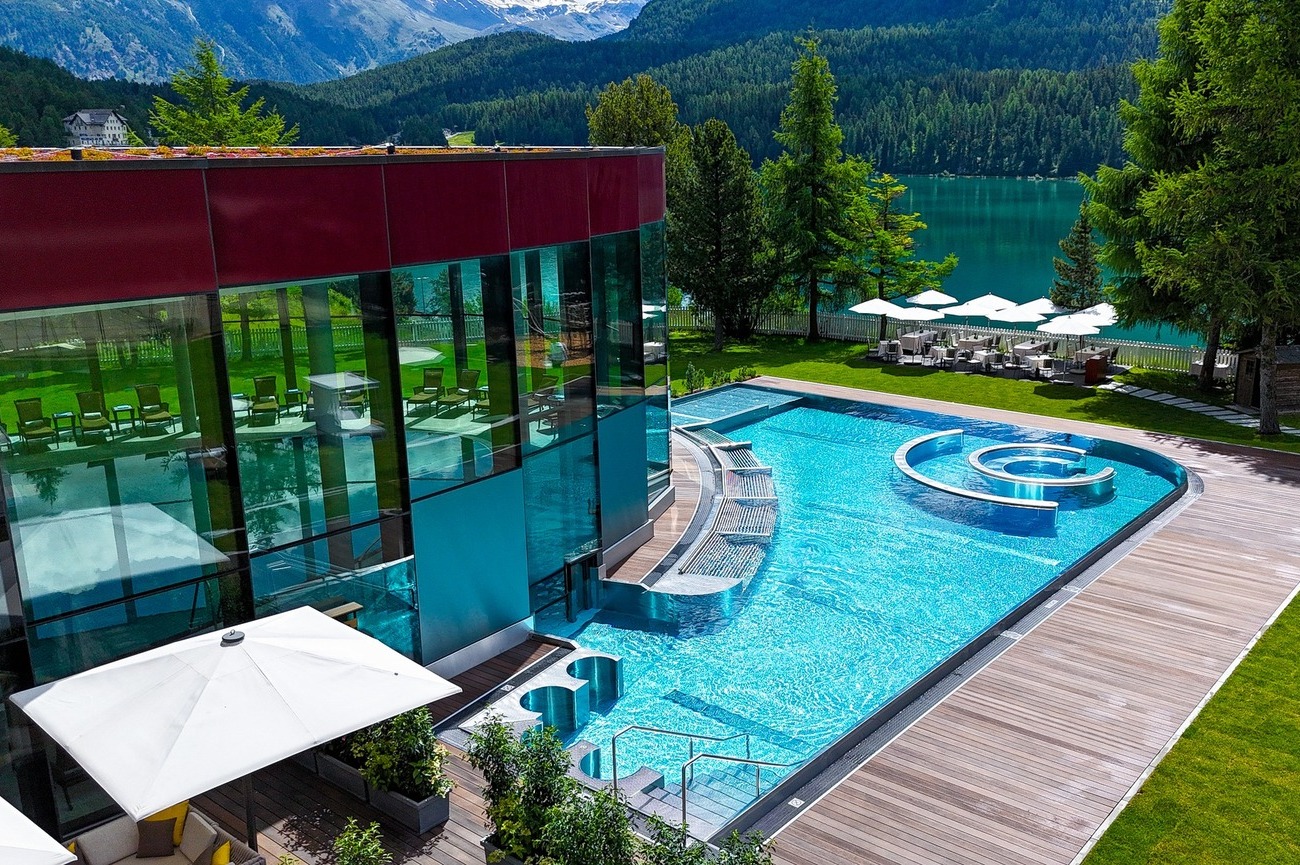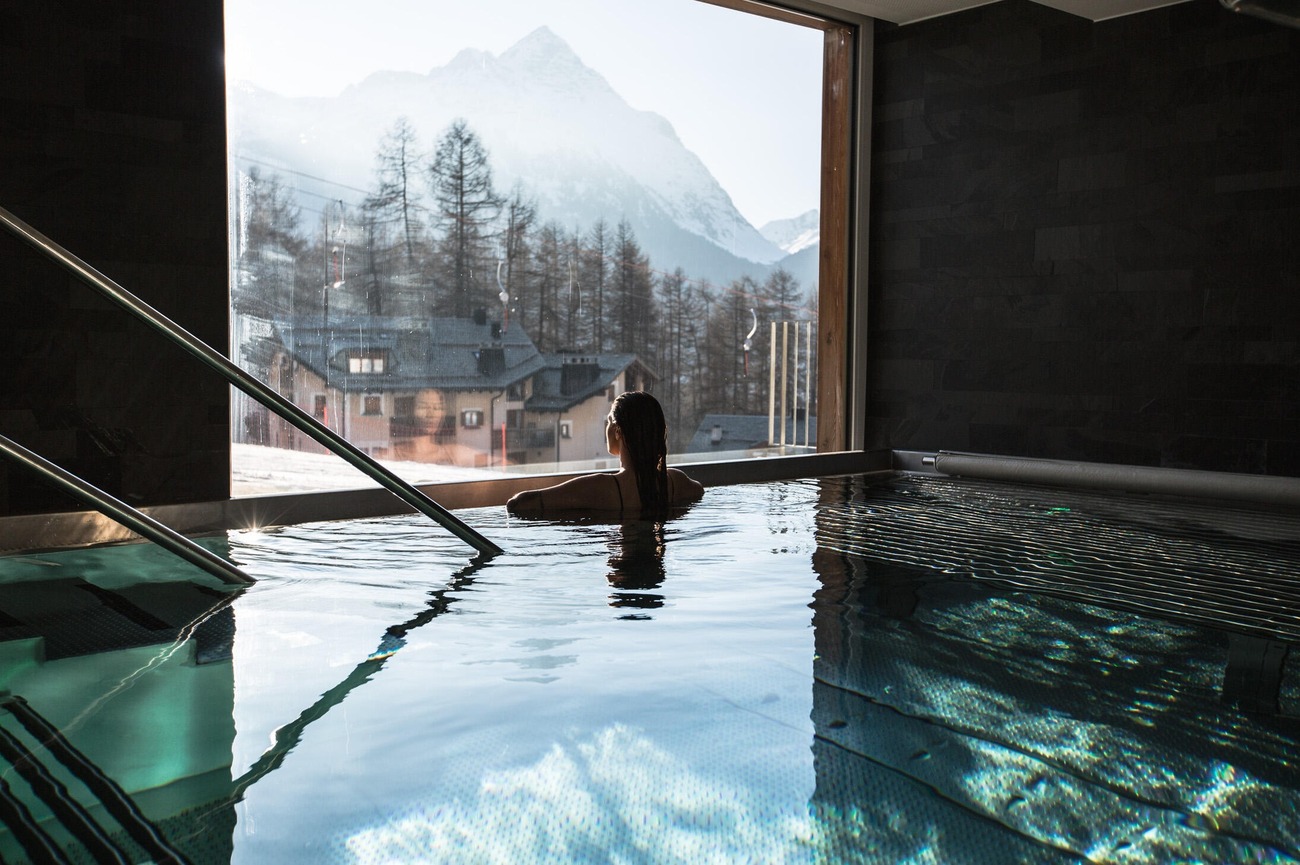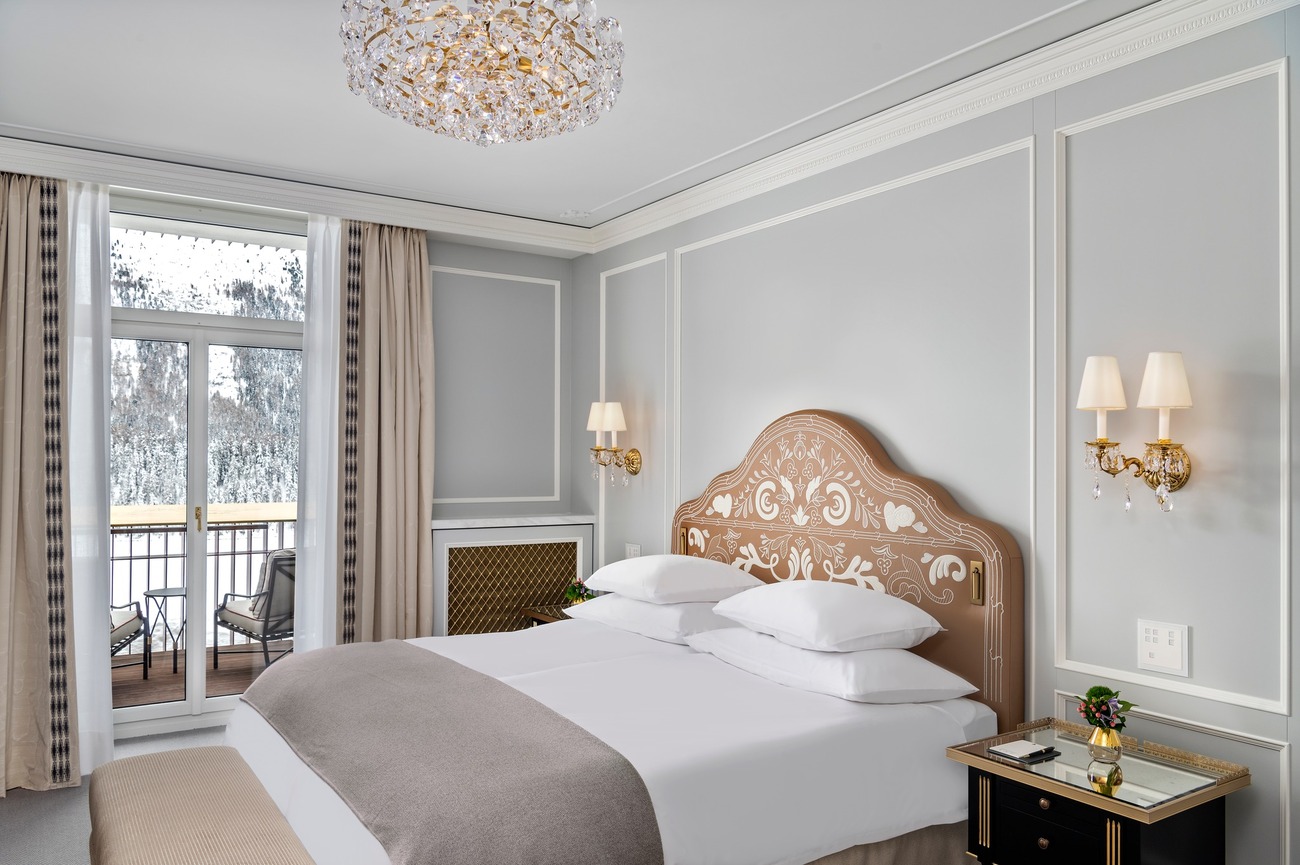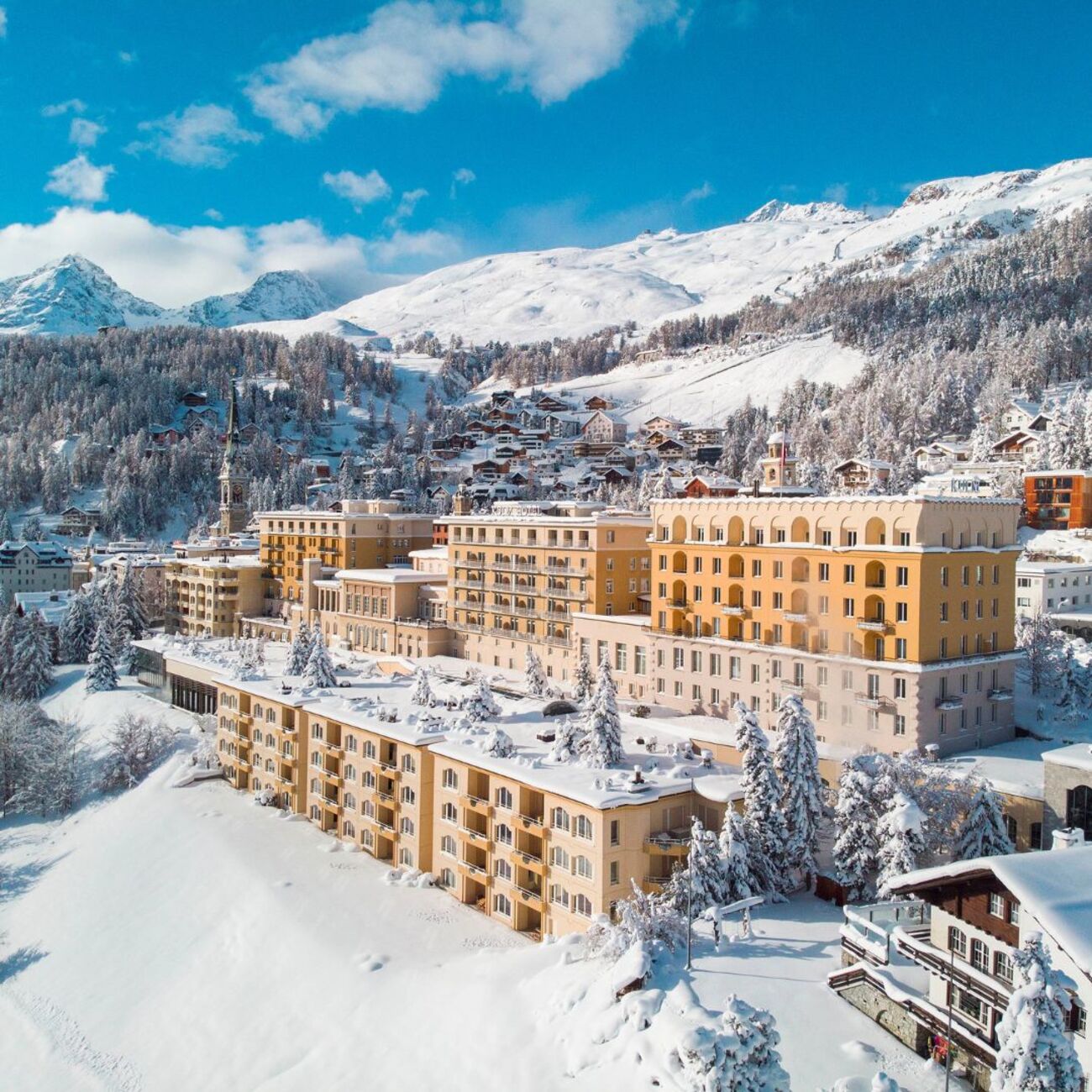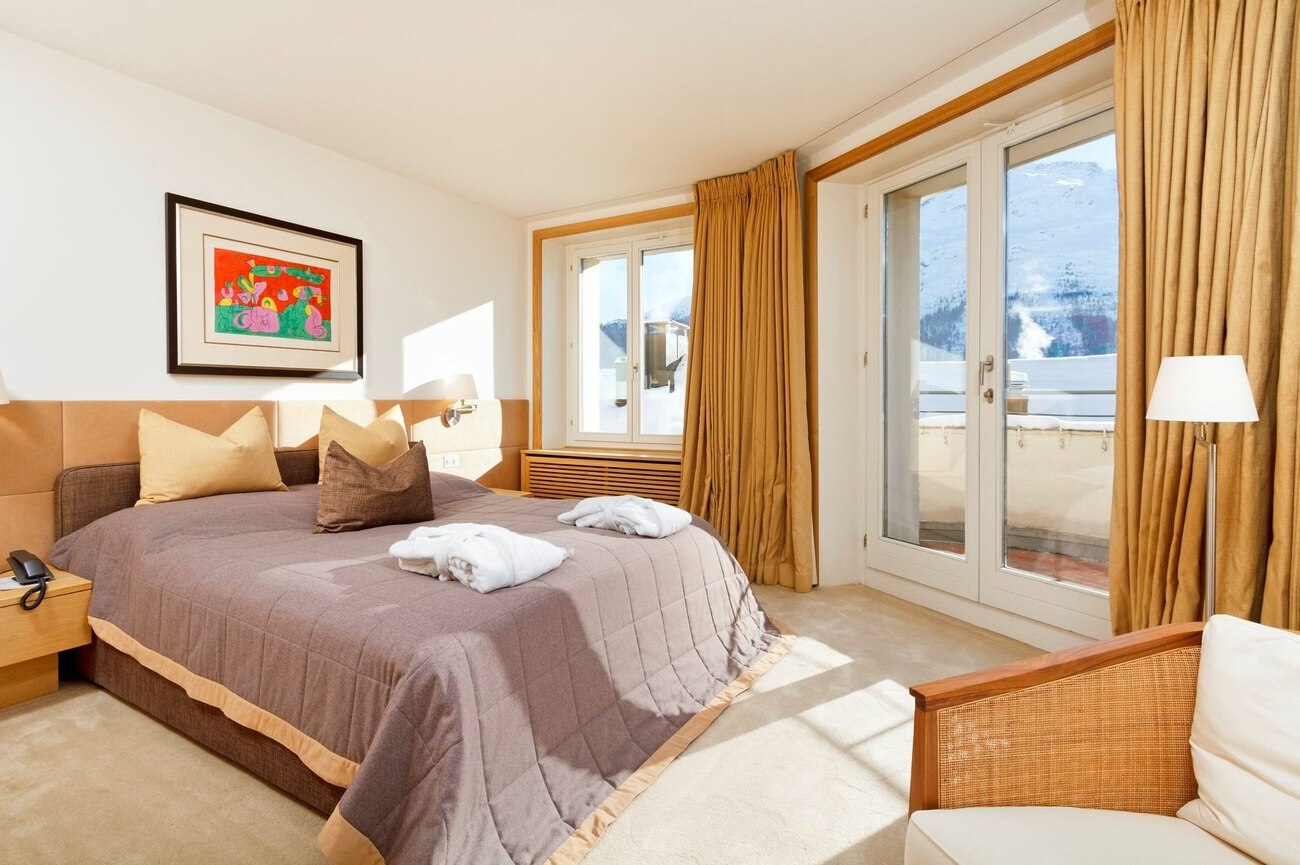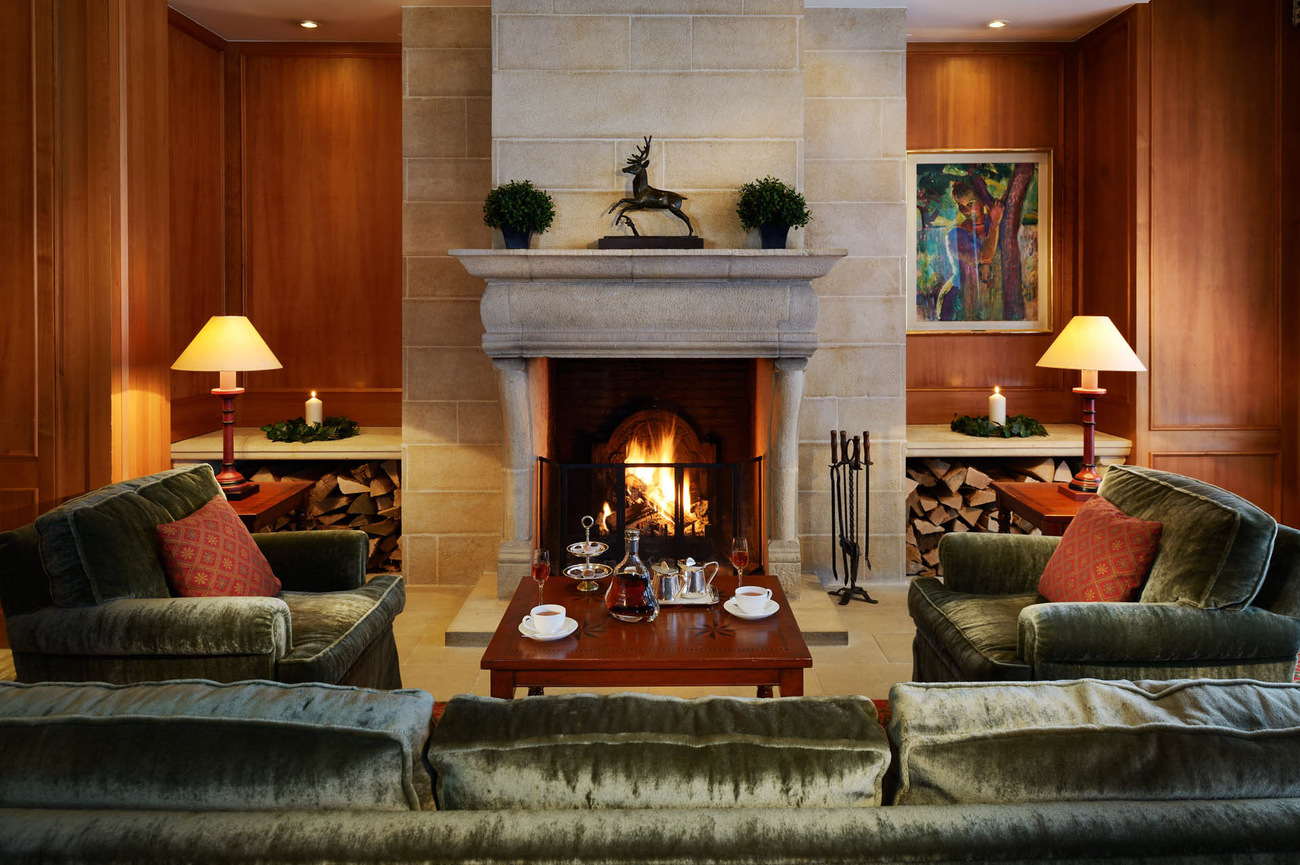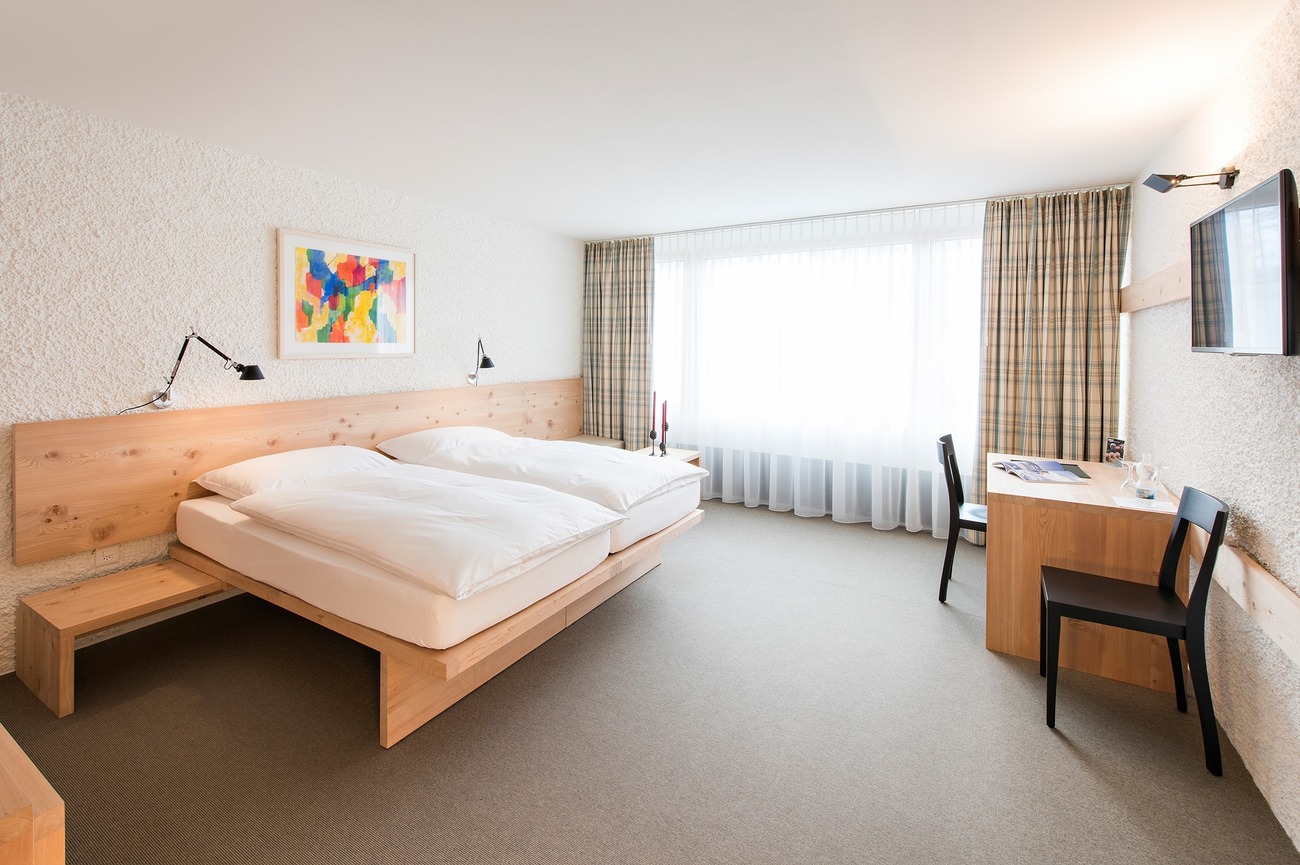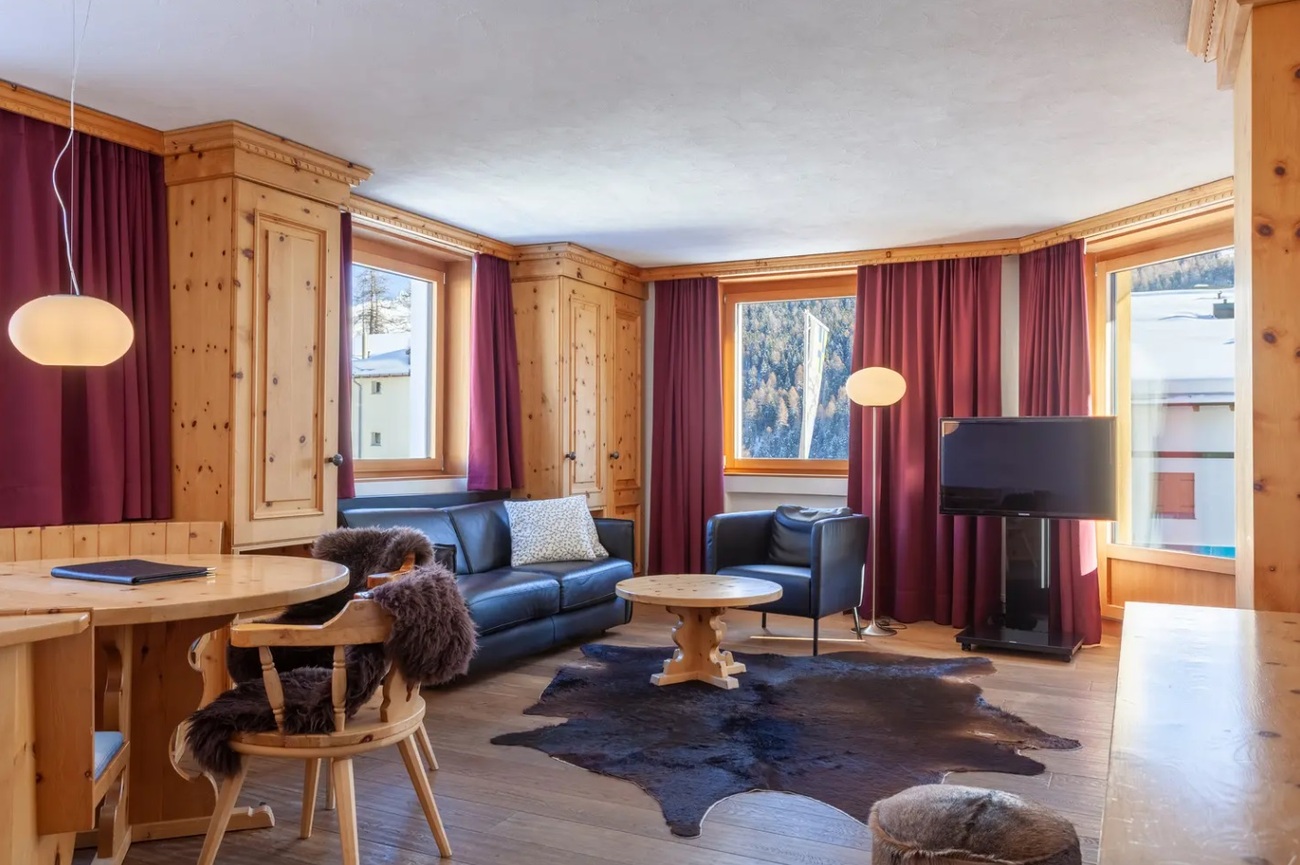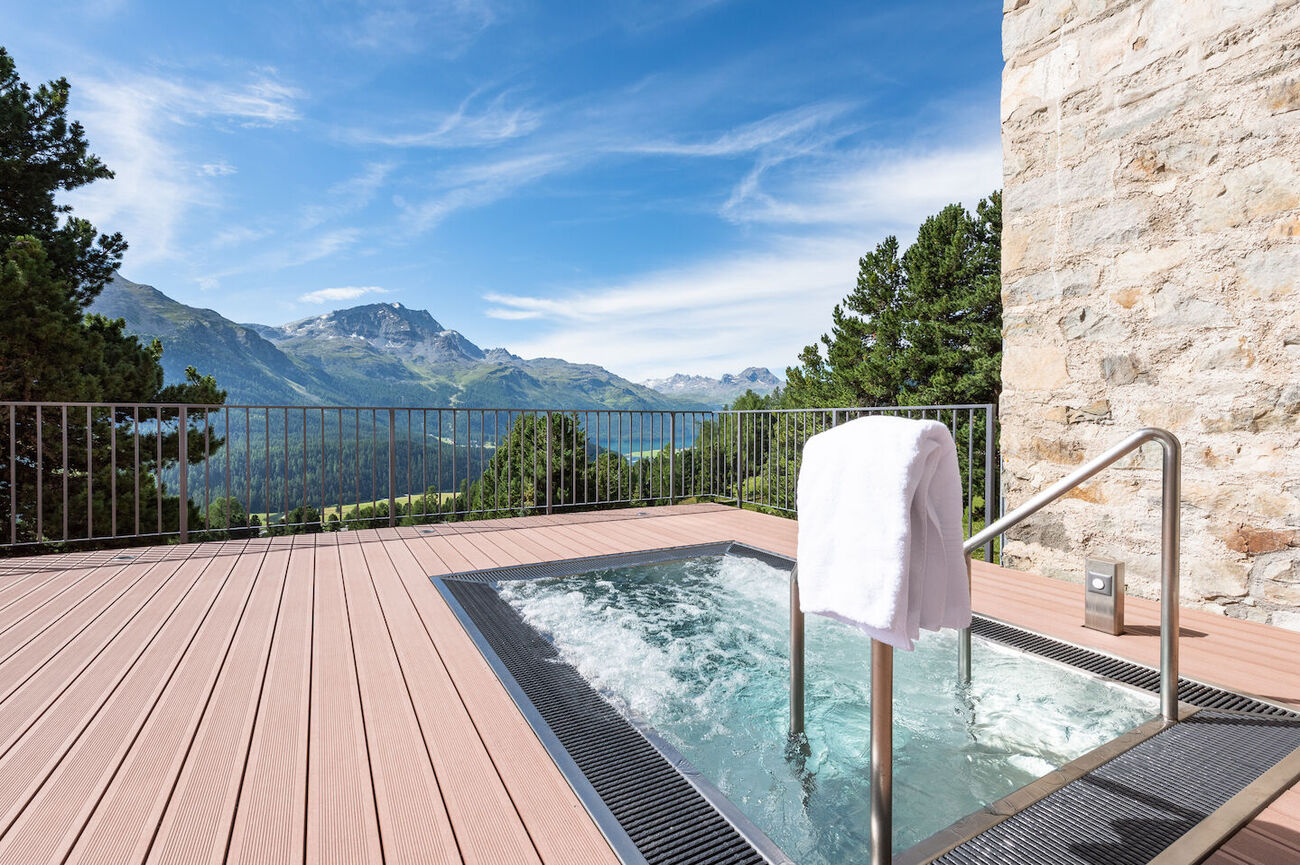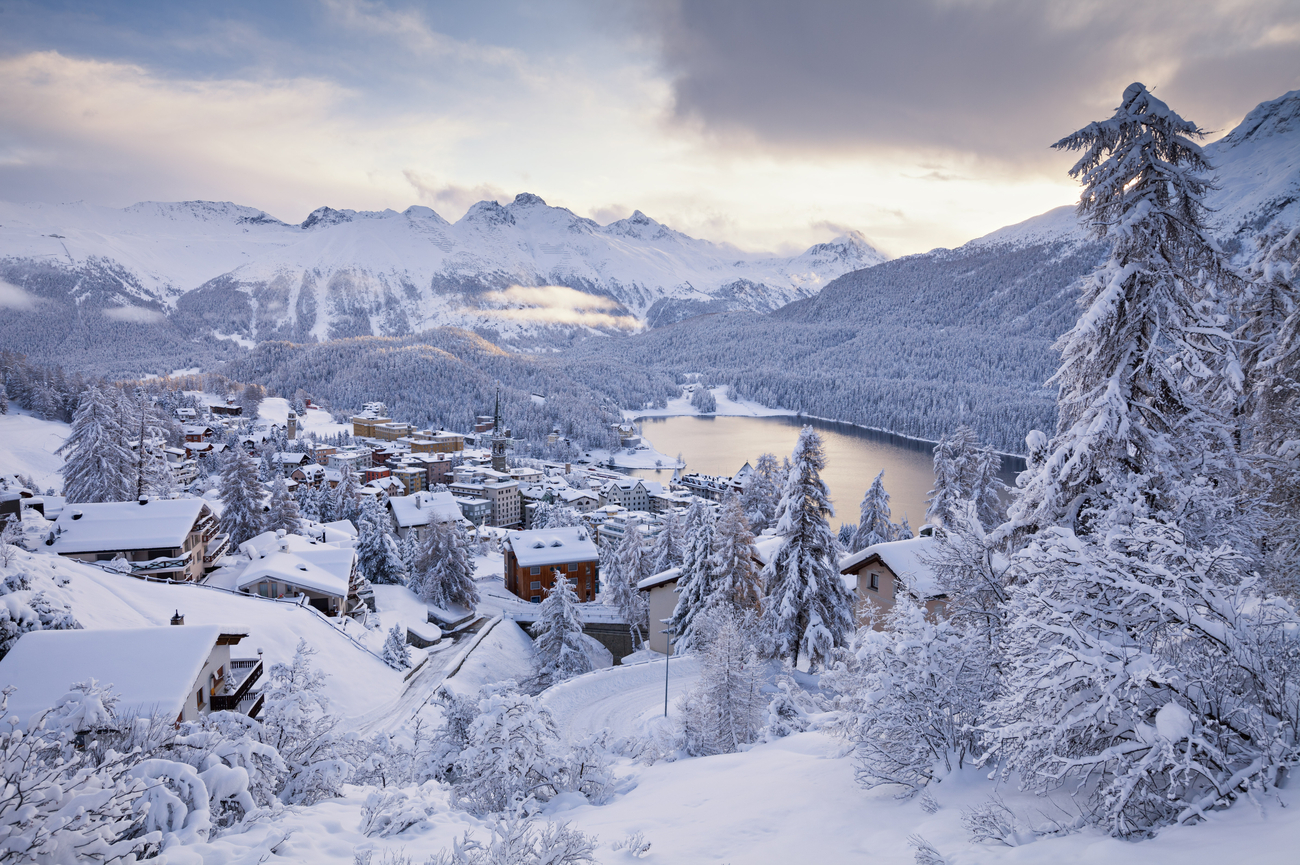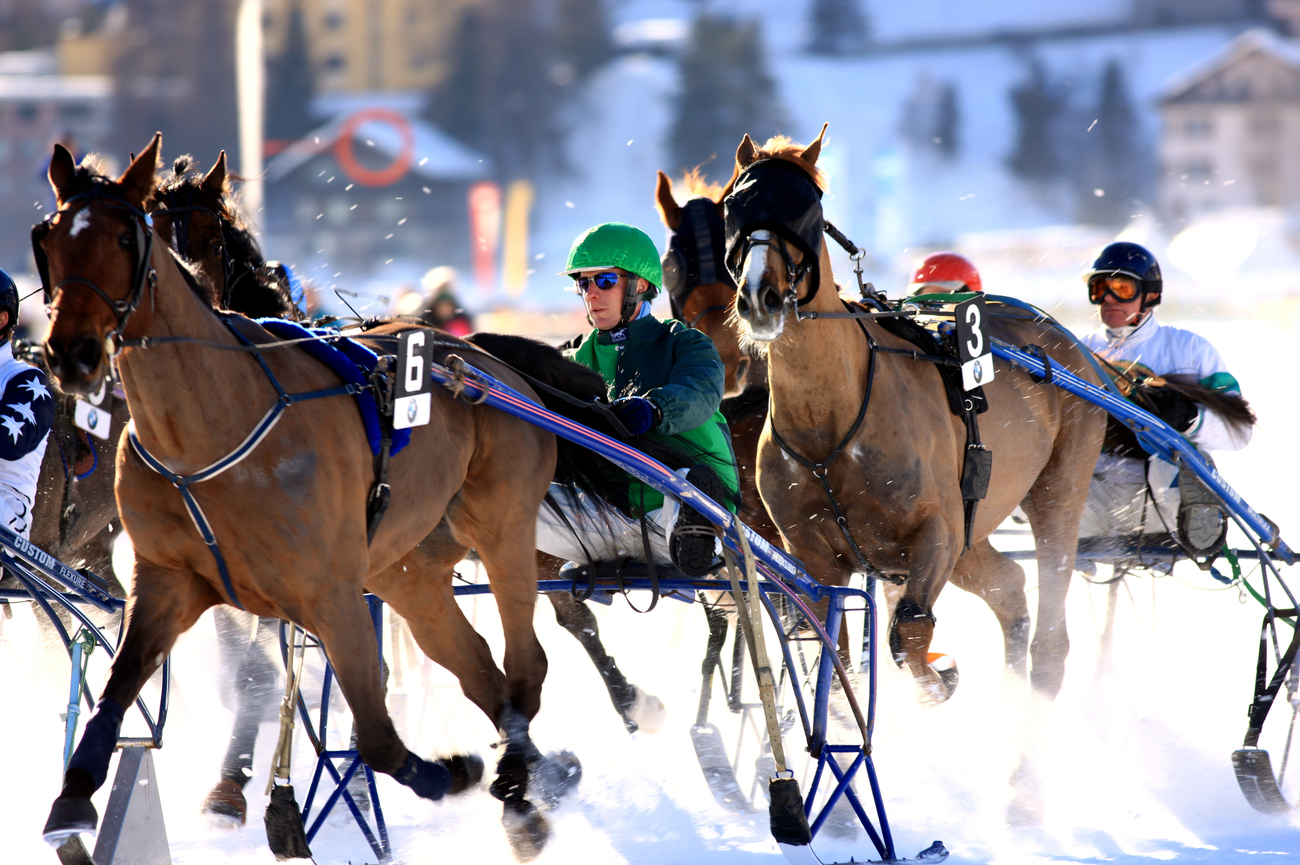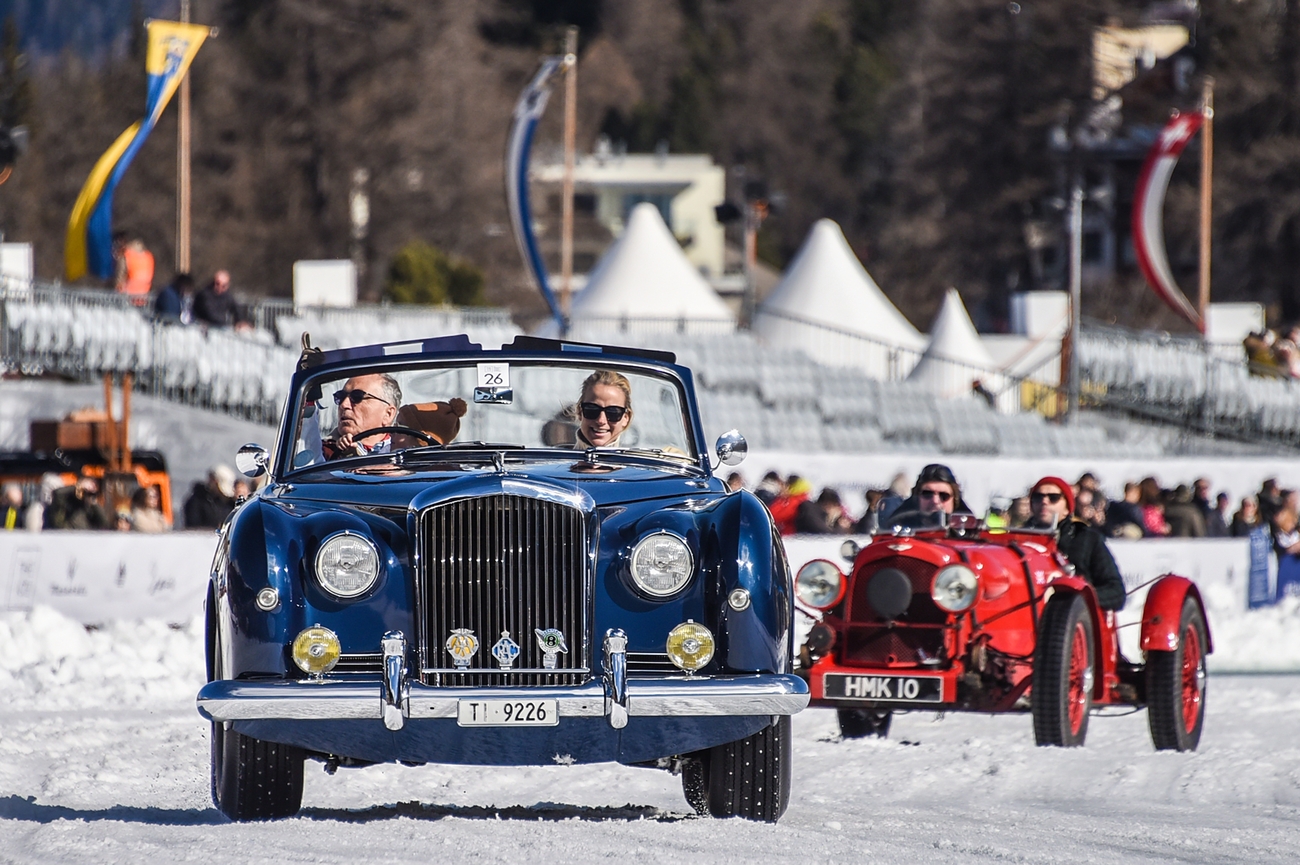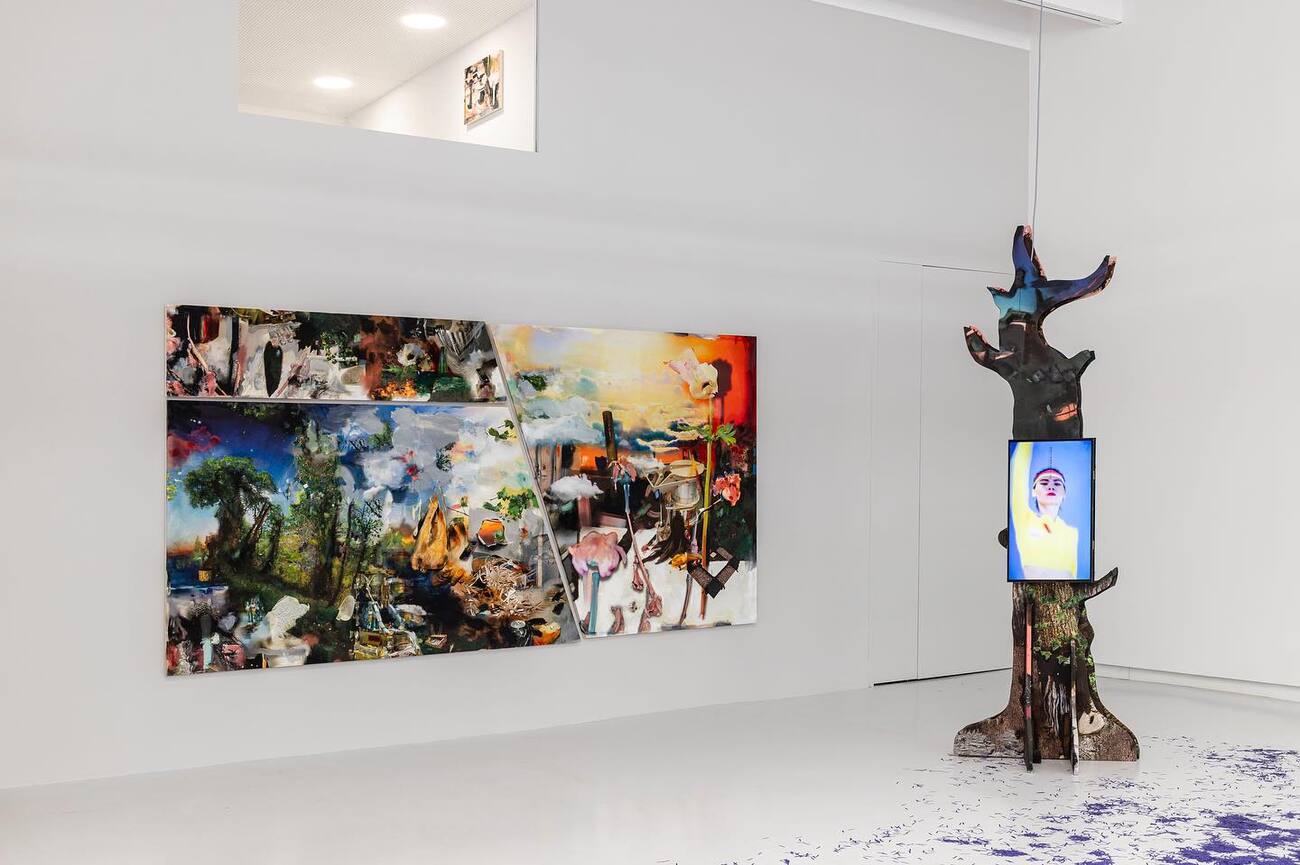Things to Do in St. Moritz: 5-Day Itinerary
Remember that James Bond scene? That one where he’s in a bright yellow ski suit, weaving through the snowy Alps with Soviet agents hot on his heels? That breathtaking chase? It was filmed right here, in the stunning mountain town of St. Moritz. Now imagine this: you’re not watching the scene—you’re in it. Imagine breathing through the crisp alpine air and all around you, the Engadin Valley in all its glory. The best part is that you don’t have to be a secret agent to experience all of these.
Now imagine this: you’re not watching the scene—you’re in it. Imagine breathing through the crisp alpine air and all around you, the Engadin Valley in all its glory. And the best part? You don’t need a license to kill—just a five-day escape, a sense of adventure, and maybe a little room in your suitcase. After all, St. Moritz isn’t just about snow, it’s a shopping haven too.
Welcome to your next great escape. We have prepared a five-day itinerary for your next St. Moritz trip, where you’ll get to experience elegance, excitement, and elevation, all in one.
Day 1

Morning:
Lake St. Moritz
Start your tour strong with a stroll near Lake St. Moritz. You’ll pass charming cafes and elegant hotels, each one whispering stories of Olympic legends, winter royalty, and artists who once came here seeking inspiration. The lake transforms into a mirror of ice in the winter while in summer, it becomes a peaceful expanse framed by wildflowers.
Via
Serlas
After your stroll around the lake, it’s time to turn up the glam. From the lake promenade, head uphill toward Via Serlas—it’s about a 10-minute walk, but it’s steep, so take your time. Via Serlas is the highest luxury shopping avenue in Europe. Gucci, Chanel, Prada? Just name it and they probably have it.
Chesa Futura
Just a few minutes’ walk uphill from Via Serlas sits one of St. Moritz’s most fascinating buildings—Chesa Futura, which translates to “House of the Future.” This place will stop you in your tracks. This building is designed by renowned British architect Lord Norman Foster and its materials are entirely local and sustainable. Chesa Futura is an architectural love letter to the future, with its design optimizing insulation and energy efficiency.
Segantini
Museum
After experiencing the glitzy elegance of Via Serlas and the modern marvel of Chesa Futura, it's time for some history. Just a short stroll from the heart of the town, perched on the hillside, is the Segantini Museum.
This museum is dedicated to the life and works of Italian painter Giovanni Segantini. More than a tribute to the artist, it’s a celebration of the Alpine landscape that inspired his masterpieces. Segatini made e St. Moritz his home toward the end of his life and his paintings captured how he was captivated by the mountains and light of the region. If you’re a fan of landscape painting, this museum is a must. For a more immersive experience, consider downloading the museum's audio guide. This guide provides insights into Segantini’s techniques, inspirations, and personal life.
Afternoon:
Reformierte Kirche
After a quick bite, take a short walk toward the Reformierte Kirche. It is just a few minutes away from the museum, tucked away in the charming old part of St. Moritz Dorf. The church was initially built in the 12th century and it has undergone several renovations over the centuries. Despite this, the traditional Romanesque and early Gothic elements remain visible in the structure.
Once you step inside, you’ll immediately feel the atmosphere that makes this church so beloved by both locals and visitors. You’ll also find a stunning baroque altar that was added in the 17th century. And if you’re visiting during the late afternoon, you will be in awe when the light streams through the stained-glass windows.
Olympia
Bob Run
From the peaceful Reformierte Kirche, it is time to take a stroll toward one of the most exciting and unique experiences the town has to offer—the Olympia Bob Run.
The Olympia Bob Run is the world’s oldest bobsleigh track. It was built in 1904 and later renovated for the 1928 and 1948 Winter Olympics. This track has witnessed decades of high-speed thrills, world records, and Olympic victories.
For those who aren’t content to just watch, the Olympia Bob Run offers an incredible opportunity to ride the bobsleigh down the track. Yes, you read that right—you can experience the rush of a real Olympic track. But if you’re not up for the ride, you can book a guided tour of the track.
Omega
Another part of the Swiss charm is luxury watches. Omega has long been synonymous with fine Swiss craftsmanship and innovation. Whether you’re a seasoned collector or simply seeking a luxury timepiece, the boutique’s curated displays offer a personal window into Omega’s storied past. You will not only be shopping when you visit their St. Moritz boutique, you can opt for personalized engravings or even have your watch strap custom tailored.
Evening:
Audemars Piguet
After indulging in the elegance of Omega, it’s time to wrap up your day with another world-renowned Swiss luxury brand—Audemars Piguet. This brand has been at the forefront of the Swiss luxury watchmaking world since 1875.
If you choose to purchase one of Audemars Piguet’s masterpieces, the boutique offers customizations that allow you to make your timepiece truly yours. But it doesn’t stop there. For the discerning collector, Audemars Piguet provides an invitation-only luxury experience. It has been known that it offers private viewings of rare and limited-edition pieces.
Day 1 - St. Moritz Tour Map
Day 2

Morning:
Engadine Alps
Rise early and prepare to be swept away by the majestic Engadine Alps. This mountain range offers not only breathtaking natural beauty but also exclusive luxury experiences. The Engadine Alps aren’t just about skiing. You’ll also find cozy, high-end mountain resorts where you can unwind with a luxurious spa treatment. Picture yourself relaxing in a spa suite with panoramic views of the surrounding peaks. For those seeking a once-in-a-lifetime morning, consider booking a heli-skiing tour. You’ll lift off directly from the Engadine valley floor and fly over jagged peaks before being dropped onto untouched powder. And if you want to truly elevate your day, go and book a helicopter tour from St. Moritz.
Diavolezza
Glacier
After basking in the serenity of the Engadine Alps, it’s time to ascend into a scene straight out of a Swiss postcard—Diavolezza Glacier. You just have to take a 15-minute train ride on the Bernina Line to the Diavolezza station. Diavolezza’s name means She-Devil” in Romansh. This is inspired by local legends of a beautiful enchantress who lured hunters into the glacier's depths. But don’t worry, the only thing likely to take your breath away now is the view. From the summit, you’re greeted by a sweeping panorama of the Bernina Massif, home to Piz Bernina and below, you’ll see sprawls the Morteratsch Glacier.
There are more ways than one to enjoy the Diavolezza Glacier. For those seeking an elevated luxury experience, Diavolezza offers much more than just a photo op. You can enjoy a glass of Swiss wine in the panoramic restaurant at the summit. Or you can book a cable car ride to enjoy the mountains. And of course you can also do what the Swiss Alps have always been known for, hiking and skiing. Guided glacier hikes are available for small groups and there are also tours that are tailored to your skill level.
Morteratsch
Glacier
From the Diavolezza cable car base station, you’re just one stop away on the Bernina Express line (literally a 3-minute train ride) from Morteratsch Station. The Morteratsch Glacier is the largest glacier in the Bernina Range and the third longest in the Eastern Alps. But what makes this destination truly striking isn’t just its scale but it’s how close you can get to the ice. Unlike other glaciers that sit distantly atop peaks, Morteratsch invites you to walk right up to its frozen front.
You can enjoy a 50-minute walk through the Morteratsch Glacier Trail. You can also book private guides to lead you onto the actual glacier surface, complete with crampons and rope lines.
Maloja
Pass
After your glacier encounter at Morteratsch, it’s time to change pace and elevate the experience—literally. Hop back on the Bernina Express to Pontresina, then take a 45-minute drive to Maloja Pass. This pass connects the high alpine Engadine plateau to the lush, Italian-speaking Val Bregaglia. At 1,815 meters above sea level, the pass rewards travelers with panoramic views of Lake Sils, the Bergell mountains, and the thick forests that spill down toward Italy.
Church
of San Lorenzo
After the winding majesty of Maloja Pass, it’s time to step off the path and into a moment of stillness. Just a short drive down the pass toward Silvaplana, you’ll arrive at Chiesa di San Lorenzo (Chiesa San Lurench). This 12th-century Romanesque chapel is tucked away on a gentle hill above Sils Baselgia. The church is pretty simple, built from rough-hewn stone and topped with a slender bell tower. But step inside, and you’ll find 14th-century frescoes whispering stories from another time.
Yacht
Ride on Lake Sils
After the spiritual calm of the Church of San Lorenzo, it’s time to go on a private yacht on Lake Sils. This lake is the highest navigable lake in Europe at 1,800 meters above sea level. Aboard a sleek, whisper-quiet solar-powered yacht and enjoy mirrored reflections of Piz da la Margna and the raw wilderness of the Fex Valley. You can also book a private luxury experience and enjoy chilled champagne, locally sourced cheeses, and plush seating under the open sky.
Kulm
Spa St. Moritz
From the Lake Sils, get to the Kulm Hotel through a 15-minute drive. The Kulm Spa isn’t just about relaxation; it’s a complete luxury experience. The Kulm Hotel has been one of the oldest luxury hotels in the region and the spa has set its legacy blending traditional Swiss wellness practices with state-of-the-art amenities. This place is known for its perfect blend of serenity and indulgence. It offers a range of saunas and steam rooms, like the Finnish Sauna and a bio-sauna. And if you are looking for a more private experience, the spa also offers private spa suites where you can retreat with a loved one or enjoy a quiet moment to yourself.
Evening:
Lej da Staz
Time for more serenity. Go visit one of the most serene and enchanting spots in St. Moritz next. Lej da Staz is a tranquil escape where the beauty of nature takes center stage. Imagine this: you step onto the banks of a pristine, crystal-clear lake, surrounded by towering pines and snow-capped peaks that seem to touch the sky.
For those seeking the ultimate luxury experience, why not indulge in a private boat tour on the lake? Alternatively, if you prefer to stay on land, you can take a leisurely stroll along the lake’s edge. During your stroll. You’ll pass small and hidden spots that are perfect for a moment of reflection or a peaceful picnic.
After the stroll, you can also drop by Restaurant Lej da Staz. Here, you’ll be treated to a menu that emphasizes the best of regional ingredients, showcasing fresh, locally sourced produce, wild game, and fish. And what sets the restaurant apart is its wine list, which is a work of art itself.
Day 2 - Engadin Tour Map
Day 3

Morning:
Corviglia
Rise and shine because today, you’re heading to Corviglia. This mountaintop paradise is perched 2,486 meters above sea level. Whether you're a seasoned skier or a curious beginner, there’s something for every level here. Private ski instructors are available for those wanting to sharpen their turns in style. And for those who want to experience Corviglia without the skis? No problem. Take a winter hike along the snow-packed trails.
Cresta
Run
From the elegance of Corgviglia, dive straight into one of St. Moritz’s most thrilling and exclusive traditions—The Cresta Run. This is not your average adrenaline rush.
Originally built in 1884, the Cresta Run is the birthplace of the skeleton toboggan and a proving ground for daredevils. The sport is as simple as it is insane. How do you do it? You’ll hurl yourself face-first down a twisting, narrow ice chute on a tiny sled. But it’s not all about the rush, it is also about the legacy.
The St. Moritz Tobogganing Club, which runs The Cresta, is notoriously exclusive. But there are guided visits and observer tours that you can join. First-timer rides are available under strict supervision.
Piz
Nair
To wrap up your morning, you’re heading for the skies—literally. Go ride the Piz Nair aerial cable car. Once you reach the summit, you’ll get the best view of the Upper Engadin. Piz Nair towers at 3,057 meters above sea level which leaves seasoned travelers speechless. Want to get the best possible view? You can join sunrise tours where you can reach the summit before dawn. What makes this experience more luxurious is that a buffet breakfast awaits you in the restaurant Piz Nair 10000 feet.
Afternoon:
Muottas Muragl
Now that your spirit has soared with the peaks of Piz Nair, it’s time to ground yourself again—but not too far down. Next stop: Muottas Muragl.
This place is known as the balcony of Engadin for a good reason. From here, you get one of the most sweeping panoramic views in all of Switzerland: the chain of Upper Engadin lakes, the Bernina Alps, and the valley villages like Pontresina and Samedan nestled quietly below. Aside from the breathtaking view, there are quite a lot of other spots you can visit here. There’s also a hotel and a restaurant in this area. But if you want to keep moving, Muottas Muragl offers hiking and snowshoeing trails. One of the most iconic is the Philosopher’s Trail (Philosophenweg) which winds gently along the mountainside.
Alp Grüm
It’s not yet time to go down, but it’s time to go deeper. Alp Grüm is a remote and spectacular mountain railway station and viewpoint located in the Swiss Alps, and one of the most dramatic and soul-stirring stops along the Bernina Line. As you step off the train, you’ll be face-to-face with the Palü Glacier—so close it feels like you could reach out and touch it.
Alp Grüm is car-free and perched at 2,091 metres, accessible only by train or on foot. For those looking to stretch their legs, Alp Grüm is a trailhead for several scenic hikes, including a panoramic path leading down to mysterious glacial mills known as the “Giants’ Pots.” But honestly? Even if you don’t move a muscle, you’ll leave this place changed.
Preda-Bergun
Trail
Now, if you think the landscapes can’t possibly get more cinematic, go to the Preda-Bergun Trail. The trail follows the route of the world-famous Albula Railway, a UNESCO World Heritage site. Imagine yourself winding through frozen forests, snow-covered bridges, and tunnels that seem carved straight from a fairy tale. The spot is also one of the most beloved sled runs in Switzerland, stretching over 6 kilometers from Preda to Bergün. You don’t need to be a pro to enjoy it. You can rent a wooden sled and just let gravity do its thing.
Evening: Observatory by Randolins
What if I told you that your bedroom for the night could also be your private gateway to the stars? Book a stay in the Observatory by Randolins to end the night. This one-of-a-kind suite is housed in a former astronomical observatory—and yes, the dome still opens. As night falls, you don’t just sleep under the stars; you sleep with them.
This spot was originally used for research, but it has been transformed into an intimate retreat. Don’t let the altitude fool you, the suite is fully equipped with a bathroom and even access to the wellness area. Luxury is also within reach as you can enjoy saunas, steam baths and whirlpools during your stay here.
Day 3 - Corviglia Tour Map
Day 4

Morning: Engadine Valley
After a magical night among the stars, it’s time to greet the morning in one of Switzerland’s best-kept secrets—the Engadine Valley. This high alpine valley is unlike anywhere else in the country. Thanks to its dry, champagne-like climate and over 300 days of sunshine a year, mornings in the Engadine have a special glow. Your morning will truly be a nature experience. You can take a stroll along the Inn River as it glistens in the early light. Just breathe in and enjoy the sunlight.
Engadiner
Museum
The next stop is truly a time capsule that brings the Engadine’s past to life in stunning detail. The Engadiner Museum is housed in a charming 17th-century-style building. Imagine yourself walking in intricately carved wood-paneled rooms, traditional furniture, and hand-painted chests that date back centuries. Each room tells a story of how people lived in this alpine region.
This is not your typical museum. Rooms are not only filled with artifacts encased in glass boxes here. It’s more like wandering through someone’s home, frozen in time. You’ll see how locals cooked, how children learned, and even how they dressed. For those seeking a deeper experience, private guided tours are available and can be tailored to focus on art, architecture, or even specific periods in the valley’s history. And yes, they do offer multilingual guides.
Via
Maistra
As you step out of the Engadiner Museum, take a leisurely stroll down Via Maistra, one of St. Moritz's most iconic streets. As you wander along this route, you’ll be surrounded by historic buildings and luxury boutiques. Whether you’re stopping to window shop or grabbing a seat at one of the many inviting cafés along the way, you’ll feel the luxury of St. Moritz at every corner.
Berry
Museum
Now go on a 10-minute walk to the Berry Museum. This museum is dedicated to the works of Ernst Ludwig Kirchner, a German artist whose bold and colorful expressionism was deeply influenced by the breathtaking landscapes of the Engadine region. Picture yourself enjoying the palette and dramatic forms that defined Kirchner's work. This museum is like a portal to the soul of a man whose creativity was inextricably linked to the very land you’re standing on. You can also join private tours where you can explore the artist’s life, work, and connection to the Engadine in detail.
Afternoon:
Nietzsche House
There’s no such thing as too much history in one day. After immersing yourself in the Berry Museum, go and take a short detour to the Nietzsche House. This residence once served as the summer home for Friedrich Nietzsche, one of the most influential philosophers of the 19th century. It is indeed here that Nietzsche spent his time reflecting, writing, and exploring ideas that would go on to shape the course of Western philosophy.
Stepping inside the house is like stepping into the mind of the man himself. Whether you are a philosophy enthusiast or simply curious about the man behind Thus Spoke Zarathustra, you can join guided tours to connect with one of the most influential thinkers in history.
Val
Fex
A short drive from the Nietzsche House will take you to one of the most enchanting spots in the Engadine region: Val Fex. Val Fex is an open valley that offers a peaceful retreat far removed from the bustle of St. Moritz. This is a place to slow down, but for those seeking a more active experience, there are a number of hiking trails that traverse the valley. You can join one of them to enjoy unique vantage points of the surrounding landscape.
Evening:
Furtschellas Cable Car
Head over to the Furtschellas Valley Station in Sils, just a short drive from Val Fex. This cable car isn't just a means of transportation; it’s a passage to one of the most surreal mountain experiences in the Upper Engadine.
You’ll be gliding up to 2,312 meters above sea level, where you’ll be treated to a bird’s-eye view of the jewel-toned Sils Lake shimmering below. Once you arrive at the summit, there are countless ways to experience the landscape. You can take a scenic walk along the Water Trail, which leads past six small alpine lakes.
Sils
Lake
Just when you thought the views couldn’t get any better, the descent from Furtschellas brings you face to face with one of Engadine’s most poetic landscapes—Sils Lake. This lake stretches between the villages of Sils Maria and Maloja. You can drop by to simply unwind. But for those craving something more immersive, electric boats are available for hire in the warmer months. Oh and don’t forget to take photos for the gram too!
Reformierte
Kirche Sils Maria
Now, let’s slow everything down. After a day of alpine trails, shimmering lakes, and sweeping cable car views, it’s time to close the chapter on Day 4 with something quieter. The last stop is the Chapel of St. Mary, or as locals know it, Reformierte Kirche Sils Maria. You won’t find flashing lights here. No elaborate frescoes, no grandeur shouting for your attention. What you will find is something far more profound: silence. This humble chapel is built with stone walls that have been there for centuries.
If you’re lucky enough to visit while the organist is rehearsing. But then again, just visit this spot to enjoy the sacredness and silence of St. Moritz. Light a candle. Or don’t. Just be. Because travel isn’t always about movement.
Day 4 - Grisons Tour Map
Day 5

Morning: Bernina Range
Your last day begins with another view. Go to the Bernina Range and enjoy a cathedral of stone and snow that feels less like a destination and more like a divine experience.
The Bernina Range is home to some of the most dramatic peaks in Switzerland, including the towering Piz Bernina, the only four-thousand-meter mountain in the Eastern Alps. You stand here not merely to see but to feel small in the best way possible. The kind of small that humbles you. But I hope this does not scare you. You don’t have to summit a mountain to feel the Bernina magic. Go for a gentle walk and just enjoy the view. And if you are looking for a more exclusive experience, you should consider booking a guided mountaineering tour or private heli-sightseeing ride. After all, these aren’t just photo ops—they’re full-body experiences.
Hahnensee
From the jaw-dropping drama of the Bernina Range, shift gears—but not too far. Just enough to find something quieter, softer, and just as unforgettable. Say hello to Hahnensee lake. This is tucked away above St. Moritz Bad and accessible by a scenic alpine hike or a short lift ride. It is one of those places that locals whisper about, almost like a secret they’re reluctant to share. And once you see it, you’ll understand why.
Now, if you're imagining a rugged picnic on the grass, you’re halfway there. But let’s elevate the experience. Picture this: a gourmet alpine brunch at a restaurant overlooking the lake. This is the luxury of Hahnensee, quiet beauty.
Afternoon:
Val Trupchun
After a quick bite, it is time for more nature, and nothing screams sanctuary more than the Val Trupchun, nestled within the Swiss National Park. This place is known as the “Serengeti of the Alps” for a reason. You’ll get to experience wildlife in its purest and most protected form.
If you want to elevate the experience, consider booking a private wildlife guide—someone who knows the terrain, the best lookout points, and how to read the signs of movement. They’ll help you spot elusive creatures without disturbing them.
Benedictine Convent of St. John in Müstair
After enjoying the Val Trupchun, take 1 hour and 15 minute drive to the Benedictine Convent of St. John in Müstair. This isn’t just another historic site. This is a living monument that’s been standing since around 775 AD. Now a UNESCO World Heritage Site, it is renowned for its remarkably preserved Carolingian architecture and the largest cycle of early medieval frescoes in the world. There is also a convent museum located in the Planta Tower. You can join a guided tour to get more insights on the convent.
Lej Nair
Our final afternoon stop brings us to a place that’s less about grand visuals and more about how it makes you feel: Lej Nair. After a 45-minute drive back toward St. Moritz, you’ll arrive at what locals affectionately call the “Black Lake.” It’s not huge. It’s not flashy. And that’s exactly why it’s unforgettable.
This lake’s water is dark with depth and shadow. It reflects everything. Want to heighten your experience? Bring a thermos of hot tea to enjoy by the lake. Maybe take off your shoes and dip your toes into the cool water.
Evening:
Muottas Muragl Panorama Terrace
Now it’s time to make your way to one of the most spectacular vantage points in all of the Engadin Valley. The Muottas Muragl station is perched at 2,456 meters above sea level. As you ascend via the red funicular from Punt Muragl, it feels less like a ride and more like a gentle unveiling. The higher you go, the more the world opens up. By the time you reach the terrace, there is a 360-degree panorama that makes you feel like you’ve stepped into a dream. You can see the entire Upper Engadin valley unfold below.
Segantini Hut
After days spent weaving through alpine trails, grand lakes, poetic peaks, and stories carved into chapels, museums, and mountain huts, your St. Moritz journey closes at Segantini Hut. Your last ascent will be from the mountain station to this remote stone cabin. Why here? Because this is where Giovanni Segantini, the celebrated painter of light and alpine landscapes, spent his final days. And when you see the view, you’ll understand why.
Inside, it’s rustic. Wood-panelled walls, a stone fireplace, and history embedded in every corner. Go sit at one of the simple wooden tables and enjoy the intimate atmosphere.
Day 5 - Engadin Tour Map
Other Things
to Do in St. Moritz
We understand. St. Moritz is truly an experience and perhaps you would want to extend your stay here.
- Casino St. Moritz: Feeling lucky in the Alps. Go visit Casino St. Moritz, integrated
into the Grand Hotel Kempinski. This is the highest casino in Switzerland. And
as you are enjoying the thrill of the roulette wheel, you’ll also be able to enjoy
the view of the snow-dusted peaks. Dress up, sip a Negroni, and let the games begin.
- Lej Marsch: Lej
Marsch is a hidden gem tucked in the forest, where still waters mirror the sky and
the only soundtrack is birdsong and breeze. This is where you hike, breathe, and
maybe dip your toes in the calm. This sanctuary is perfect for slow travelers, couples,
or anyone who needs to remember what quiet feels like.
- Leaning Tower of St. Moritz: No, you didn’t take a wrong turn to Pisa. The Leaning Tower of St. Moritz is a quirky relic from the 12th century that leans just enough to make you tilt your head and snap a photo.
- Kulm Park:
Are you looking for gentle trails,
pristine views, and a peaceful atmosphere perfect for morning strolls or golden
hour snapshots? Then, Kulm Park
is a must-visit. This park is beside the Kulm Hotel. Think enjoying nature after a day filled with luxury.
- Lake Champfer:
A slightly quieter alternative to
Lake St. Moritz, Lake Champfèr sits peacefully between St. Moritz and Silvaplana.
This lake changes personality with the seasons. In summer, it mirrors reflections
while it turns into glassy freeze-overs in the winter. This spot is perfect for
kayaking, cycling around, or sipping a hot drink with a view.
- St. Moritz
Design Gallery: This is your art
fix with altitude. Nestled in a pedestrian underpass (yes, really), the St. Moritz
Design Gallery is a sleek, unexpected space that rotates poster art, graphic design,
and photography exhibitions throughout the year. If you want to experience art in
the wee hours of the night, then
this is your stop, as this gallery is open 24/7.
- Chesa Veglia:
This 17th-century Engadin farmhouse
houses three restaurants under one roof. Its location inside the Badrutt’s Palace Hotel has made this place
a hotspot for gourmets and VIPs.
- Paradiso
Lounge: If après-ski had a runway,
this would be it. Paradiso Lounge is where cashmere meets champagne. Imagine finding
DJs spinning sunset sets, plush throws on every chair, and a curated menu of cocktails.
- Palm Express: Hop on board the legendary Palm Express, and you’ll discover that not all alpine adventures are about snow. This iconic bus route takes you on a four-hour ride from St. Moritz straight into the palm-fringed world of Lugano. Just sit back, sink into your seat and watch Switzerland transform before your eyes.
Day Trips
from St. Moritz
Luxury lives in St. Moritz—but adventure? That lives just beyond it. Because the beauty of St. Moritz isn’t just in its high-end boutiques or its world-class slopes, it’s in its access. Here’s a list of day trips you can take from St. Moritz.
- Tirano:
Hop on the Bernina Express and take
a 2.5-hour ride from the icy blues to the palm trees of Tirano, Italy. Along the
way, you’ll cross the iconic Landwasser Viaduct, glide past glaciers, and witness
55 tunnels and 196 bridges. You should visit the Conti Sertoli Salis, which used to be a noble palace and
is now turned into a vineyard and enjoy bold Nebbiolos
and rustic Sfursat.
- Mineralbad
& Spa Samedan: Just a 15-minute
car ride will take you to an experience
that’s rooted in history. The Mineralbad & Spa Samedan is the first vertical
spa in Switzerland. This kind of spa is where each floor is a different stage of
thermal bliss. Imagine yourself stepping into a
room with colored mosaic tiles as relaxation awaits you.
- Val Roseg: Leave the cars behind and take a 30-minute horse-drawn carriage ride to Val Roseg. In this town, time moves at the pace of hooves and fresh mountain air. Imagine yourself in a snow globe scene. You can hike the Roseg Glacier, then enjoy a luxury picnic or lunch at Hotel Restaurant Roseg Gletscher.
- Chur: Take a 1.5-hour train ride to Switzerland’s oldest city. Go visit Chur’s car-fee
old town where you can find plenty of boutiques, wine bars and medieval alleyways.
You’ll enjoy your time in the Bundner Kunstmuseum, where you will find avant-garde alpine art and curated exhibitions.
And while you’re there, you can also visit one
of Switzerland’s most underrated wine regions, Bunder Herrschaft. You can take a
leisurely walk along the Churer Rheintal Wine Trail, glass in hand, the mountain breeze on your skin.
- Heidi Village:
Fairytales are real, and they live
in Maienfeld, Heidiland. Here, you can visit the original Heidi House, walk the
same trails she did, and soak up the landscapes that inspired the world’s most beloved
alpine story. But this isn’t just for children. Adults will love the boutique wineries
and tasting rooms that dot the countryside. You can visit Weingut Schloss Salenegg,
one of Europe’s oldest vineyards.
- Bad Ragaz: If you believe that self-care is sacred, then go to Bad Ragaz. This place is known for its 36.5°C thermal waters and Tamina Therme, a spa complex with indoor and outdoor pools, steam rooms, and mountain views. But the indulgence doesn’t stop there. You can explore the Heidiland Wine Trail, where local vineyards serve Rieslings and Blauburgunders wines among the vines.
- Soglio: Soglio is the secret Switzerland keeps for its poets,
painters, and those who seek beauty in stillness. This place is known as the “Balcony of the Alps,” and once you see the
view, you’ll understand why. The
village itself feels like a painting: cobbled lanes and 16th-century stone houses.
You can go on a guided herb walk or hike along the trails surrounding the village.
And if you want something more indulgent, you can
schedule a countryside lunch at a farm-to-table trattoria.
Things to Do with Kids in St. Moritz
St. Moritz might be the playground of the rich and famous, but it’s also a wonderland for the little ones. This town is the kind of place where parents get their luxury and kids get their fun. Here are the best places in St. Moritz to make those childhood memories count.
- Heidi’s Hut (Heidihütte): is a storybook-style cabin nestled above St. Moritz, where families can immerse themselves in the world of the beloved Swiss character, Heidi. Accessible by a short, scenic hike in both summer and winter, the hut is especially delightful for younger children and young readers, offering a tangible link to the classic tale. Used as a filming location for the 1952 Heidi film, this charming spot combines literary magic with breathtaking alpine views, making it a memorable stop for families exploring the region.
- Snowli Kids Village (St. Moritz Kids’ Snow Playground or Salastrains Kinderland): Perfect for beginners and tiny skiers, this snow park blends ski school with a healthy dose of fun—think gentle slopes, magic carpets, and friendly instructors. Located above St. Moritz in the Salastrains area, it’s part of the Corviglia ski region and is run by the Ski School St. Moritz. For a quieter, village-based alternative, families can head to the children’s ski school in Celerina, just a short ride away, where little ones can learn in a more intimate setting on dedicated nursery slopes—commonly, though informally, known as Cresta Palace Kinderland.
- Ovaverva Indoor Pool & Spa: When the wind picks up or the skis come off, there’s no better place to make a splash than Ovaverva. This sleek, glass-walled complex isn’t just for grown-ups craving wellness—it’s a watery wonderland for kids. Little ones can dive into adventure with dedicated play pools, water slides, and splash fountains that turn swimming into storytelling.
- Indoor Climbing at Serlas Parc: For little climbers with big imaginations, Serlas Parc in S-chanf is the perfect place to reach new heights—literally. Just a short ride from St. Moritz, this indoor climbing centre feels more like a vertical playground than a gym. Think bright walls, fun holds, and routes tailored for beginners and kids, all in a safe and welcoming space.
- Nira Alpina Rooftop: Nira Alpina hosts pizza nights with DIY toppings that are perfect for picky eaters and pizza artists alike. The rooftop views will impress the adults and the interactive dining keeps kids engaged.
- Equestrian Adventures: For young adventurers, St. Moritz offers pony rides and beginner-friendly horseback outings that turn kids into alpine cowboys. You can also hop into a horse-drawn carriage and roll through forests and meadows in any season—storybook magic guaranteed. We’re happy to help book it all.
Ski Spots in St. Moritz
Let’s hit the slopes St. Moritz style. This legendary alpine town isn’t just for sipping champagne at après-ski. It’s home to some of the most iconic ski areas in the world. Here’s a list of where to carve your way through the Engadin.
- Corviglia: Welcome to St. Moritz’s flagship ski destination. This is the crown jewel. It’s un-drenched, perfectly groomed, and luxuriously smooth. Take the funicular up from town, then drop into wide runs with panoramic views over the frozen lakes. It’s also home to a gourmet slope-side dining scene. Imagine yourself enjoying truffle pasta at 2,500 meters.
- Diavolezza: This spot is pure untamed beauty. This is where the serious skiers go. The name means “She-Devil,” and yes, she lives up to it. This area is known for its Morteratsch Glacier run, a 10-kilometer descent through blue ice and white silence.
- Lagalb: This spot is right across Diavolezza. It is less famous but just as fierce. Lagalb is the place where locals go when they want to avoid the crowds. Only one gondola runs here, and it leads to serious terrain: steep, deep, and thrilling. It’s all black runs and off-piste playgrounds.
- Corvatsch: Corvatsch means “large raven” in Romansh, and if you’re lucky, you might just spot one circling overhead as you rise to 3,303 meters. This mountain is all about variety. You’ll find fast cruisers, gnarly moguls, and off-piste sections that call to your inner adventurer. But the real kicker here is night skiing. Every Friday, they flip on the lights for the longest illuminated ski run in Switzerland.
Other Winter Sports to Try in St. Moritz
Let’s step off the skis for a moment—because winter in St. Moritz doesn’t begin and end on the slopes. This town has been a playground for snow lovers and adrenaline seekers. There are indeed other ways to experience the cold.
- Cresta Run: The Cresta Run is St. Moritz’s most legendary and exclusive winter tradition. This was built in 1885 and it’s the world’s oldest natural ice skeleton toboggan track. Here, you’ll watch riders hurtle headfirst down an icy chute on a skeleton toboggan.
- Olympia Bob Run: This is the world’s oldest bobsleigh track and it is the only one made entirely of natural ice. You’ll hop into a four-person bobsled with a professional pilot and brace for speeds of up to 135 km/h.
- Lake Silvaplana: When the lake freezes over, it becomes a snowkiting paradise. Wind, kite, skis, or board will make you feel airborne. And if you are clueless about all these, there are lessons available for beginners.
- Eisarena Ludains: If you are looking to ice skate, then this might be the spot for you. This place is an elegant open-air ice rink surrounded by Alpine peaks. Skating here is like stepping into a snow globe.
- Lake St. Moritz: Come February, the frozen lake transforms into a glittering arena of elegance and adrenaline. This is where the iconic Snow Polo World Cup and White Turf horse races take centre stage. Picture luxury tents, fur-lined VIP lounges, and champagne flutes clinking against the backdrop of snow-capped peaks. Thoroughbred horses thunder across the ice in flat racing and trotting events—but the real showstopper? Skijöring, where daredevil skiers are pulled at lightning speed behind galloping horses. And that's not all. On some weekends, curling matches and ice skating sessions glide into the spotlight, proving that on Lake St. Moritz, winter is not just a season—it’s a spectacle.
- Muottas Muragl Toboggan Run: This might be one of he most scenic toboggan runs in Switzerland. You’ll have to ride the funicular up and then sled down 4 kilometers and 20 bends through forested paths and sweeping mountain views.
Golf
Courses in St. Moritz
When the snow melts and the mountains shift from white to green. Just imagine golfing with glacier views. Here’s where to tee off in St. Moritz.
- Kulm Golf St. Moritz: This is tucked beside the iconic Kulm Hotel. This 9-hole course is one of the highest in Europe as it sits at 1,860 meters above sea level. But don’t let the modest hole count fool you; this course offers a challenge in precision and elevation. If you want a breezy morning round before heading off to a lakeside lunch, then visit this place.
- Engadin Golf Centre This training centre is located between Samedan and Zuoz. It’s equipped with modern tech, swing analysis tools, and even PGA-level instructors. It is important to note that this is closed during wintertime.
- St. Moritz Snow Golf Day: Held each February on the frozen surface of Lake St. Moritz, this is a one-of-a-kind alpine experience. A tradition that began in 1904 and was revived in 1979, it features a unique 9-hole course carved directly into the snow. Picture vibrant-colored balls streaking across the powder, fur-lined jackets replacing polos, and champagne stations elegantly sprinkled along the way. It's golf—reinvented with winter glamour and a healthy dose of après-ski sparkle.
Racecourses
in St. Moritz
Horse racing isn’t just a sport in St. Moritz. It is a spectacle where alpine elegance meets adrenaline. Whether you're watching the action or getting in the saddle yourself, here’s a list of spots you can visit.
- Lake St. Moritz: Welcome to the world’s most glamorous frozen racetrack. Here, you’ll find thoroughbred horses race across ice and snow. It’s not just a race; it’s an event. You can expect flat racing, trotting, and the wildly unique skijöring, where horses pull skiers at high speeds.
Vineyards
in St. Moritz
St. Moritz is not necessarily known for producing wine. When it comes to vineyards, the truth is that the town itself doesn’t grow grapes. Its alpine climate is better suited for skiing than winemaking. However, some of Switzerland’s most breathtaking wine regions are just a scenic drive away. Here are some of the closest vineyards.
- Weingut Donatsch: Take a 1.5-hour drive to Malans and you’ll find this family-run estate. This is an icon in the Bundner Herrschaft region and it's known for elegant Pinot Noirs and traditional Chardonnays. You can join a cellar tour and wine tasting when you visit this place.
- Weingut Davaz: A 1 hour and 45-minute drive separates you from experiencing not just great wine but also panoramic views of the Rhine Valley. This is where modern architecture meets heritage vines. You can explore the wine cellar and pair your glass with local cheese.
Michelin-Starred
Restaurants in St. Moritz
St. Moritz is the place where slopes glisten and the food is Michelin-star magic. This alpine paradise doesn’t just cater to thrill-seekers but it spoils the gourmands too. Here’s a gourmet guide to the finest Michelin-starred experiences in town.
- Ecco: This two-Michelin-star restaurant is located inside the Giardino Mountain Hotel in Champfèr. Here, you’ll find a culinary temple where every plate is poetry. Chef Rolf Fliegauf is known for his “purist aroma cuisine”. Imagine dishes that let ingredients sing in their natural voice, with just the right touch of surprise. You have the option to choose between four and seven courses from the set menu.
- Da Vittorio: This two-Michelin-star restaurant is a dream of Milanese opulence and Italian mastery. It is located in the glamorous Carlton Hotel. This is where the legendary Cerea family serves their signature blend of traditional Italian recipes. Sometimes, specialties from the parent restaurant in Brusaporto, Lombardy, make an appearance, including the signature dish paccheri alla Vittorio.
- LA CHAVALLERA in der Krone: This Michelin-starred restaurant is located in the tranquil village of La Punt Chamues-ch. Run by the charismatic Chef James Baron, Krone is all about intimate storytelling through food. The tasting menus evolve with the seasons. Imagine yourself walking in a restaurant with candlelit tables and wooden beams.
Restaurants
in St. Moritz
St. Moritz is renowned for its luxurious dining scene however, the town still offers a variety of esteemed restaurants that cater to diverse culinary preferences. Here are some of the most renowned dining establishments in St. Moritz:
- Talvo by Dalsass: Talvo by Dalsass is housed in a historic 17th-century Engadin farmhouse in Champfer. This place is known for the combination of modernity and tradition as they bring Mediterranean flavors to Engadine. After 14 years of leading the kitchen at Talvo, Martin Dalsass has passed on his creations to Kevin Fernandez and Lisa Cadevero.
- Langosteria: This restaurant is a passageway from Italy to the Alps. This place is a renowned Milanese seafood restaurant. It also boasts a wine cellar with over 160 champagne labels. And if you want a more luxurious experience, or perhaps privacy, you can book a private dining room.
- Restaurant Chasellas: Located near Suvretta House, Chasellas offers a cozy yet upscale atmosphere with a menu that highlights regional ingredients and traditional Swiss recipes. It's an ideal spot for those looking to experience authentic Engadin flavors in a refined setting. You can opt to enjoy a variation of up to 7 small dishes from their menu or let the Chasellas kitchen team whip up something for you.
- Le Grand Restaurant: Le Grand Restaurant is where you can indulge in classic French and international cuisine while enjoying the restaurant's opulent interiors. The restaurant offers an unlimited tasting experience for those who would want to try out a little bit of everything.
- La Marmite: La Marmite is famed for its luxurious mountain dining experience. This restaurant is located at 2,486 meters on the Corviglia summit. This restaurant specializes in truffle and caviar dishes like polenta in truffle reduction, tuna sashimi with black truffles and salmon caviar.
- Dal Mulin: A boutique favorite among food critics and locals alike, Dal Mulin is where wine and fine food harmonize. You can enjoy an eclectic menu of Italian dishes. This restaurant also offers over 300 wines, making it perfect for those seeking a perfect wine and meal pairing.
Where to Drink in St. Moritz
St. Moritz knows how to pour a proper drink. Whether you want to be sipping champagne in a velvet lounge or enjoying a whiskey by the fire, there’s a place for you here. Here’s where you can toast the good life in St. Moritz:
- Dracula Club: Founded by Gunter Sachs in the 1970s, this legendary, members-only haunt is pure St. Moritz glam. It’s where European aristocrats and fashion icons come to dance the night away.
- Sunny Bar: The oldest sports bar in the Alps gets a Peruvian twist from chef Claudia Canessa. By day, it’s laid-back with killer views of the Engadin Valley. By night, it turns electric. Go pair a pisco sour with sushi or ceviche while DJs set the vibe.
- King’s Social House: A taste of history while drinking? Look no further and visit Switzerland’s oldest night club. Created in collaboration with Michelin-starred chef Jason Atherton, this spot fuses upscale dining with vibrant nightlife. Come for dinner, stay for the cocktails and dancing. This spot is temporarily closed and will be open again in December.
- Renaissance Bar: Nicknamed “The Carriage,” this sophisticated spot is perfect for a pre-dinner martini or a nightcap. Aside from its wide range of whiskies, it is also known for having a selection of the world’s finest cigars.
- La Baracca: A little rebellious, a little rustic, and a whole lot of fun. This industrial-style chalet bar started as a pop-up and became a cult favorite. Step into the barracks and grab yourself a beer. You’ll also find long communal tables, DJs, local beer, and surprisingly good food.
- Roo Bar: Want something more casual? Roo Bar is the ultimate après-ski hangout. Grab a mulled wine or local beer, kick back in your snow gear, and watch the world go by.
Spas in St. Moritz
After carving through the slopes, a spa day in St. Moritz may be a really good idea. This town is home to some of the most exquisite wellness spaces in Europe. Here’s where you can unwind in the Swiss Alps.
- Kempinski the spa: Located at the foot of the Signalbahn cable car, this luxe wellness retreat taps into St. Moritz’s healing mineral waters. You can also enjoy various activities like yoga and fitness classes that can be tailored to your needs. And if you want more luxury you can upgrade your spa experience and enjoy luxury amenities.
- Palace Wellness: Palace Wellness is where old-world elegance meets cutting-edge spa technology. Picture a candlelit stone grotto, indoor infinity pool, and crystal steam rooms. You can book personalized treatments, including the exclusive Caviar Lift Facial or the Palace Signature Massage. True to its name, you will feel close to royalty when you step inside this place.
- Nira Alpina Spa: Located above the clouds in Silvaplana, this spa is a hidden gem with a view. It offers holistic treatments using the Pure Altitude range, like edelweiss, glacier water, and alpine botanicals. After your treatment, relax in the steam room or gaze out at Corvatsch from the rooftop whirlpool.
Where to Stay in St. Moritz
- Badrutt’s Palace Hotel (5 stars): Badrutt’s Palace is where European nobility and Hollywood elite have sipped champagne since 1896. This hotel has 155 rooms and suites and each one gets breathtaking views of the lake or the charming village centre. You will also get to experience global menus right at your doorstep with some of Switzerland’s most renowned restaurants in the hotel.
- Kulm Hotel St. Moritz (5 stars): Kulm is more than a hotel. With its private golf course in summer, direct ski access in winter, and a spa that overlooks snow-draped peaks, Kulm blends history with understated grandeur. The hotel’s facilities are also top-notch, including a nine-hole golf course, three outdoor tennis courts and the Kulm Spa.
- Art Boutique Hotel Monopol (4 stars): The Monopol is for those who like their comfort with a splash of color and a dash of modern art. With bold interiors, a rooftop spa, and gallery vibes throughout, this spot is ideal for design lovers. It also houses a rooftop bar and the ultra-modern Wellavista Spa on the top floor.
- Crystal Hotel (4 stars): This hotel is just a few steps from the slopes. Enjoy a nightcap at the piano bar or head to the on-site wellness zone for a post-ski wind-down. However, this hotel is not open year-round. It is closed 6 weeks after the winter season and 6 weeks after the summer season.
- Hauser Hotel St. Moritz (3 stars): Family-run and filled with soul, Hauser is beloved for its warm hospitality and unbeatable location. Wake up to homemade pastries and end your day sipping hot chocolate by the fire. This hotel is also known for its sustainability practices, including having the Hauser Garden with lettuce, radishes and spring cabbage on its terrace.
- Hotel Cervus St. Moritz (3 stars): A little quieter, a little more hidden, and totally alpine in feel. Hotel Cervus is nestled near the Signalbahn cable car. This has been a top spot for active travelers. This 3-star gem also boasts pine-paneled rooms and a wellness area perfect for soothing tired legs.
- Hostel by Randolins: This hotel is perched high on the mountainside, and the views that most 5-star guests would envy. It’s ideal for skiers, hikers, and dreamers who want to sleep above the clouds without breaking the bank.
Best Time to Visit St. Moritz
If you ask the locals, the jet-setters, or even the snowflakes themselves, they’ll all tell you the same thing: winter is when St. Moritz comes alive.
From late December to early March, this town transforms into a living snow globe. The air is crisp, the skies are sapphire blue, and the mountains? They practically glow. St. Moritz practically comes to life when the mountains are covered with powdery snow and the lakes become frozen. This is when St. Moritz hosts the iconic White Turf horse races and it’s also the season of Snow Polo and gourmet festivals. And then there’s the skiing. Oh, the skiing. Powdered pistes groomed to perfection. Imagine yourself in your ski suit enjoying scening runs framed by the Alps.
Even though you can visit during summer, winter is when St. Moritz becomes a legend. You might start your morning with a sunrise ski on freshly groomed slopes, grab lunch at an Alpine hut and end the day at a spa with mountain views. During winter, St. Moritz doesn’t ask you to slow down or speed up but invites you to sink into the moment.
Festivals in St. Moritz
- White Turf St. Moritz: This is champagne on ice. Held every February on the frozen Lake St. Moritz, White Turf is a century-old tradition where thoroughbreds thunder across snow and spectators sip bubbly from fur-lined lounges.
- Snow Polo World Cup: Imagine a polo match, but on a frozen lake, surrounded by snow-capped mountains and an audience dressed in cashmere and couture. That’s Snow Polo St. Moritz for you. This event takes place every last weekend of January. It’s the world’s most prestigious winter polo event and the only one played on snow.
- St. Moritz Gourmet Festival: Every January, the kitchens of St. Moritz light up with culinary fireworks. This is when Michelin-starred chefs from all over the world come to collaborate with local legends. During this festival, they craft one-of-a-kind dinners and tastings and host masterclasses.
- British Classic Car Meeting: If you love vintage engines and timeless style, July is your month. The British Classic Car Meeting brings together over 100 stunning vintage cars—think Aston Martins, Bentleys, and Rolls-Royces—for a weekend of rallies and alpine drives.
- Engadin Art Talks (E.A.T.): Art, architecture, design, and ideas collide each January in a series of curated talks and exhibitions. If you want to experience lectures from some of the world’s most creative minds, then visit the town in January.
Our offices:
